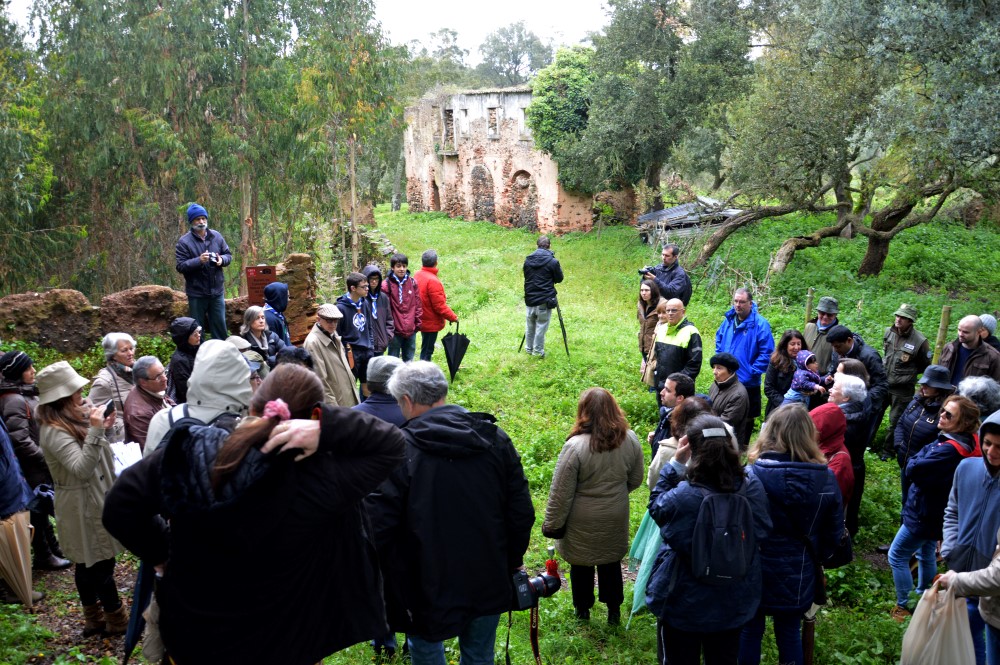 Is there a festival of classical sacred music, but one that combines flamenco and Alentejo sing, that takes participants to discover the cultural heritage of each land and puts them in contact with biodiversity and that even manages to put the United States ambassador of America with hoe in hand planting a cork oak? Yes, there is and it's called Festival Lands without Shadow.
Is there a festival of classical sacred music, but one that combines flamenco and Alentejo sing, that takes participants to discover the cultural heritage of each land and puts them in contact with biodiversity and that even manages to put the United States ambassador of America with hoe in hand planting a cork oak? Yes, there is and it's called Festival Lands without Shadow.
Just a few days away from another intense weekend dedicated to music and cultural and natural heritage, this time in Serpa, the Sul Informação shows you how was a previous journey of Terras sem Sombra, in Santiago do Cacém.
It all started on Saturday afternoon, March 25, with a guided tour of the city's heritage, crowned by the castle, which houses the cemetery inside, and by the parish church dedicated to Santiago Maior, where the evening was to take place. concert.
Guided by José António Falcão, art historian and general director of the festival, the group of over fifty people had the opportunity not only to discover more about the monuments and historical memories that the streets of Santiago do Cacém are filled with, but also the privilege of entering places that, because they are private, are normally closed to the public.
This was the case of the mansion in Conde Bracial square, still owned and inhabited by the family of this nobleman, an imposing mansion among the many that make up that important square.
Then the group split into three. the reporter from Sul Informação he was part of the group that was guided by the architect Ricardo Pereira, who revealed the beauty of the three rooms of this palace, lined with precious and rare wallpaper, dating from 1814, 1840 and 1880.
All this wallpaper was produced in France, at a time when each roll was handcrafted and printed with wooden molds, presenting a style “still Empire, but already with a romantic taste”.
And if wallpaper is commonplace today, back then, 200 years ago, it was something precious. In such a way that, as Ricardo Pereira explained, «of this series we will find some rolls in the Victoria and Albert Museum, In London". "In France, they are classified pieces," he added, referring to rolls of the same wallpaper that covers one of the rooms in the mansion in this small town in Alentejo.
«These are pieces that have been here for almost 200 years. It is necessary to know how to live with this decoration, which has been passed down from generation to generation of the family and has come to our days in a fantastic state of conservation», stressed Ricardo Pereira.
And if one of the rooms appears to be located in a lush forest, the next one shows the monuments of Paris on its walls. The most recent room, with papers dating from 1880, “reminiscent of D. Luiz's last office at Palácio da Ajuda”, stressed the guide.
The visit then went on to the Sociedade Harmonia, founded in 1840, to which, for example, the writer Manuel da Fonseca (who was born in Santiago do Cacém) was linked, but where, as one of the locals who participated in the tour recalled , «many people left their fortune on the gaming table». For many years, this was a club linked to the elite of the land, and money was played in its rooms, which was even one of the main sources of funding.
And if Swedish is still played there today, the times of the game have long since passed. In such a way that the old room where so many fortunes were lost now hosts computer training classes. In the hall, which was for the theater, but which housed the first cinema in the land, dances and parties are held today. There are two choral groups, piano lessons, ballroom dancing, fitness and yoga.
Following the streets, the group will pass by the old Casas da Comenda, which were the headquarters of the Order of Santiago and were even fortified, and which are now being restored by a young couple, who will make their family's home there.
Nearby, was the Judiaria, and you could still see the place where, at night, the gates were locked, closing the Jews in their ghetto. As José António Falcão recalled, during the day all the communities of Santiago do Cacém lived together normally, in their businesses and crafts, but during the night, no Jew could leave the ghetto, nor any Christian enter, under penalty of death.
Below, the young local artist Raquel Ventura showed the passage through a tunnel under a building, which was once a dark and dangerous place, avoided by the residents, but which today, thanks to an artistic intervention project, has completely changed its face.
Today, the walls of the well-lit tunnel are covered with paintings depicting local legends, characters from the land and neighboring streets, scenes from the countryside around Santiago. The painting of these murals resulted from a community project, which involved the neighbors in the tunnel both in the choice of themes and in the painting. And the result is that today no one is afraid to go there.
The group then went to the Municipal Museum of Santiago do Cacém, which is located in the former prison of the then town. His estate is mainly made up of ethnographic pieces, which portray facets of former life – the tailor, the seamstress, the bedroom, the barber – displayed in the former prison cells. In one of them, a cot on the floor shows how hard life was for former prisoners.
To end an intense afternoon of cultural tour, it was necessary to climb the Moinho da Cumeada, restored and functioning. The visit was accompanied by José Matias, «one of the greatest national and international authorities on mills», and also by Jorge Fonseca, the miller.
José Matias recalled the «milling culture of Santiago do Cacém», where, «until the mid-40s of the last century, 12 mills worked producing flour, wheat and corn, and husking rice».
The mill that the group visited has existed on that ridge overlooking Santiago since 1813 and operated until 1966. In 1970, the municipality bought it to turn it into a water deposit – “where a mill is already going to drown”, commented José Matias – but “fortunately this project never made progress”.
The City Council ended up restoring the mill in 1982, which has remained in operation, mostly for tourist and educational purposes, until today.
Recently, a new restoration was carried out on the mill, with the replacement of the mast and poles (the four old lateen sails were kept), with the placement of new rigging and the replacement of the floor in the milling room. The shaft has also been repaired.
The mill, José Matias also pointed out, has two doors, because «in that place, at the time the mill was built, there were two wind patterns: North/Northwest and South/East». And the entire mast and sail system was rotated to one side or the other, in order to take advantage of the best wind regime of the day.
The specialist also drew attention to the búzios, the pieces that adorn the poles, producing a characteristic sound, as if the windmill were singing. «They are called cowries, because before they were even used sea cowries, then they started to use gourds and now these are clay pieces, in the shape of gourds».
As for the candles, the millers had a special code according to the format they were given, to signify that there was no wind, that customers could already bring the cereal or that they were in mourning, among many other messages.
In the evening, it was time for the concert, in a crowded church in Santiago Maior. Among the audience was Professor Fernando Pádua, who was invited for being «a medical personality who personifies what the Festival Terras sem Sombra defends», the harmony with the experiences of Baixo Alentejo.
In a year in which the Festival even chose olive oil as a product to promote – in partnership with Cooperativa Agrícola de Beja e Brinches -, Fernando Pádua, founder of the Portuguese Cardiology Foundation, before the concert highlighted the need to «know how to live with health, taking advantage of life's good and artistic qualities».
The music was in charge of the Brentano String Quartert, american quartet Yale School of Music, who has been touring Europe, having performed in the biggest halls of capital cities such as Berlin, Madrid or London, but was captivated by the possibility of playing in a small town in Alentejo.
Presenting “Perpetual Movement – Around The Art of Fugue”, the quartet virtuously interpreted a beautiful program, but something difficult for the non-musical audience.
In the audience, in addition to Fernando Pádua, the concert also featured the US Business Inspector, the Alentejo regional director of Culture, among other personalities.
On Sunday morning, despite the rain, it was the turn of the volunteer activity dedicated to biodiversity. Under the direction of Pedro Rocha, regional director of the Institute for the Conservation of Nature and Forests (ICNF), the group of participants went to the former Convent of Nossa Senhora do Loreto, built in the mid-fifteenth century by two Spanish religious, on the shore. from the road to Santiago.
Today, little more than two or three walls remain, threatening ruin, wrapped in nettles and serving as a corral for goats.
José António Falcão recalled a little of the history of this Franciscan convent, built in a place that “guaranteed contact with nature”, with good water, fertile land and natural wealth to guarantee the subsistence of the 12 religious who lived there.
But Nossa Senhora do Loreto, he recalled, came to have an “important library” and functioned as a kind of high school, being, therefore, “an elite convent within the Franciscan territory”.
Located on the edge of the Camino de Santiago, which connected southern Portugal to the city of Compostela, the convent had a gatehouse to collect pilgrims. It is still located on the edge of the Rota Vicentina and the current recovered road to Santiago. To prove this, when the group listened to the guide's explanations and while the rain insisted on falling, a couple of hikers, with shells decorating their backpacks, passed by, like many other pilgrims over the centuries.
Taking into account the state of ruin of the Convent of Nossa Senhora do Loreto, it doesn't even seem that the monument and the land around it are State property, with the management handed over to ICNF…
Pedro Rocha, ICNF regional director, revealed that it is, in fact, «one of the rare public forest areas of the State in Portugal», important for its forest heritage, with particular emphasis on the cork oak.
"It is a relic landscape with cork oaks that are hundreds of years old, but they suffer from a problem, which is the need for renovation." And that was exactly what the group, which included the US chargé d'affaires (as ambassador) to Portugal, her young daughter and her husband, dedicated themselves to doing: planting cork oaks.
And because it is not enough to plant them, they must then be treated and ensured that they survive, namely by watering them, each family, including Ambassador Herro Mustafa's, was responsible for the future of each new cork oak.
And everyone named their trees. Herro Mustafa, who, although now a US diplomat, is a former Iraqi-born Kurdish refugee, chose the word “Compassion” for his cork oak. "We need compassion between peoples," said the ambassador.
"Gaia", "Rita", "Compostela", "Sapphire and the Future", "Italy", Wheat", "Freedom", "Conventual", "Teresa", "Hope", "São Francisco Xavier", "Pipa », are some of the other names chosen by the participants in the activity.
Even Professor Fernando Pádua, despite his nearly 90 years, helped to plant a cork oak, which he called «Saúde para Todos». «I am very proud of these trees that are here», said José António Falcão.
Just for the guests, some of them soaked and muddy, followed by a lunch at Herdade do Cebolal, owned by the Mota Capitão family, famous for its wines.
Isabel Mota Capitão, the hostess, recalled that the estate has gone through “five generations of wine producers”. Currently, the person in charge is his son, the young Luís Mota Capitão, who also spoke passionately about the work being done there.
The estate has 20 hectares of vineyards, divided between white and red varieties, and annually produces 80 thousand bottles of whites, reds and rosés. The production limit, to be reached with the investments that have been made, will be between 100 and 110 thousand bottles.
The hostess stressed that «all production is organic», in a commitment to «respect for the living heritage that we are going to leave to my grandchildren».
A large part of Herdade do Cebolal's wine production is sold in Portugal, with 20% being exported to countries like Germany or even the United States.
Explaining the reason for Terras sem Sombra coming to this winery, José António Falcão explained that “one of the festival's vocations is to show the true Alentejo, modern but very connected to its roots”.
And Herdade do Cebolal is in fact very linked to Terras sem Sombra, in such a way that it will soon launch 3000 bottles of a special wine called «Zeda», dedicated precisely to the recently deceased Italian conductor Alberto Zeda. The conductor, who, at the age of 89, was the oldest working in the world, was one of the guests at the 2016 edition of the festival and went to lunch at the estate. The conversation was so good that the winemaker Luís Mota Capitão asked him if he could make a wine to honor him, to which the musician happily agreed.
Conductor Alberto Zeda «had the opportunity to taste the wine before he died», but unfortunately he will no longer attend its launch. However, as the young winemaker underlined, “he went to heaven more comforted”.
After all these stories, the reader is certainly convinced that the Festival Terras sem Sombra is, in fact, a different initiative, with a very unique character.
On Saturday, May 6th, Serpa will be the next town in Baixo Alentejo to receive Terras sem Sombra, after Almodôvar, Odemira, Santiago do Cacém and Castro Verde. An open door to discover the left bank of the Guadiana, which was only definitively integrated into Portugal in the time of D. Dinis.
The festival defends a program of excellence in the area of sacred music and has taken to heart unveiling the stories of palaces, churches and other monuments in the villages, establishing bridges between the immaterial and material heritage.
Carrying out voluntary actions to safeguard biodiversity is another of its hallmarks.
All concerts take place in churches restored over the last few years, but Serpa will be the exception: the show will take place in the city's main square, on the 6th, at 21 pm.
Saturday afternoon is devoted to a visit to the historic center of Serpa, which begins at 14:30 pm, next to the Town Hall, and will focus on the palace of the Marqueses de Ficalho.
In the evening, Serpa's main square, a short distance from the old Porta de Sevilla, hosts the concert. The flamenco in its pure dimension arrives in Alentejo through one of the most beautiful and expressive voices today, that of cantaora Esperanza Fernández, accompanied by the great guitarist Miguel Ángel Cortés and, on percussion, by other references in Andalusian music: Jorge Pérez “El Cubano”, Dani Bonilla and Miguel Junior.
Deeply religious themes, such as the Agnus Dei, o Kyrie or God's Lamb, poured into the popular liturgy in rhythms of solea, petenera ou siguriya, alternate with others inspired by José Saramago, to whom the cantaora Sevillian from the Triana neighborhood dedicated an album entitled My voice in your word.
On Sunday morning, departing Serpa at 10:00 am, Serra de Ficalho will be the target of an action to safeguard biodiversity that has as its center the traditional olive grove.
Departing from Vila Verde de Ficalho, there will be a journey to discover the borderland territory in its geological, biological and rich olive-growing traditions.
All these activities – cultural visit, concert and volunteering for biodiversity initiative – are free and do not require registration.
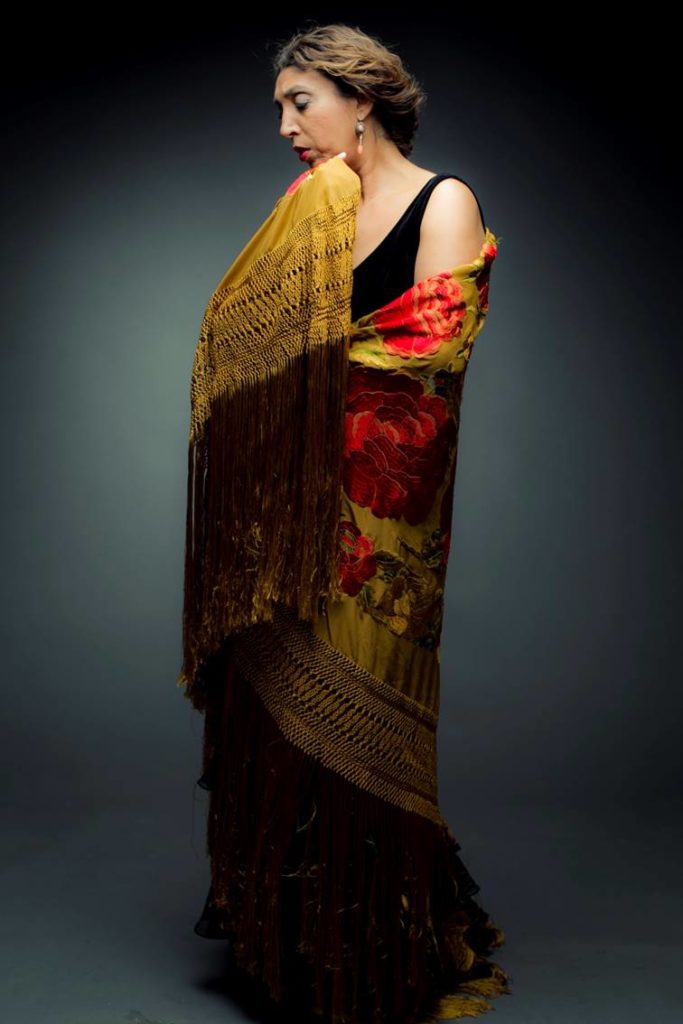
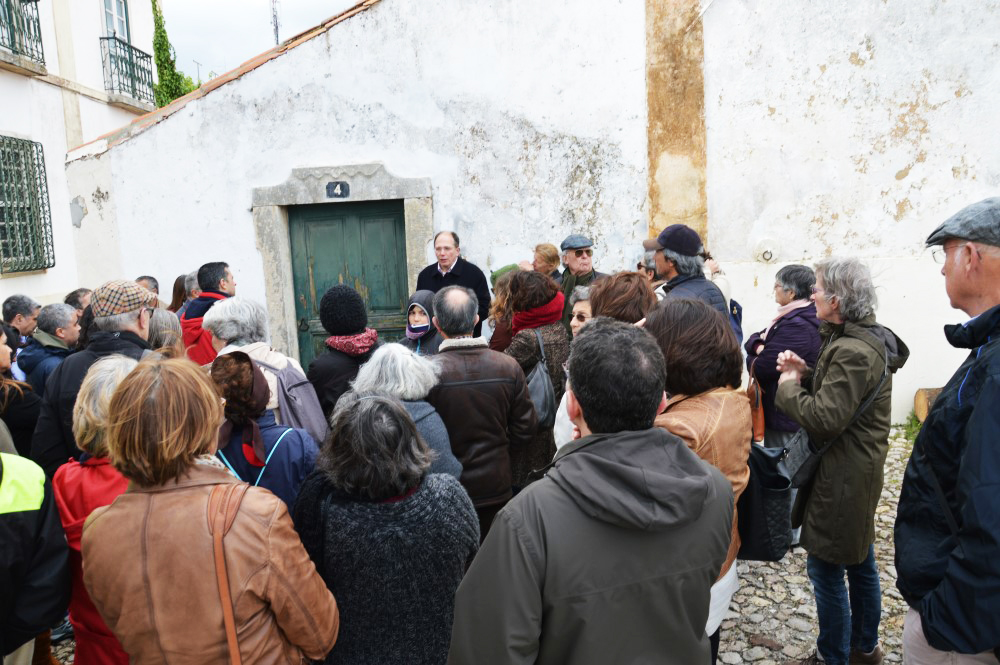
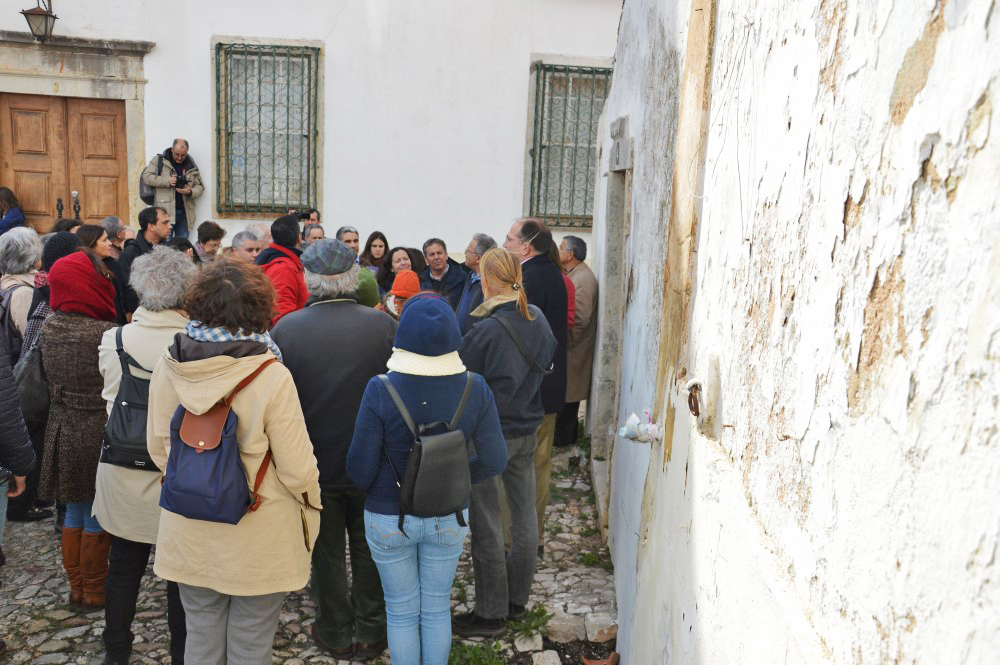
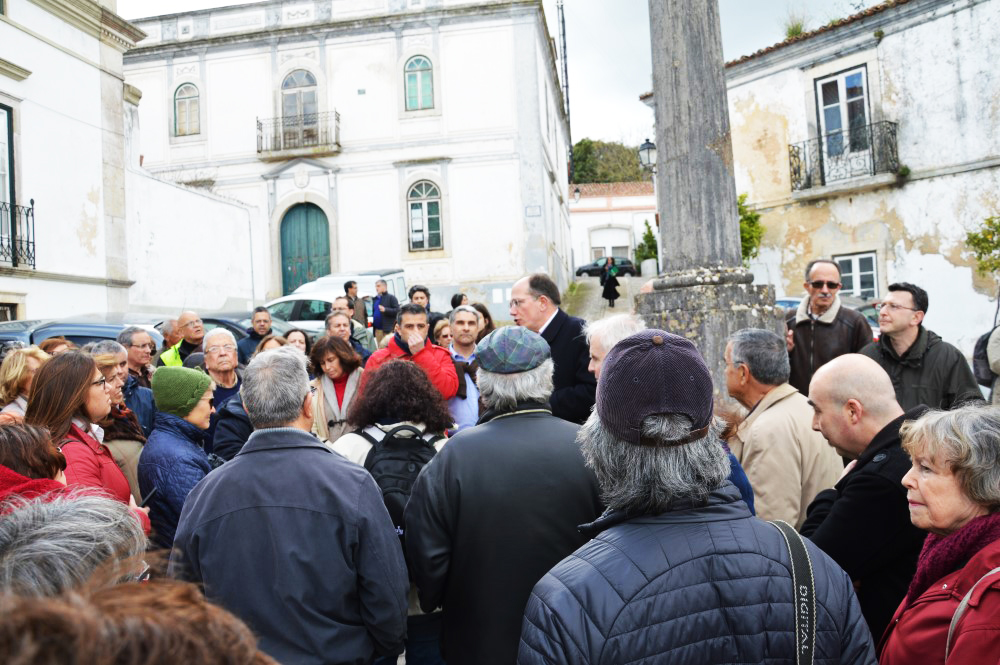
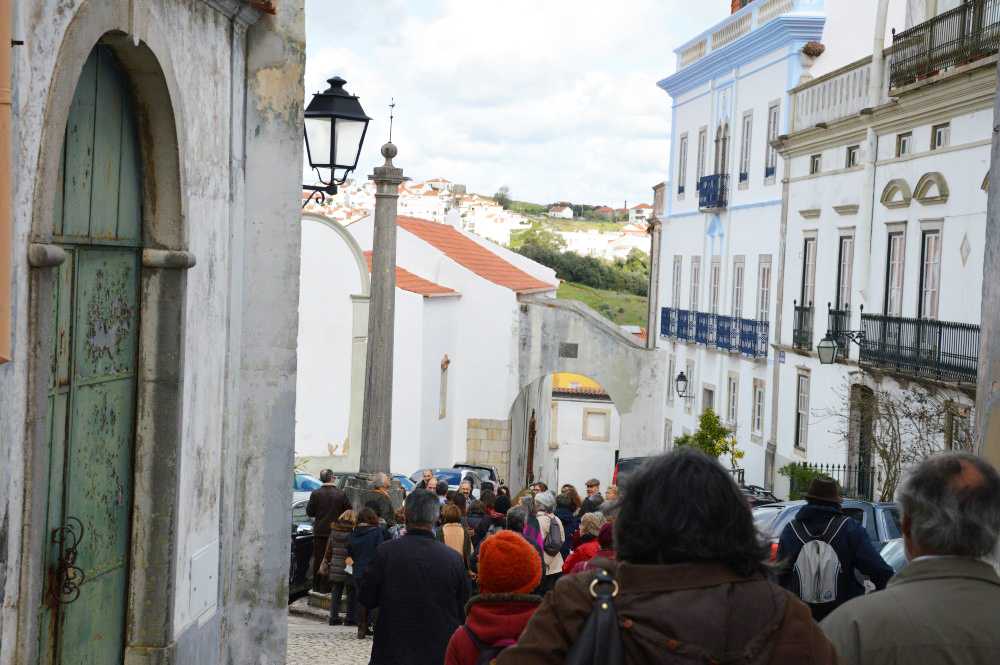
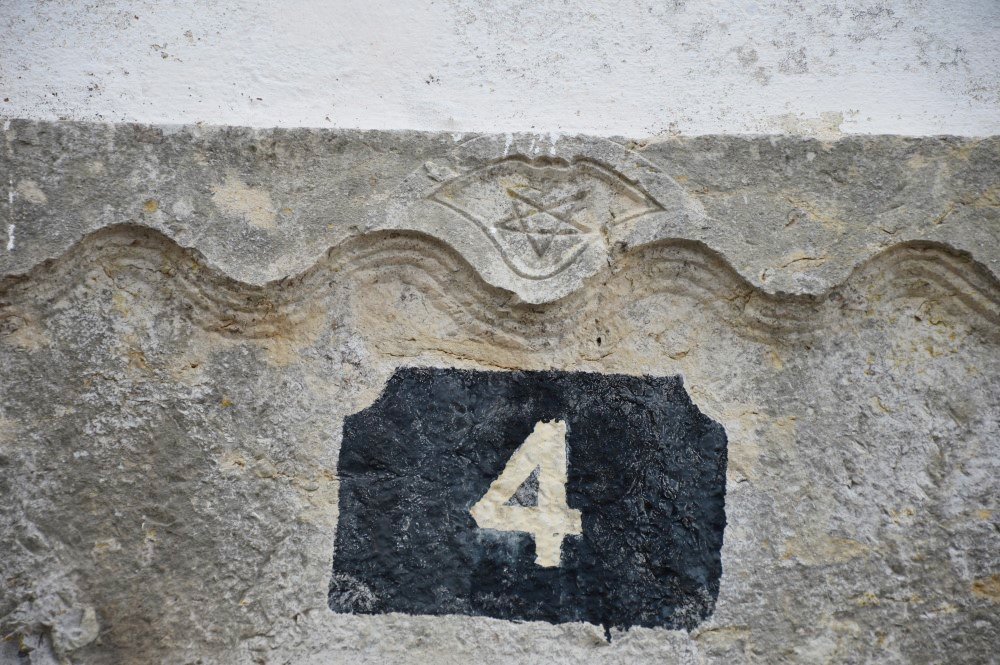
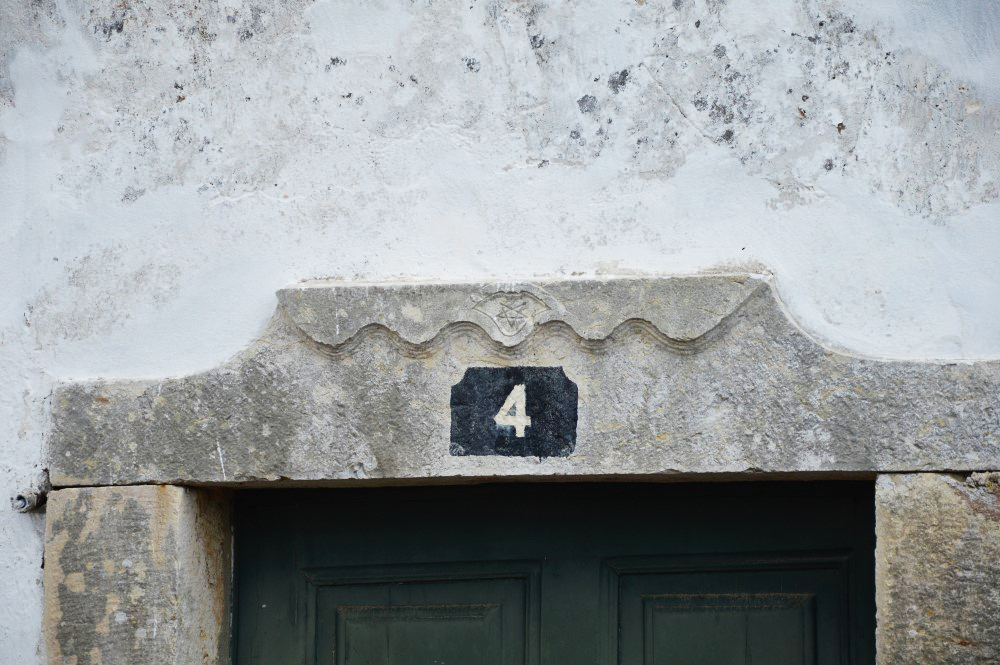
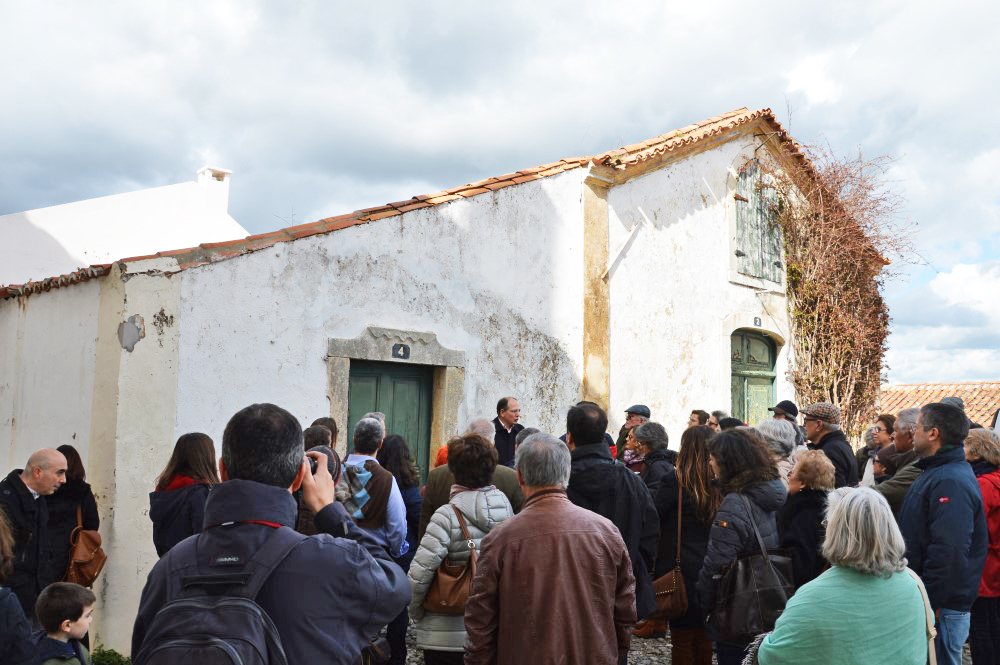
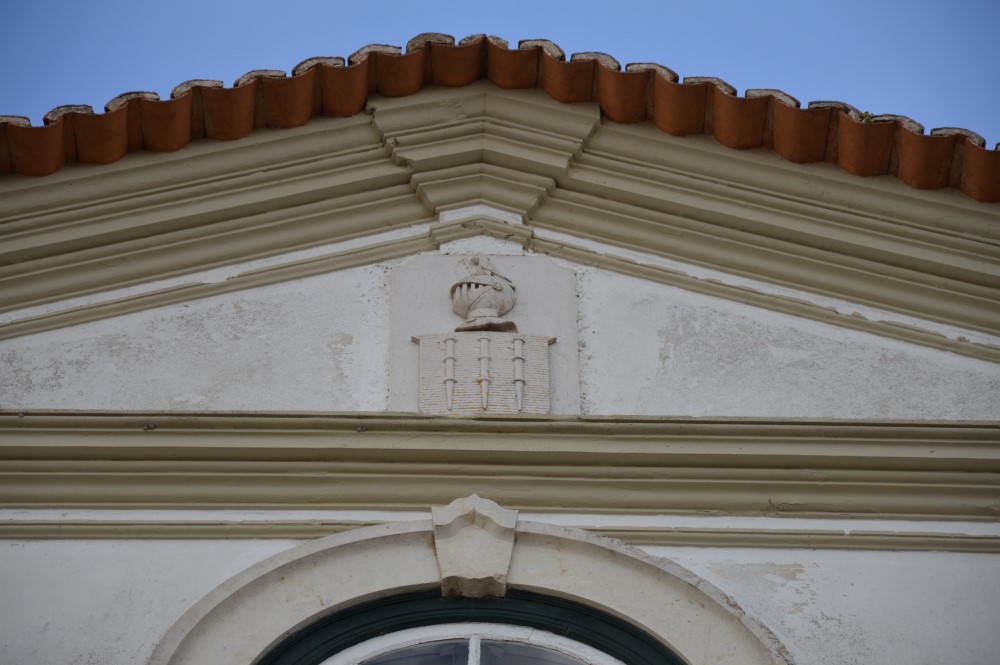
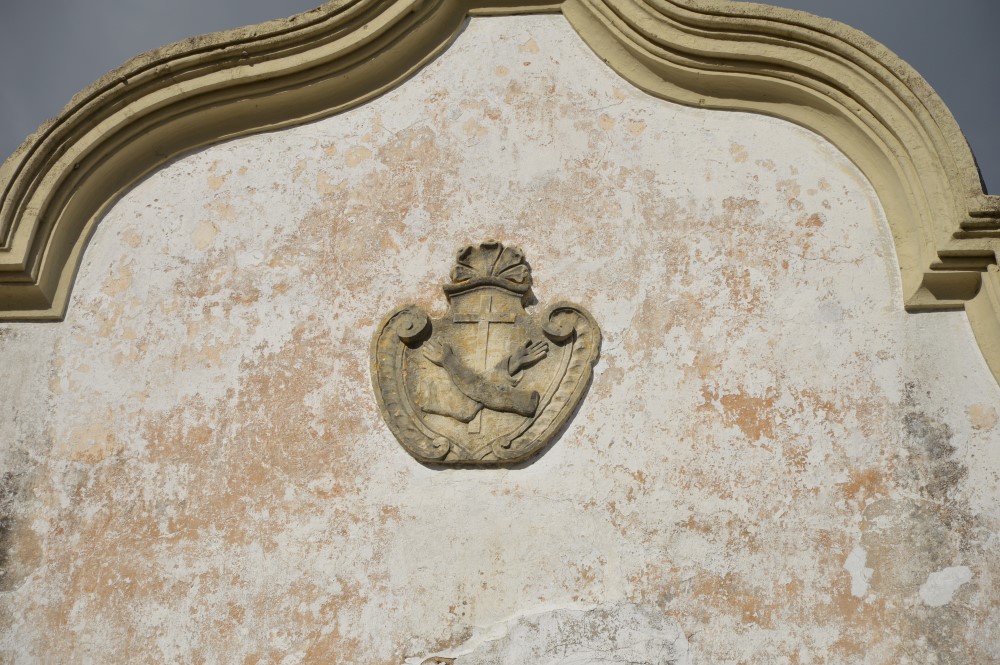
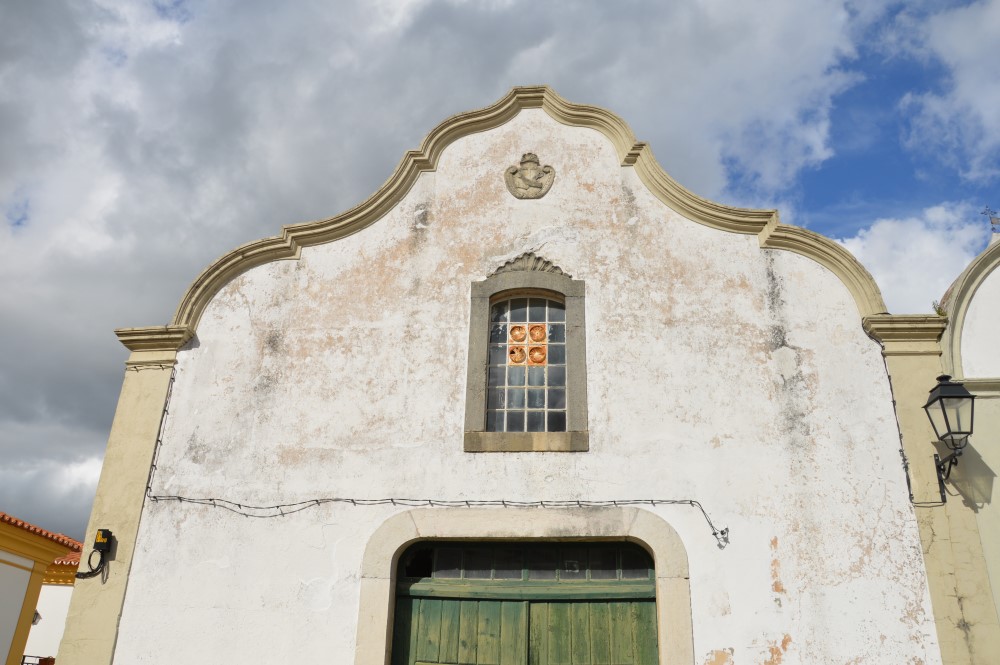
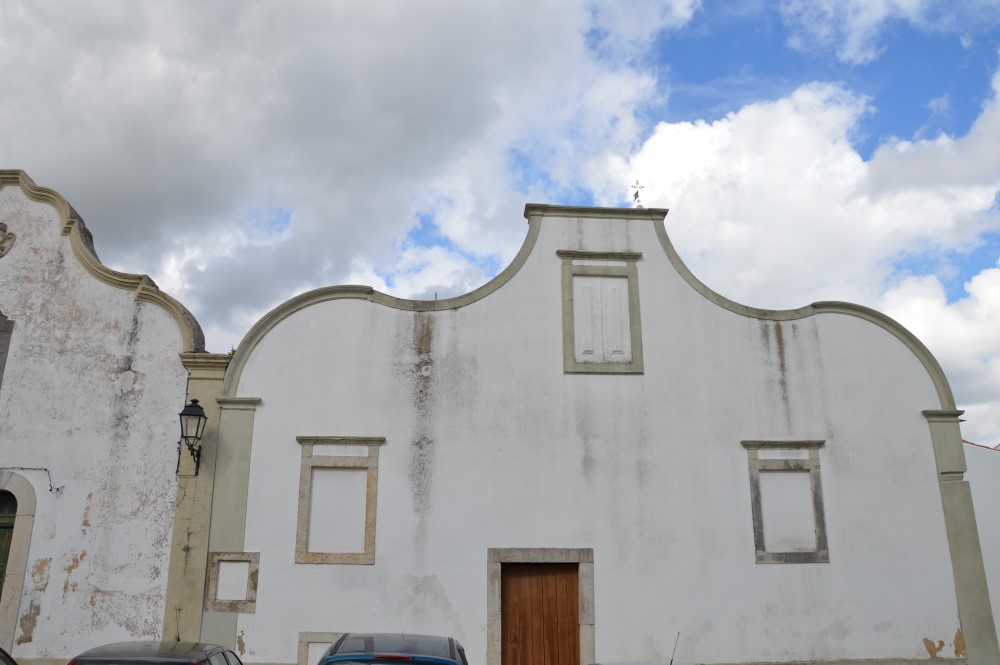

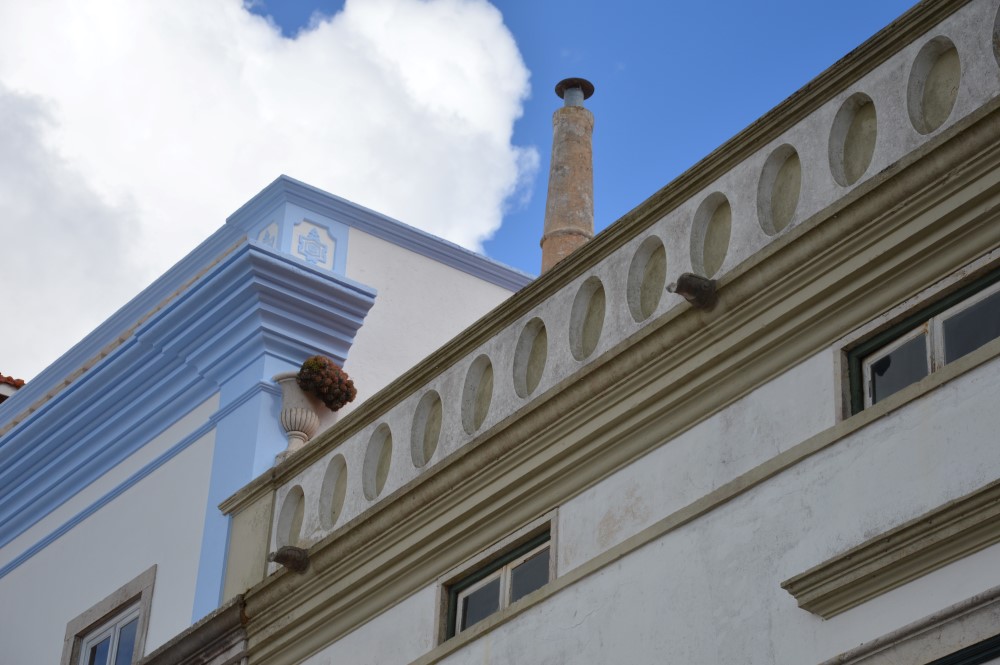
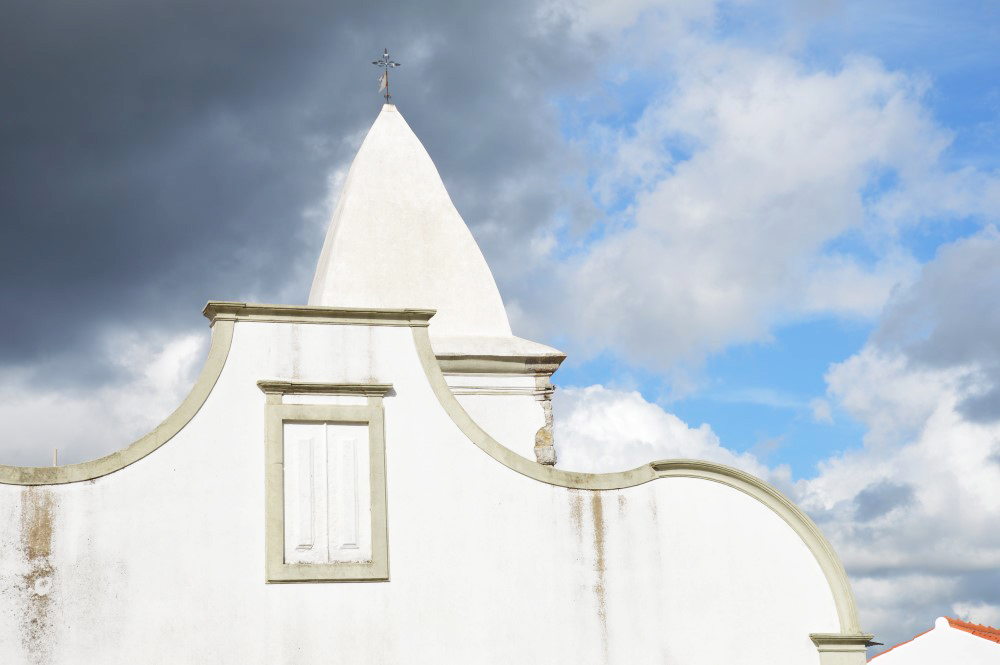
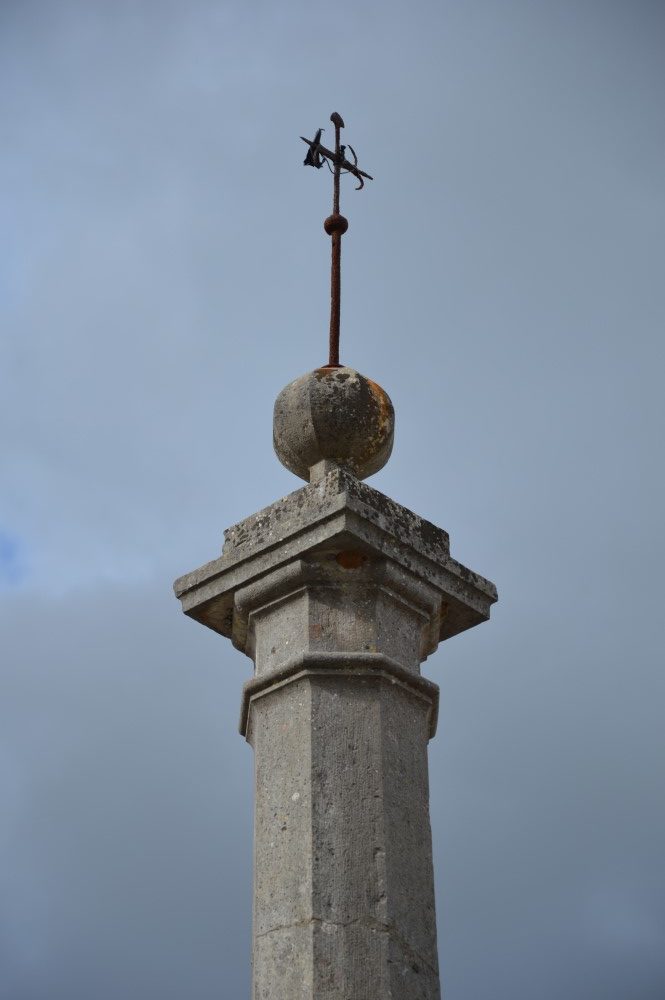
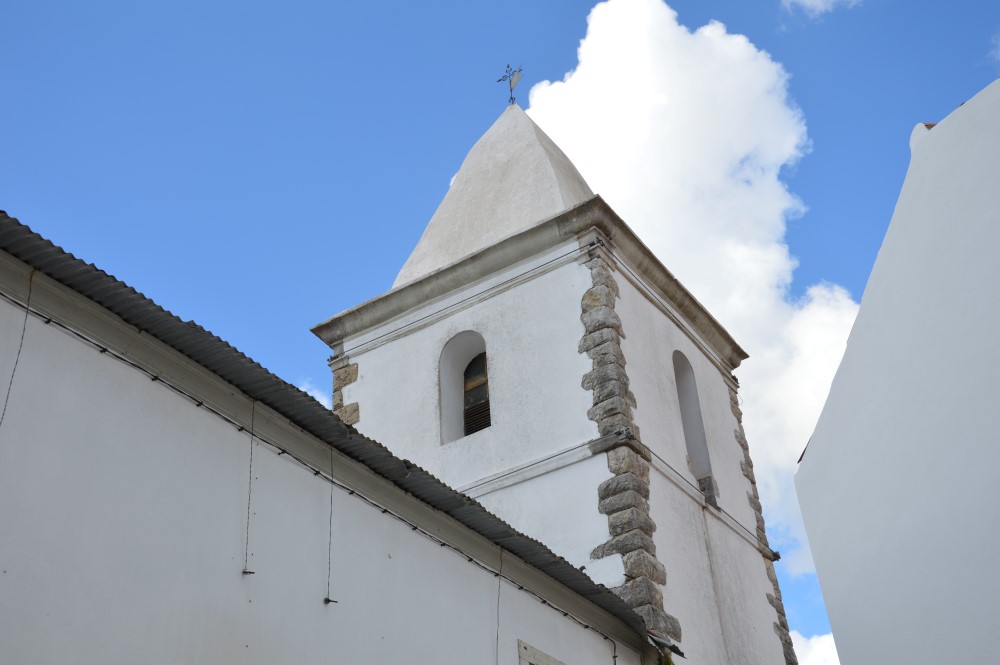
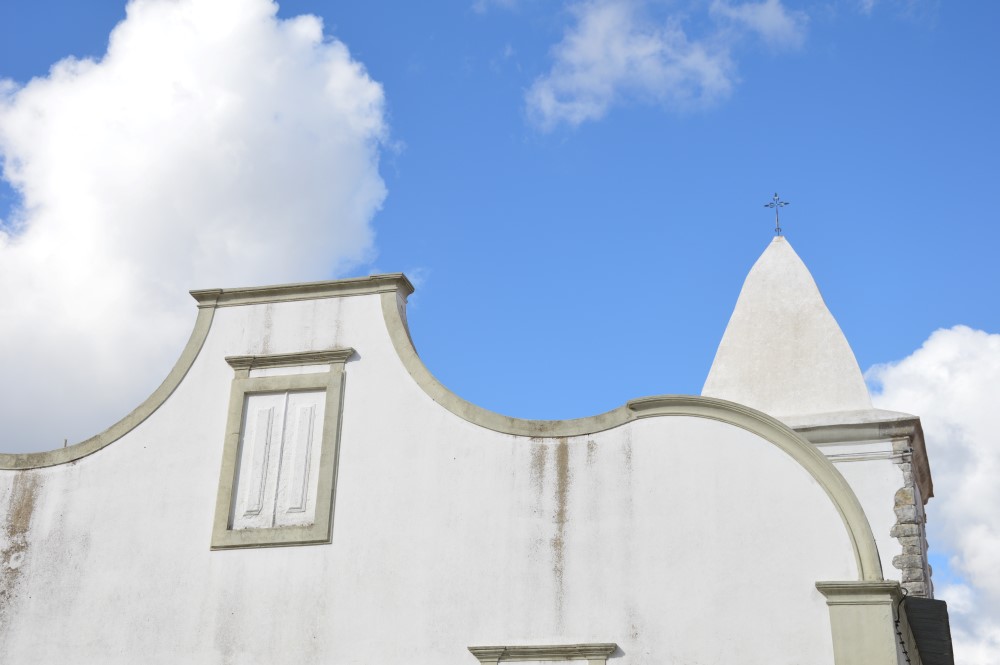
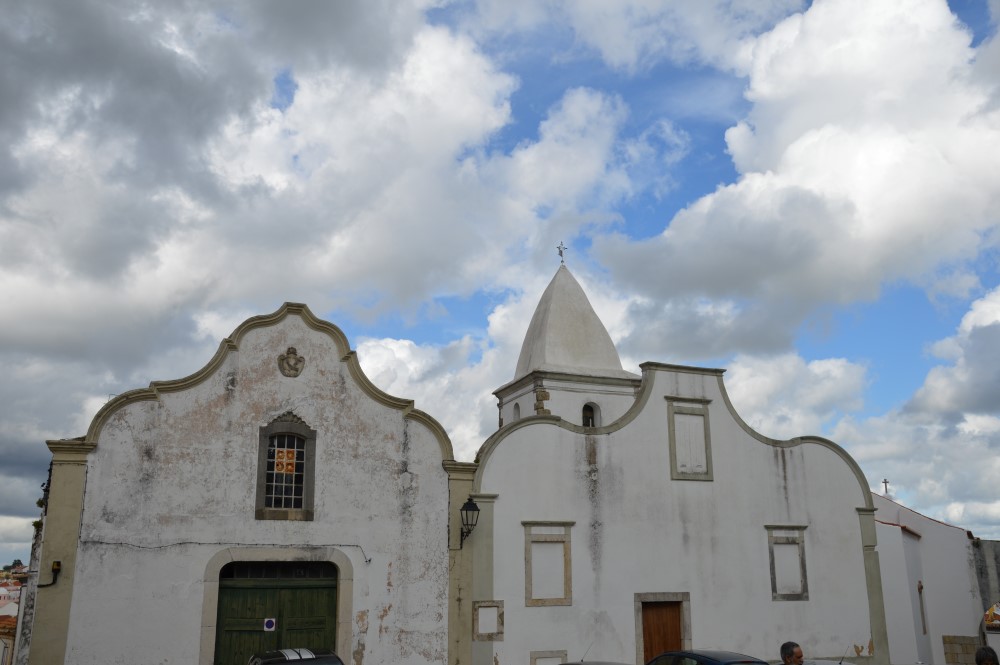
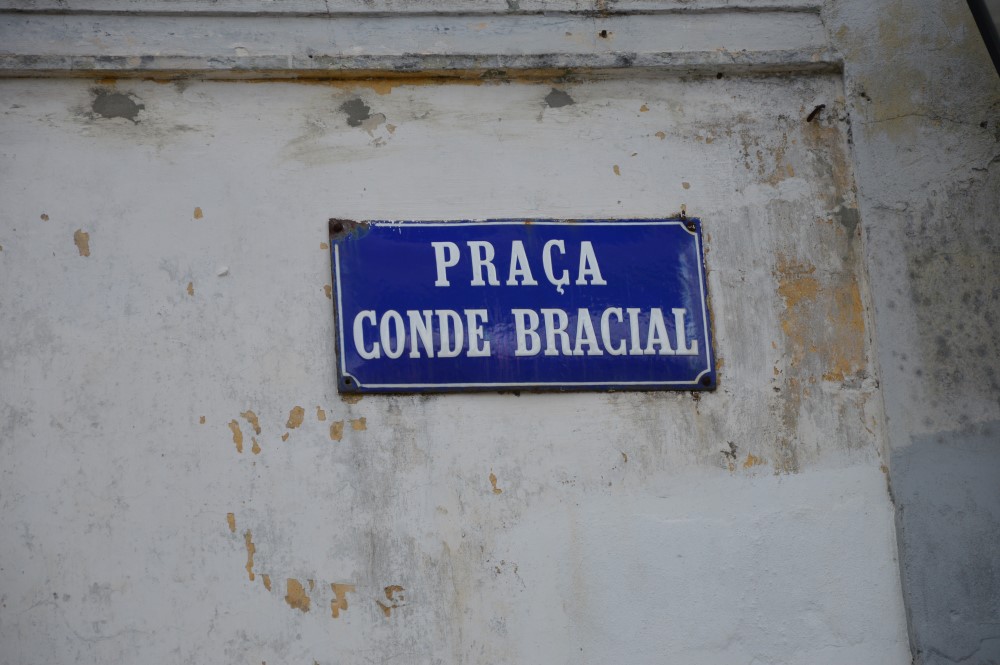
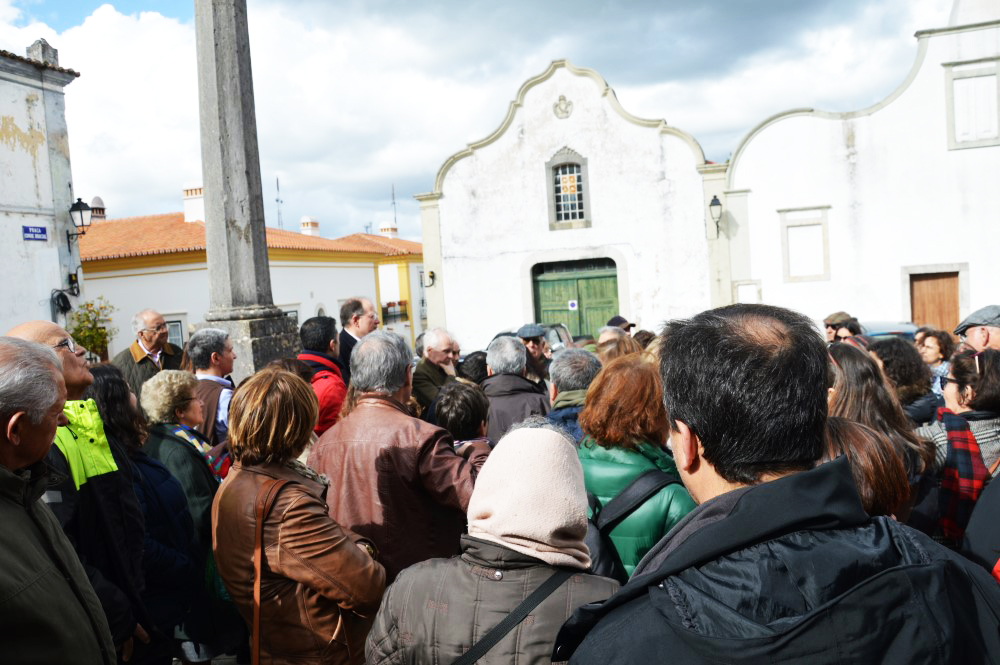
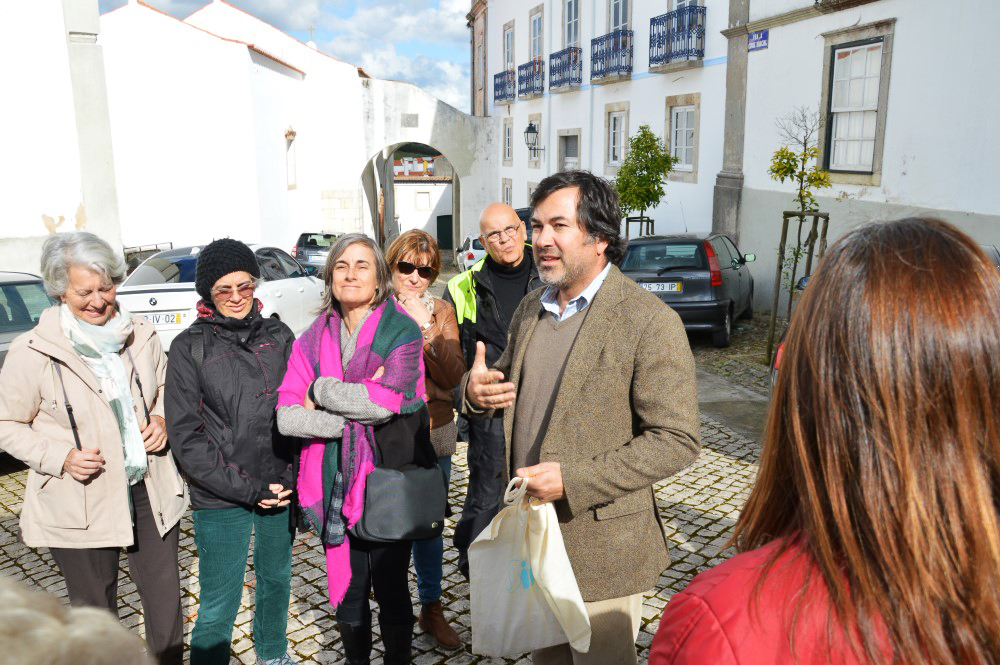
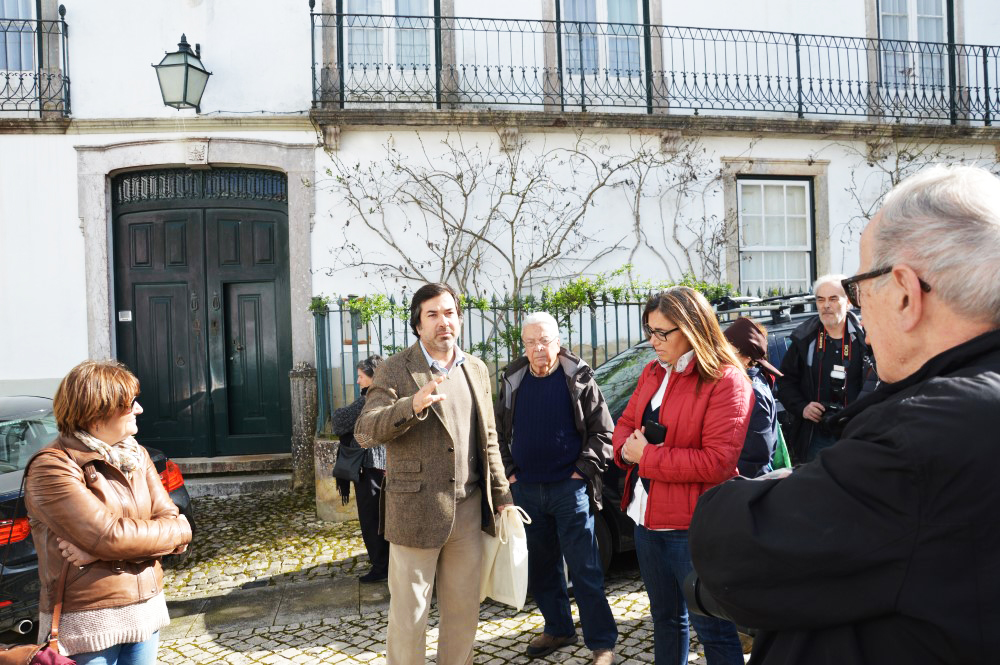
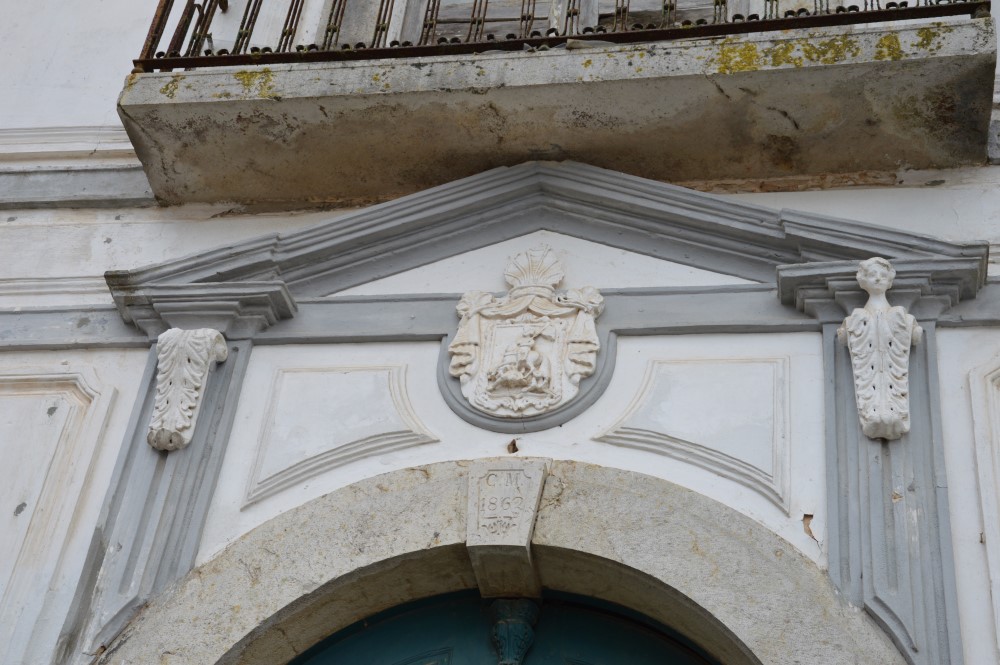
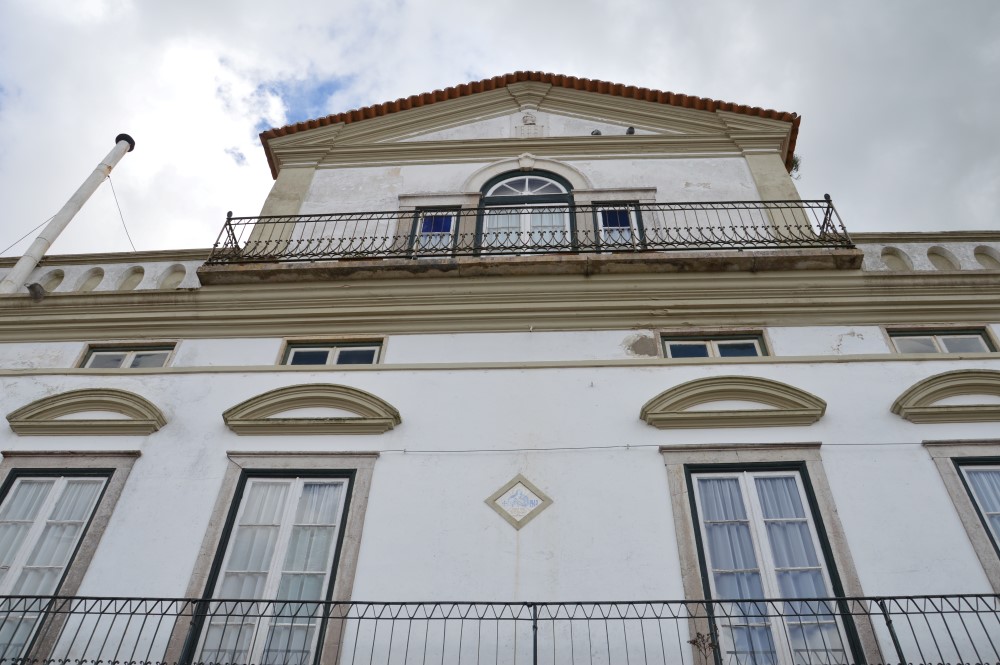
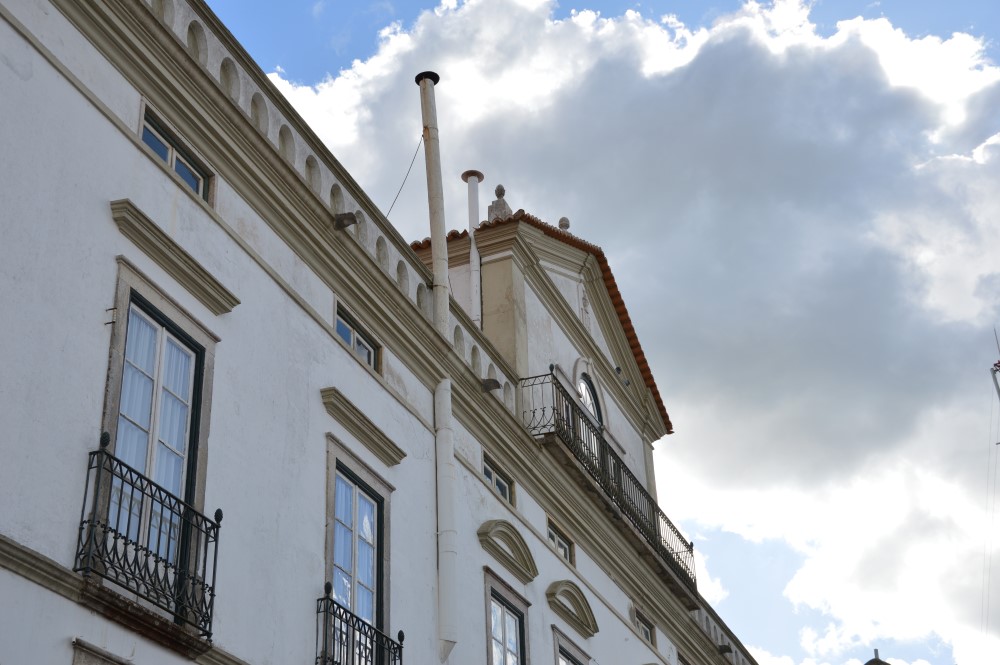
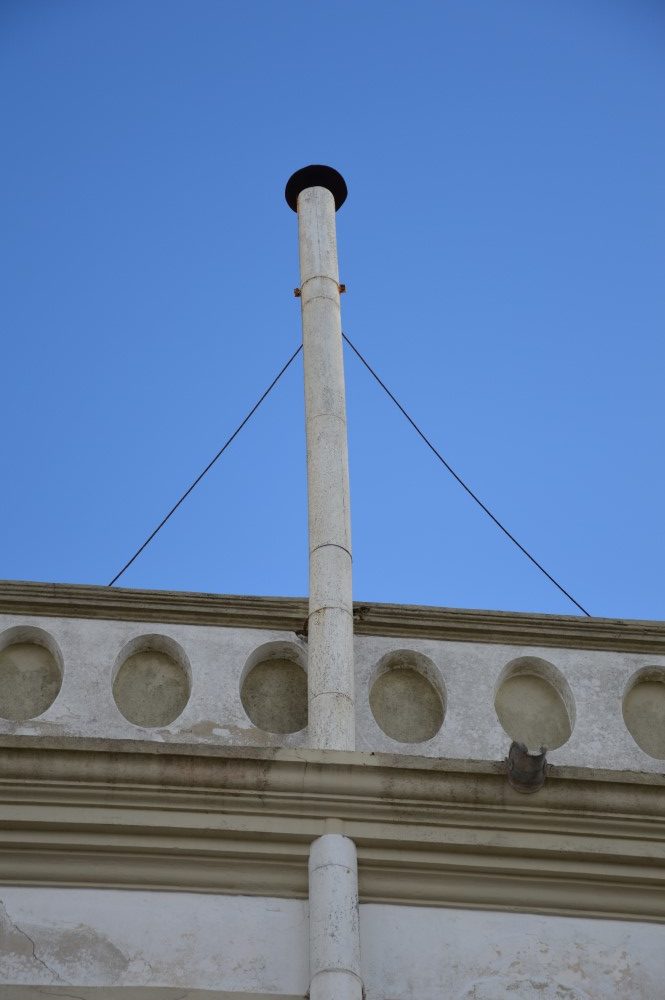
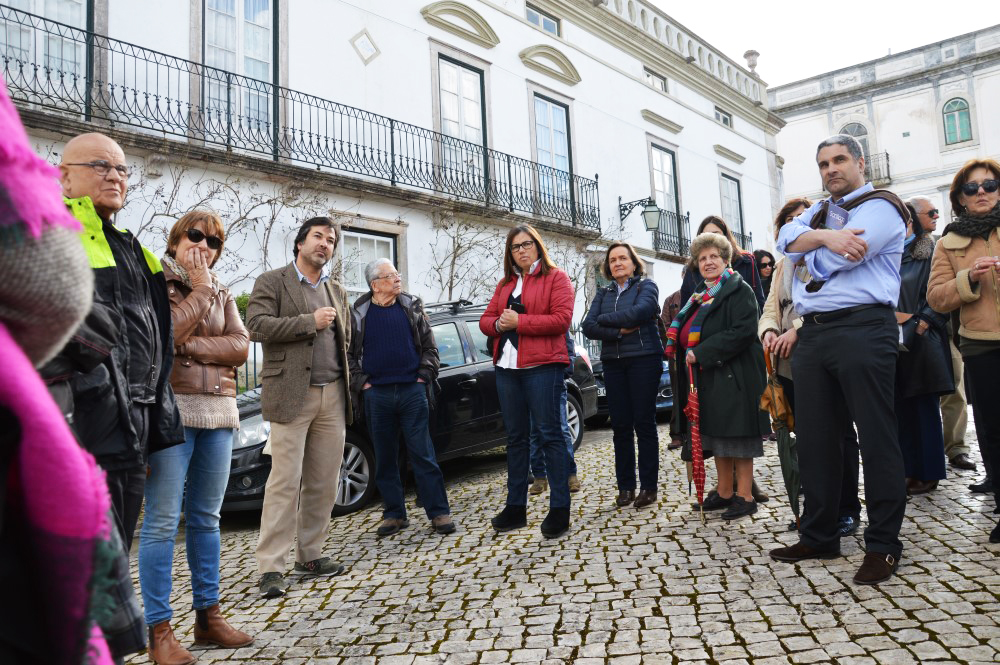
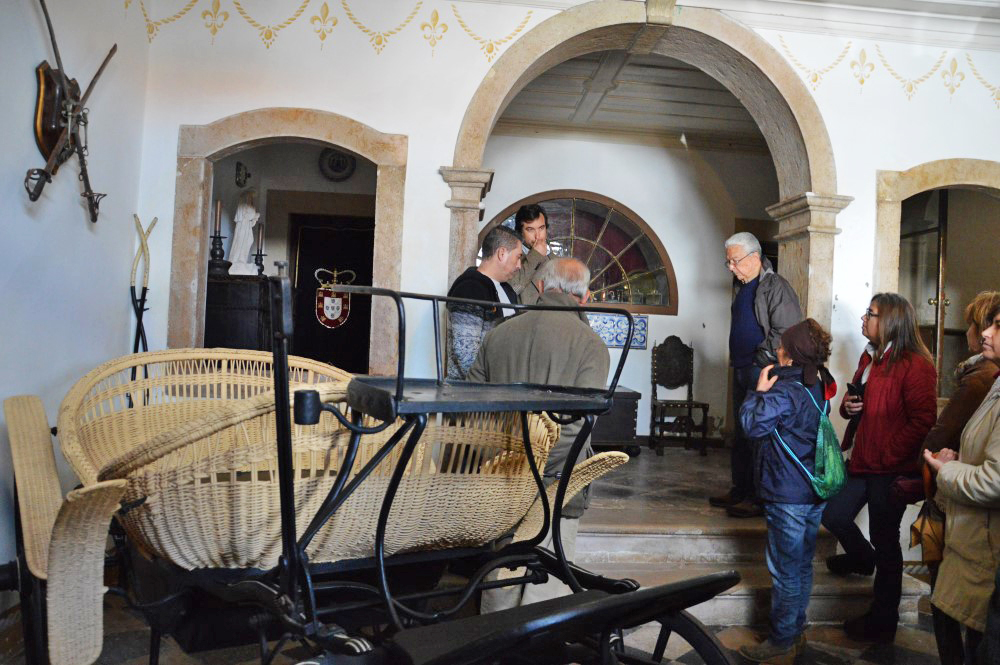
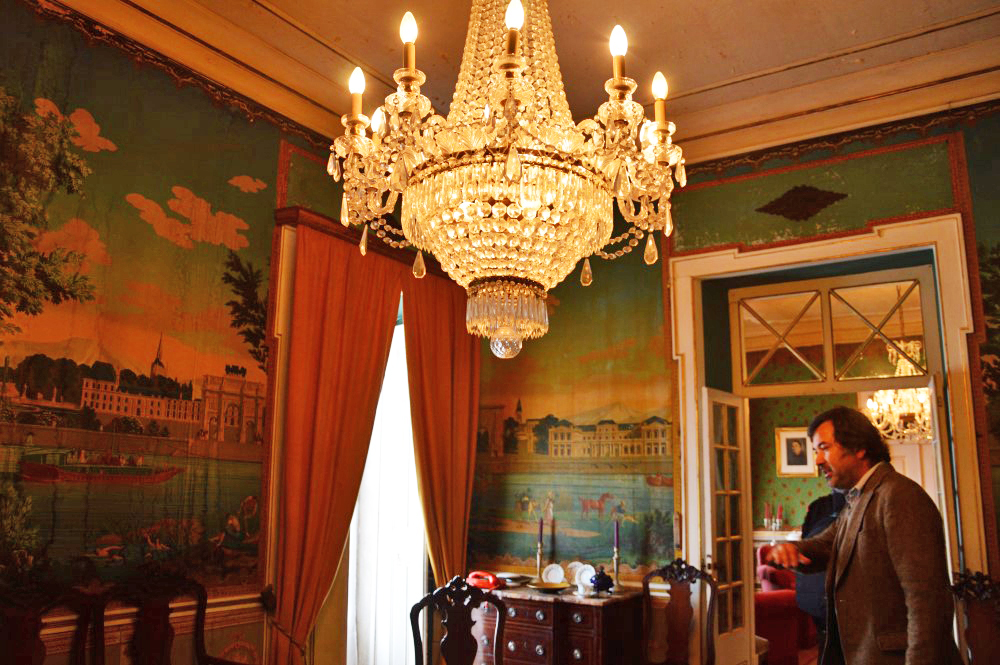
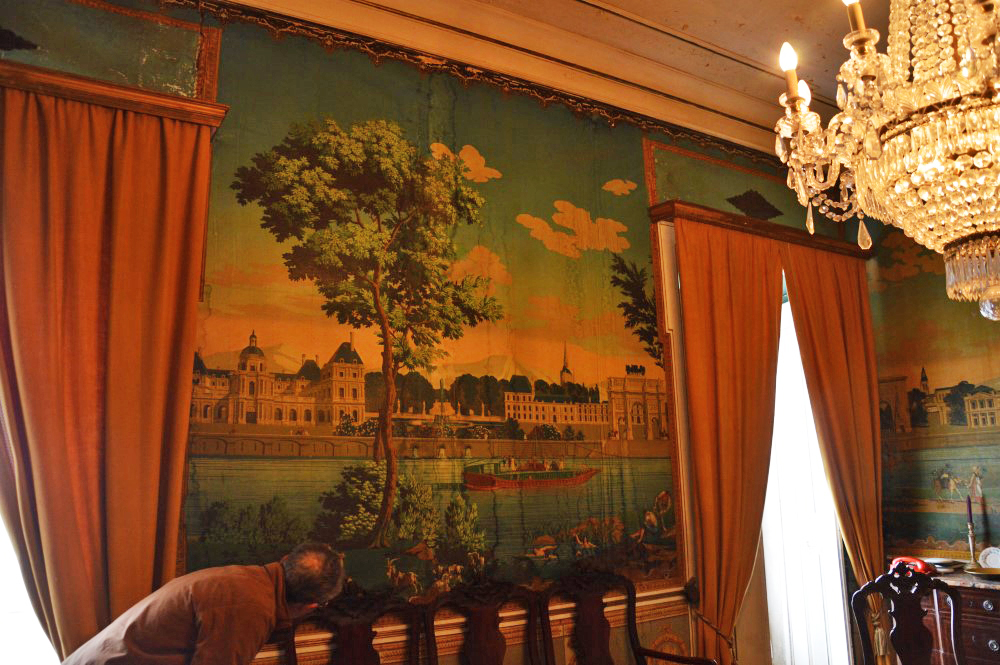
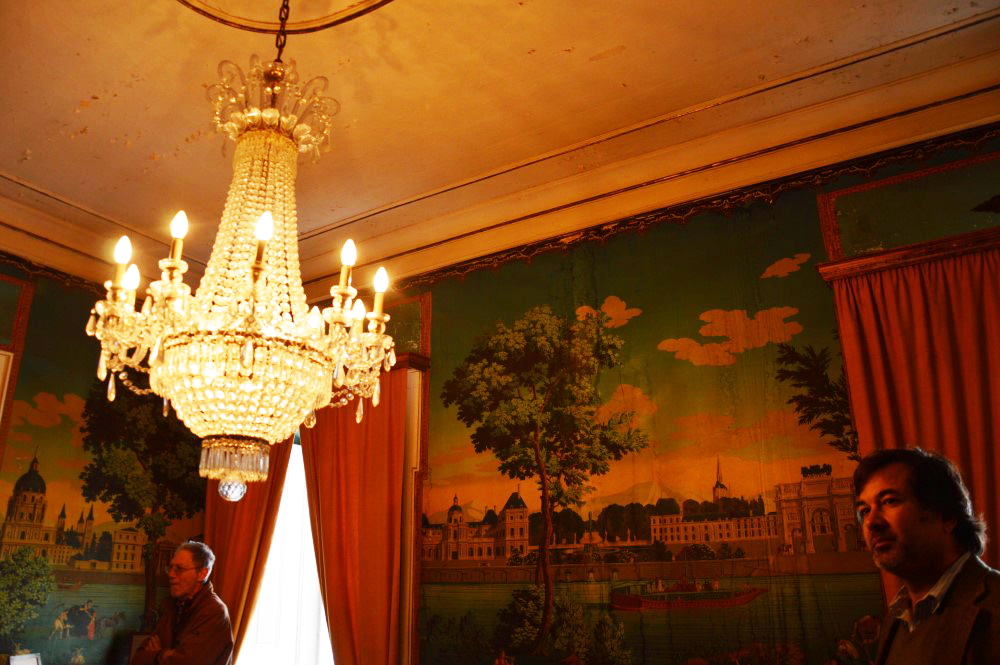
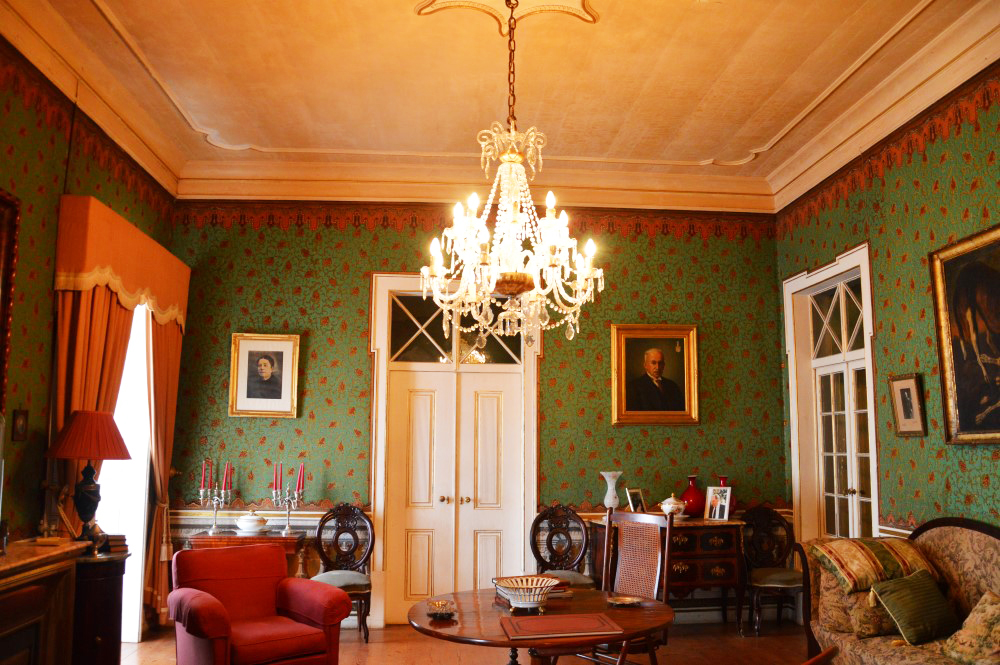
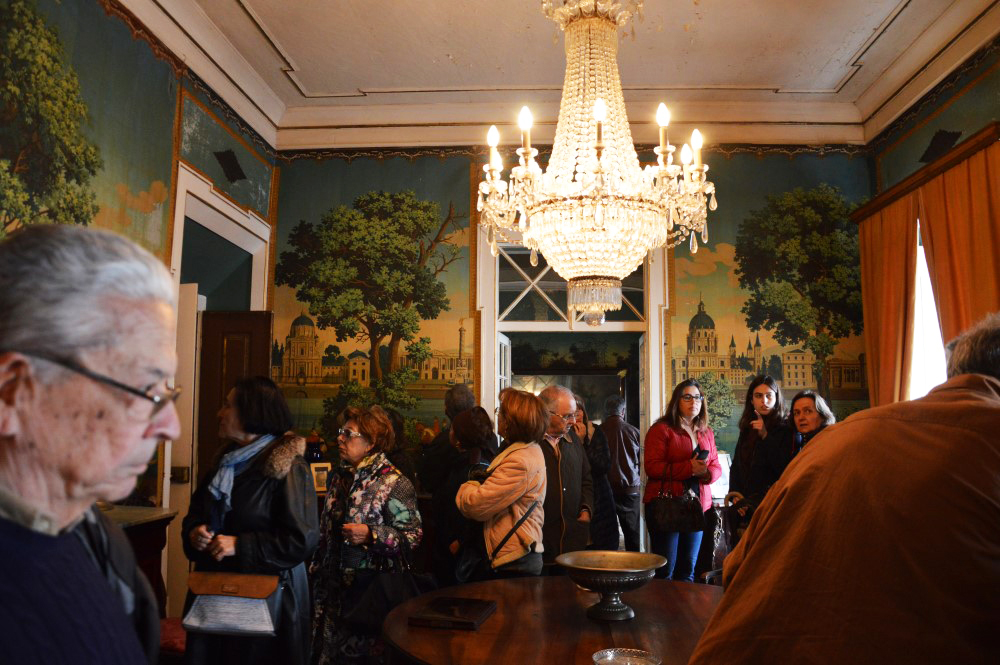
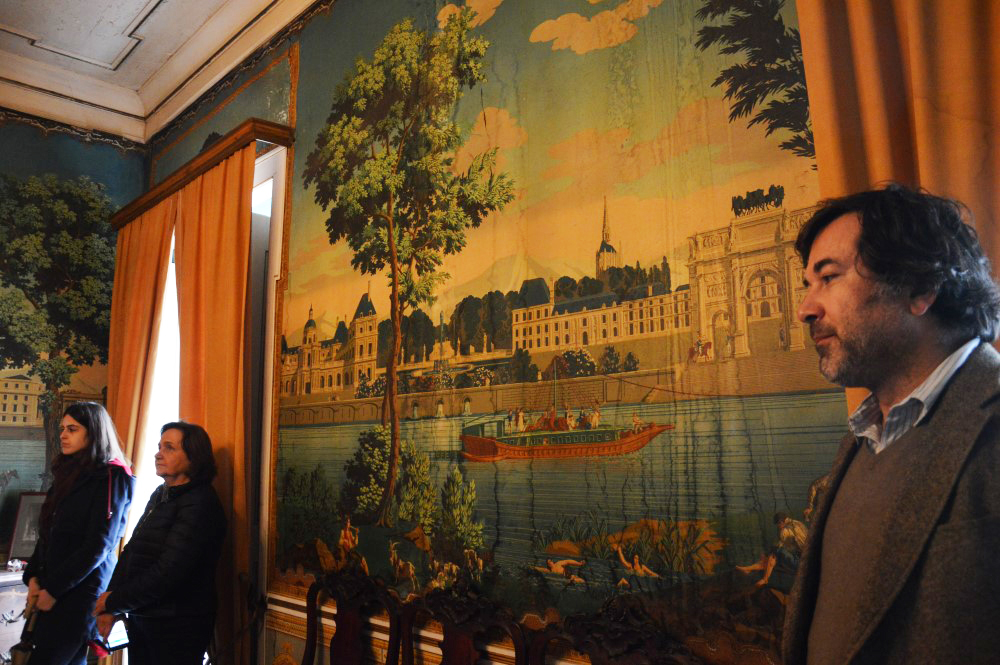
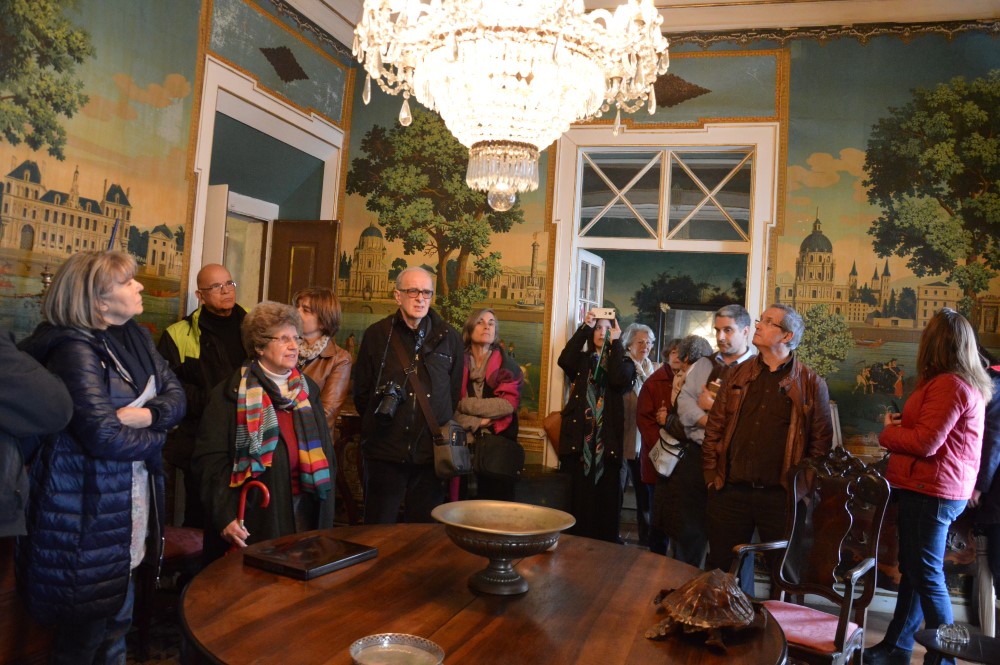
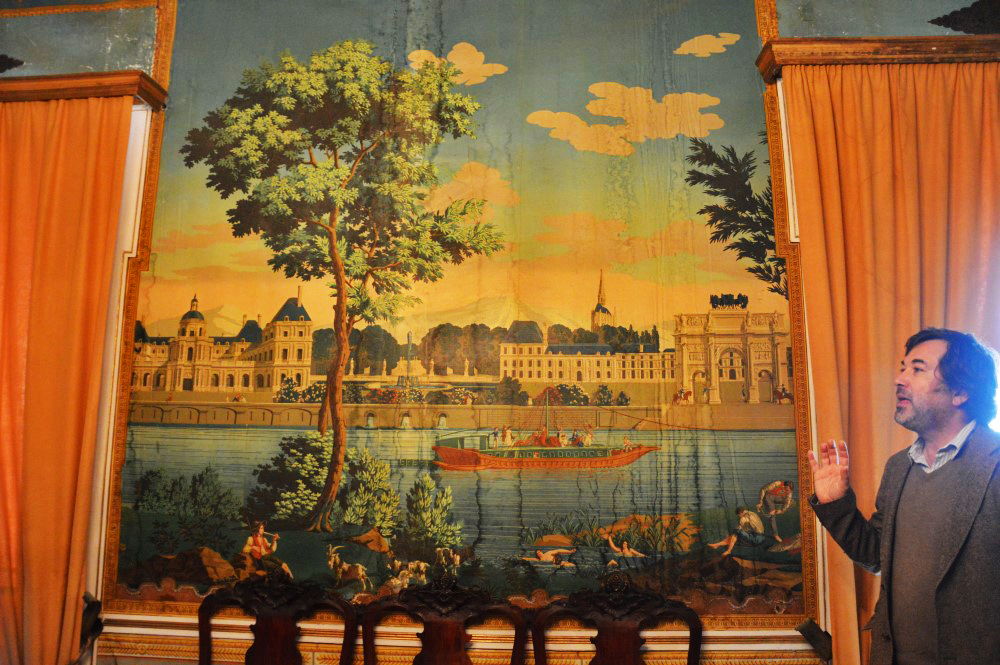
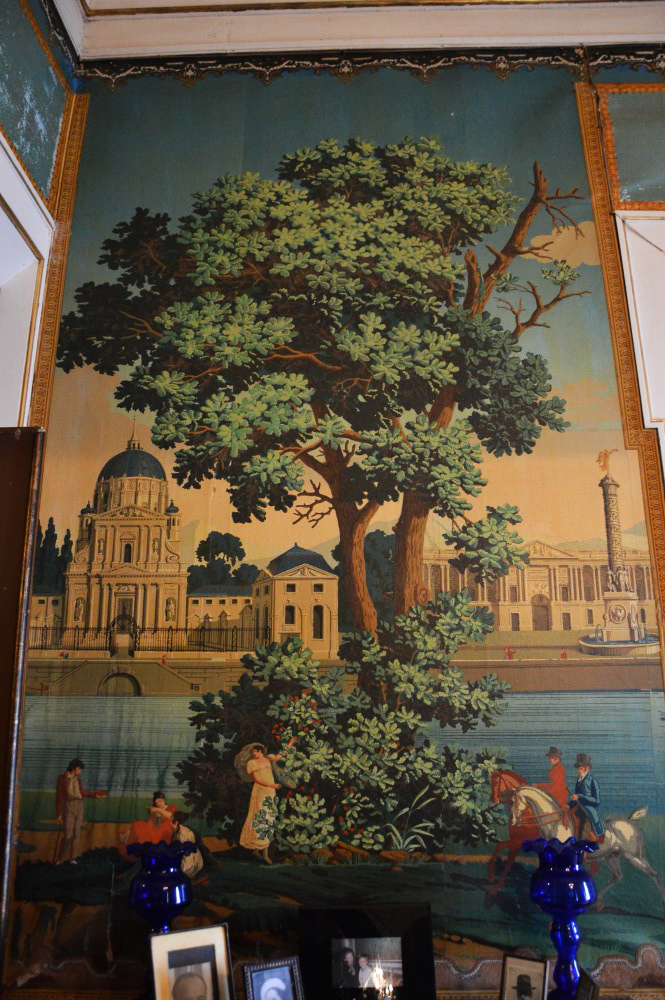
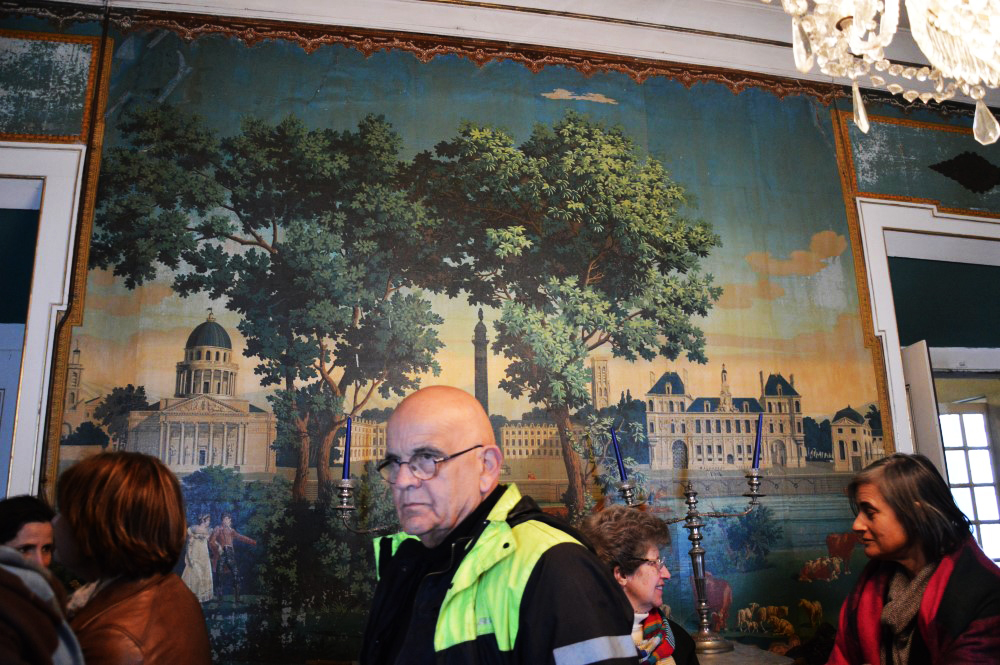
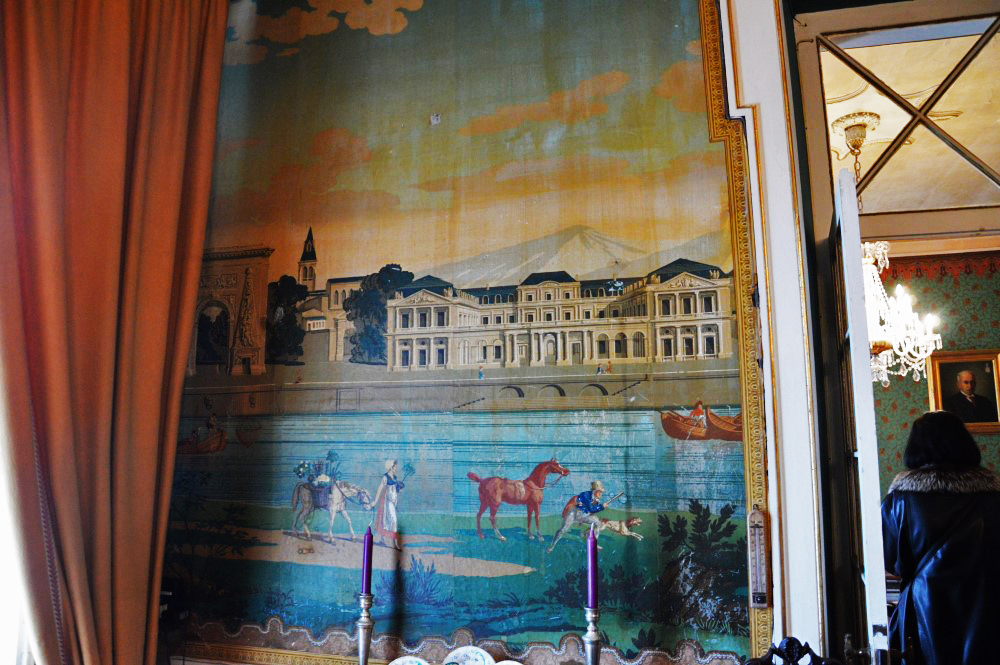
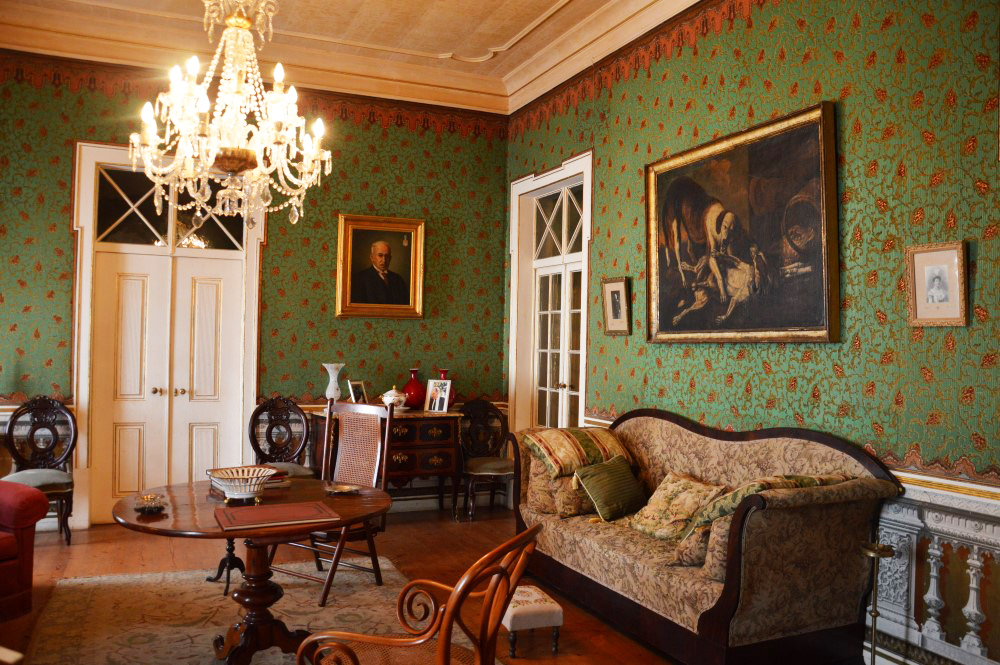
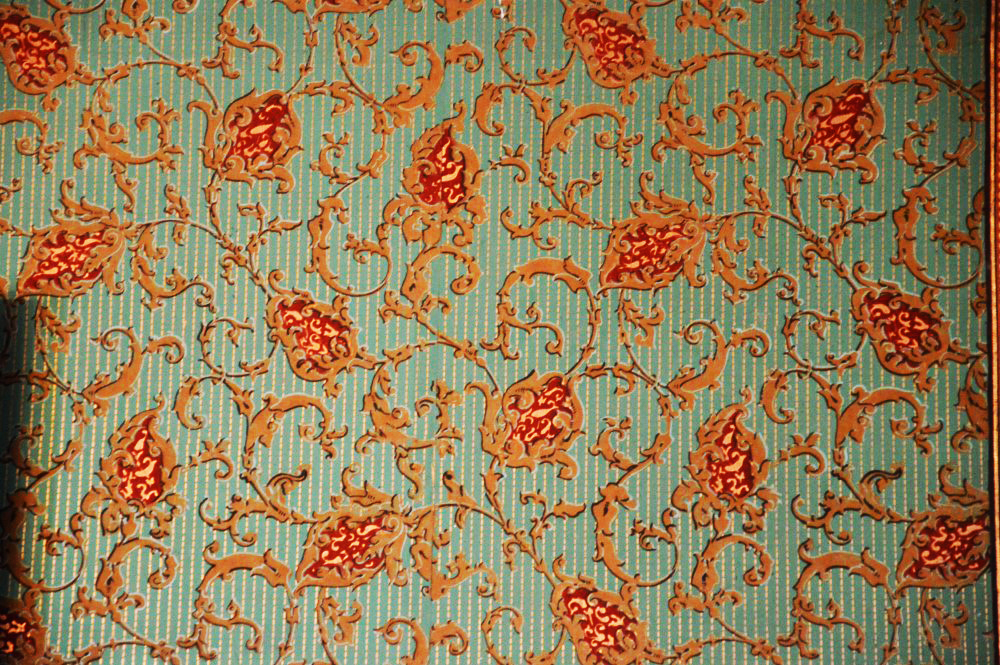
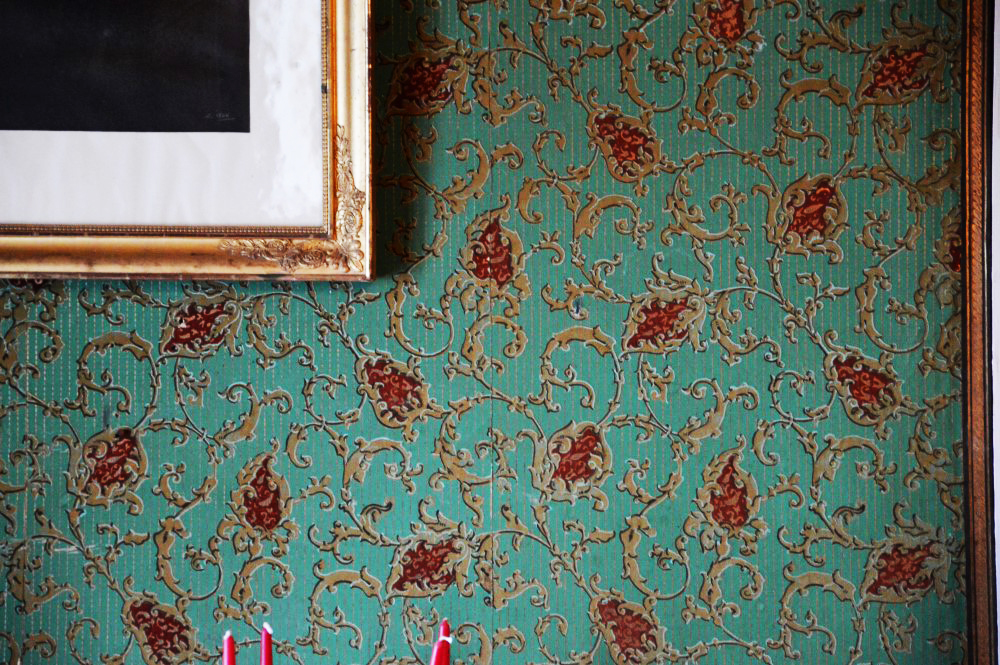
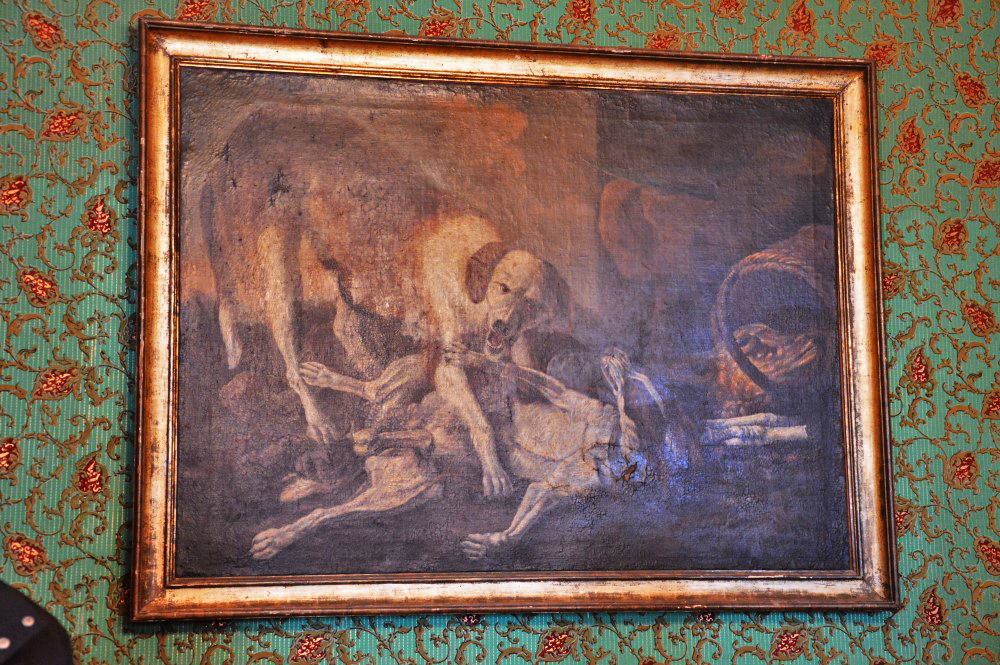
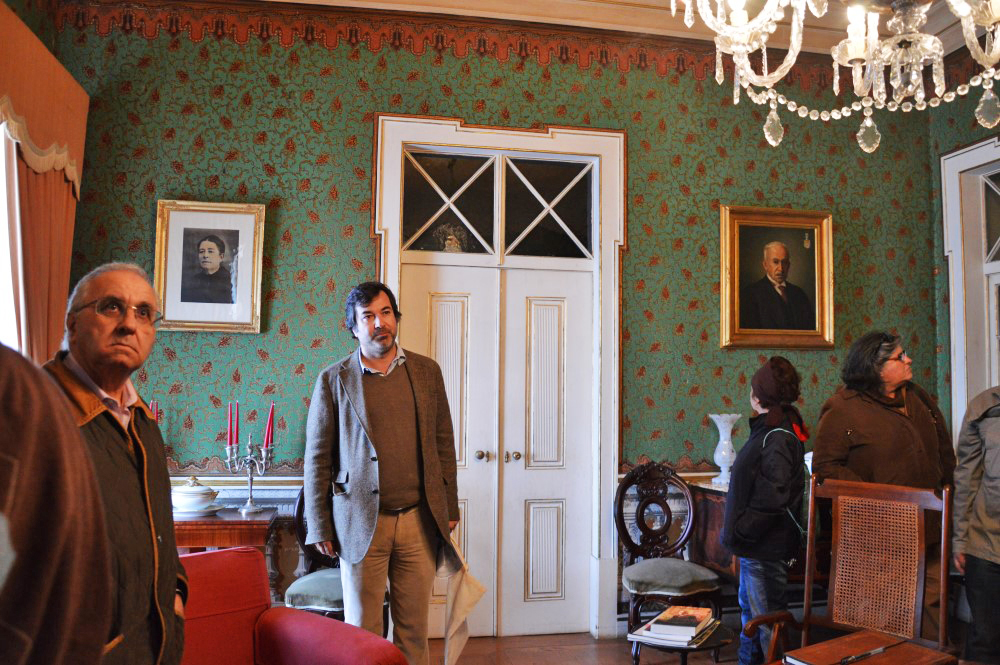
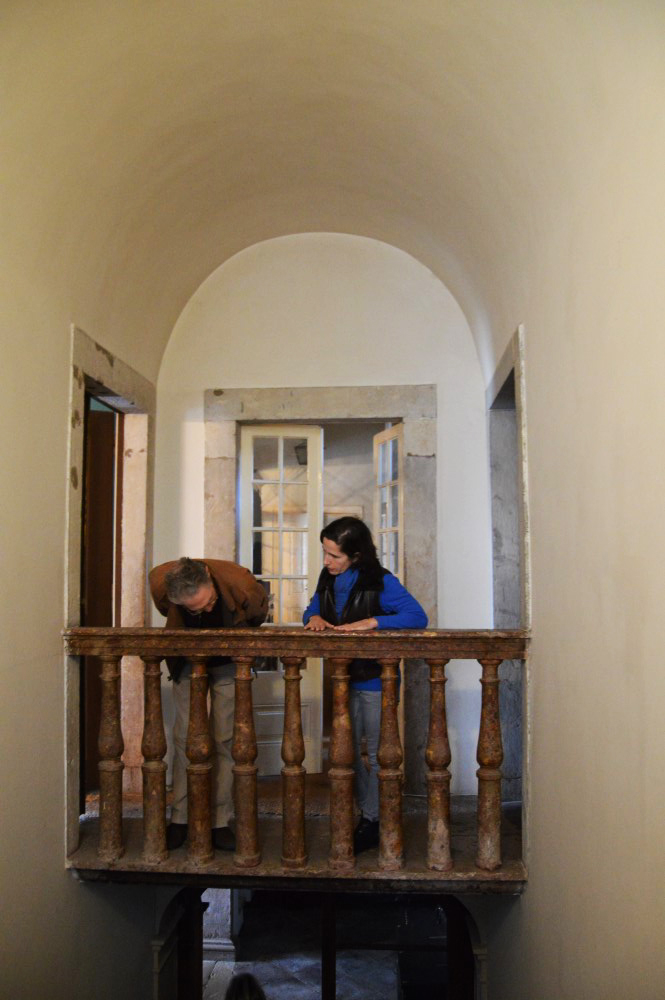
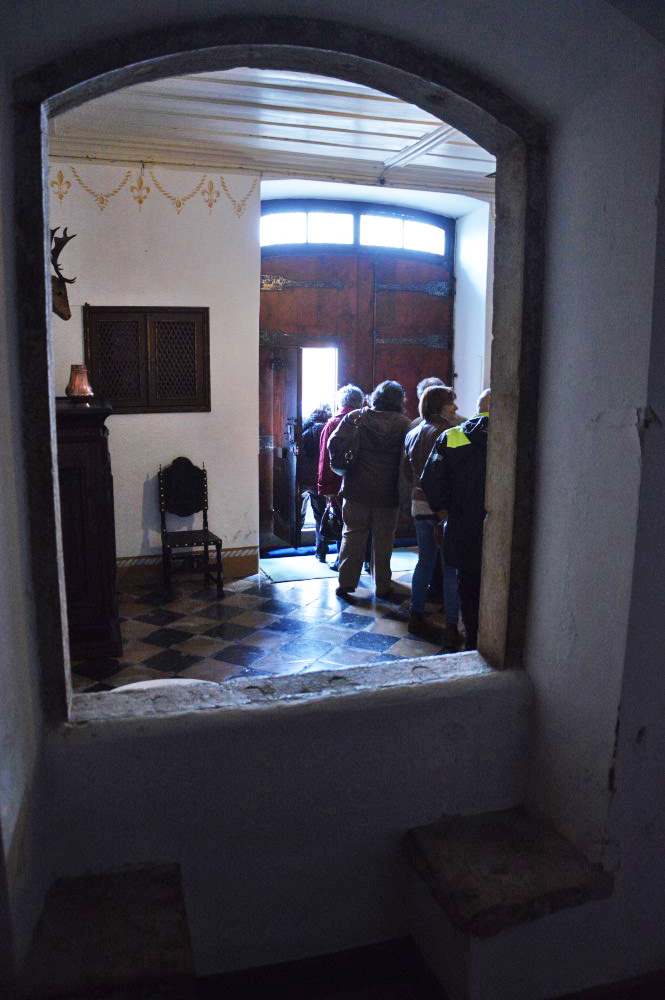
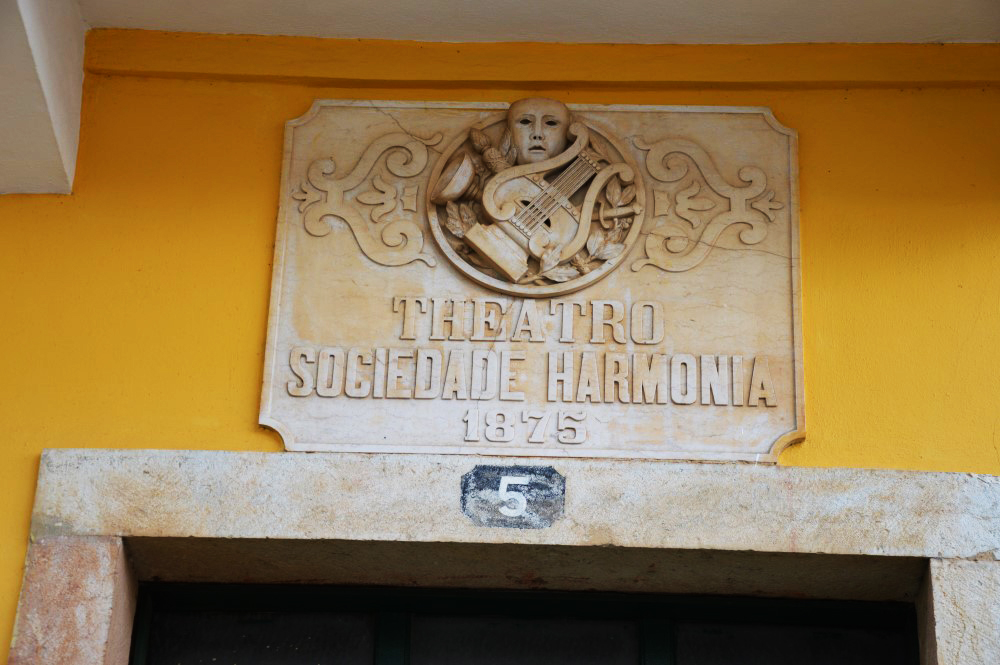
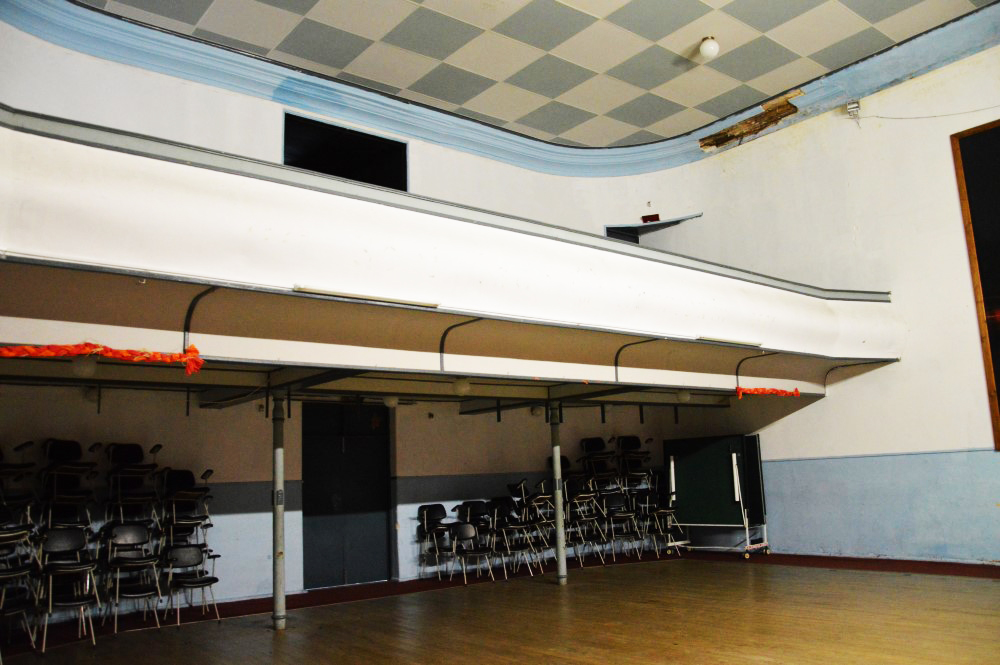
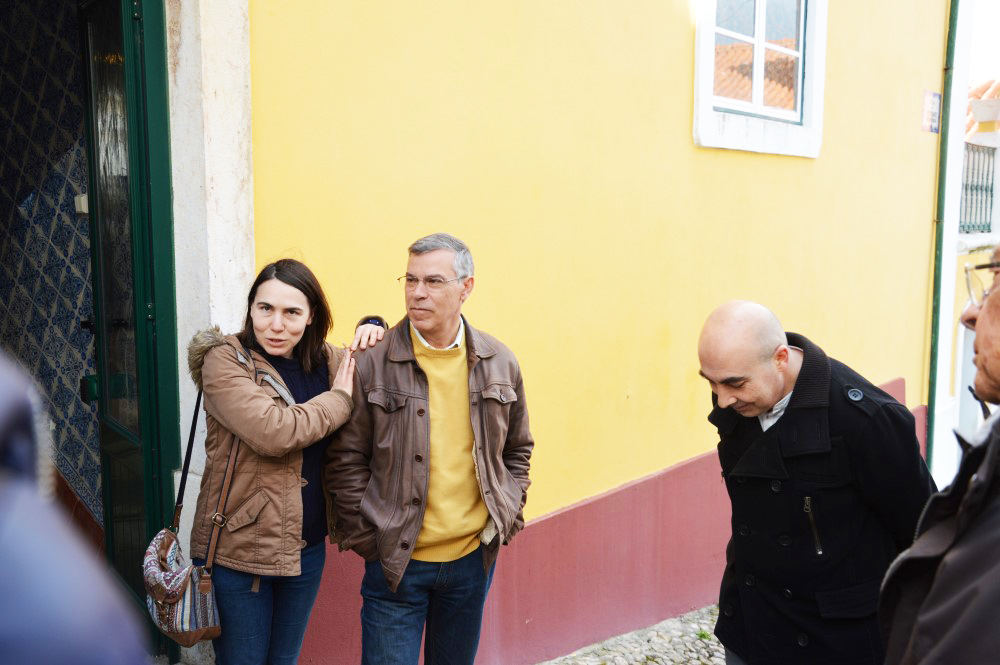
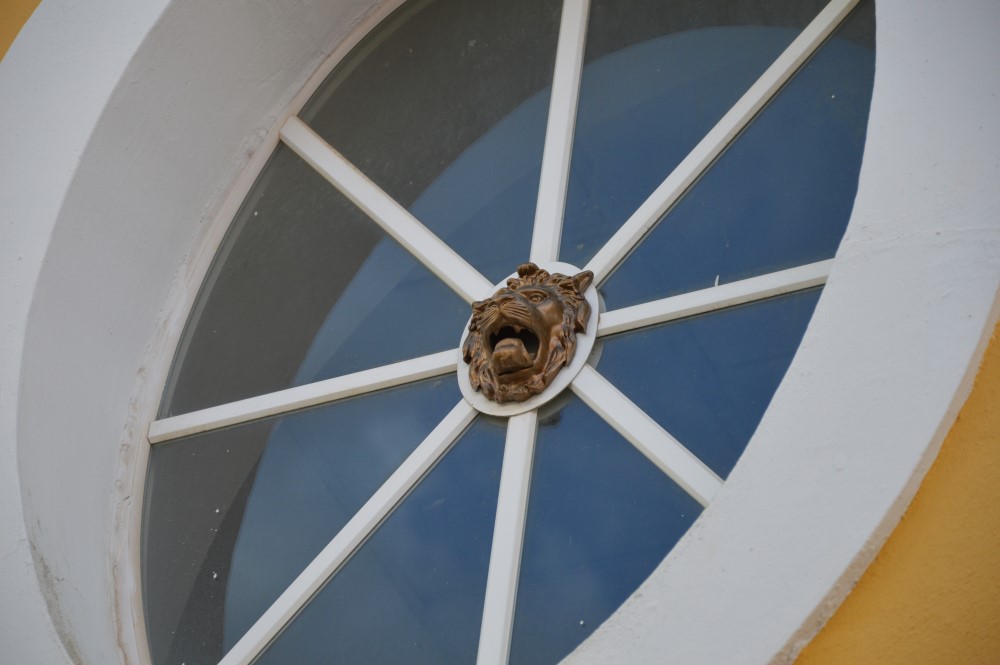
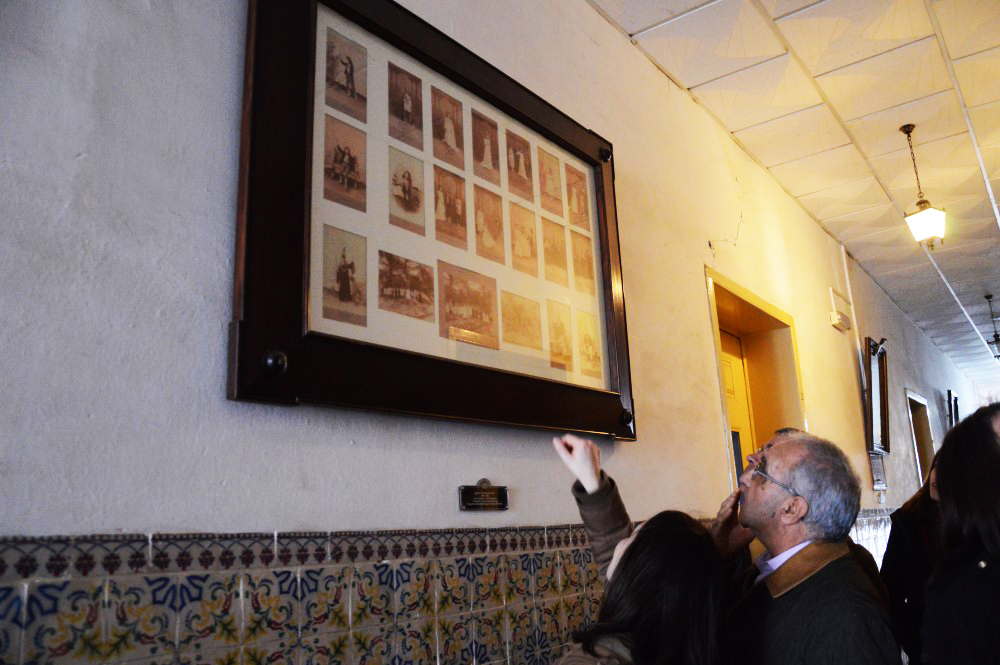

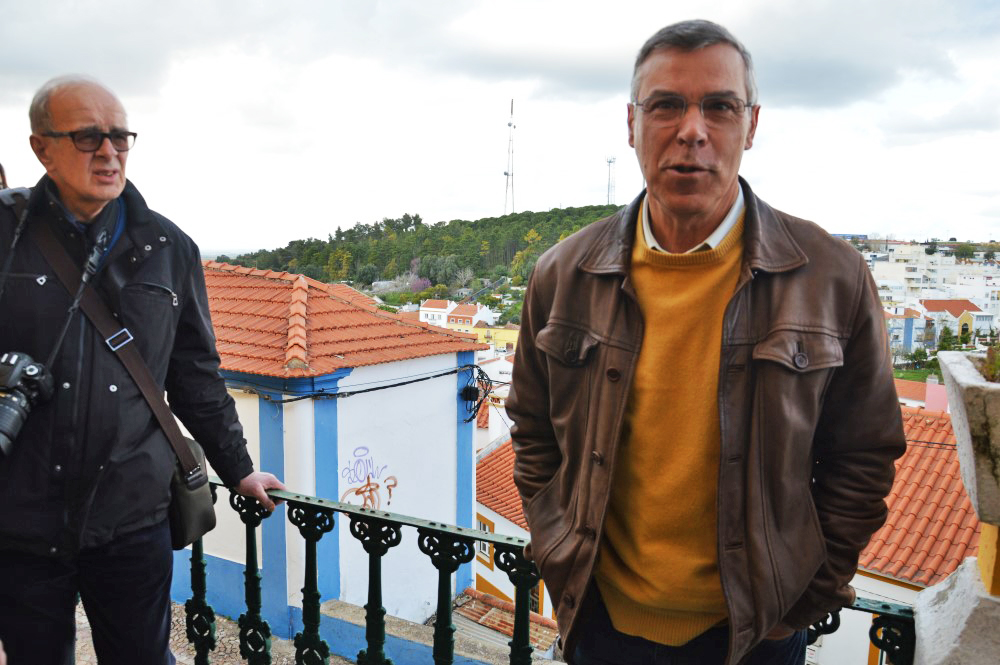
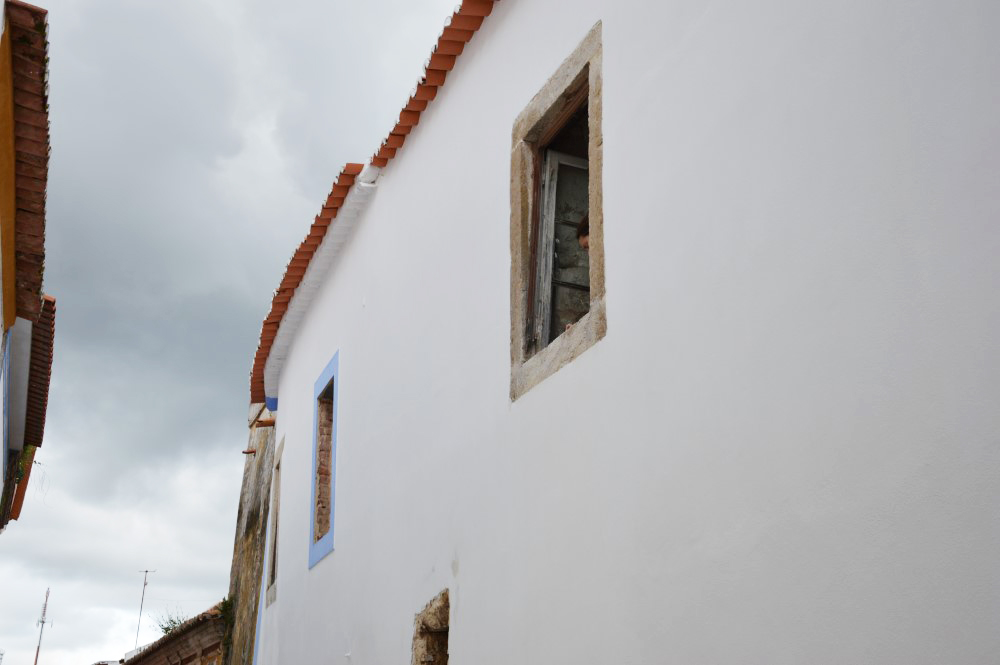
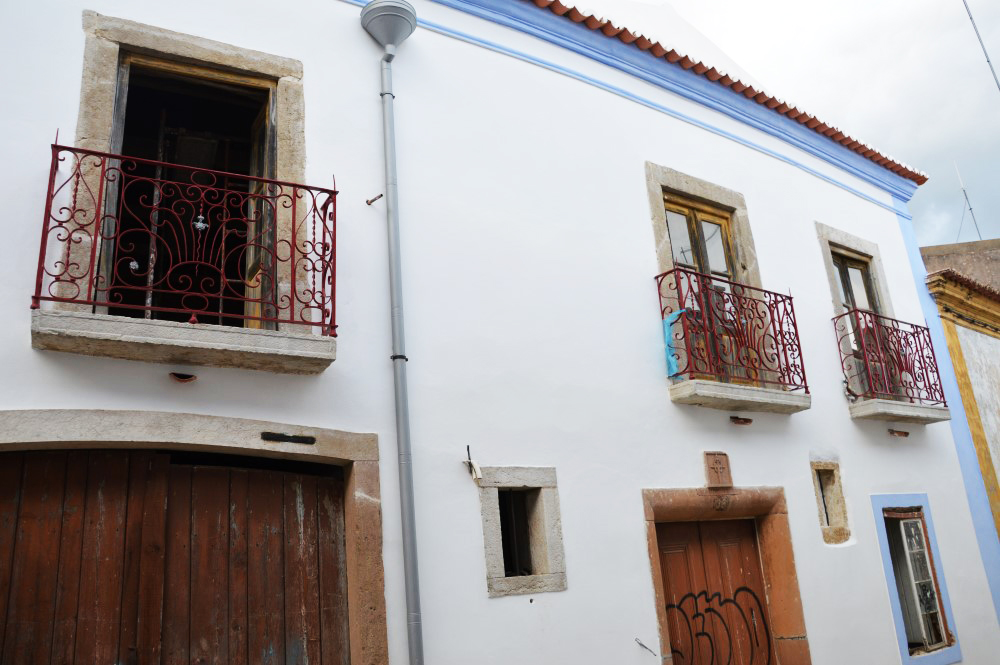

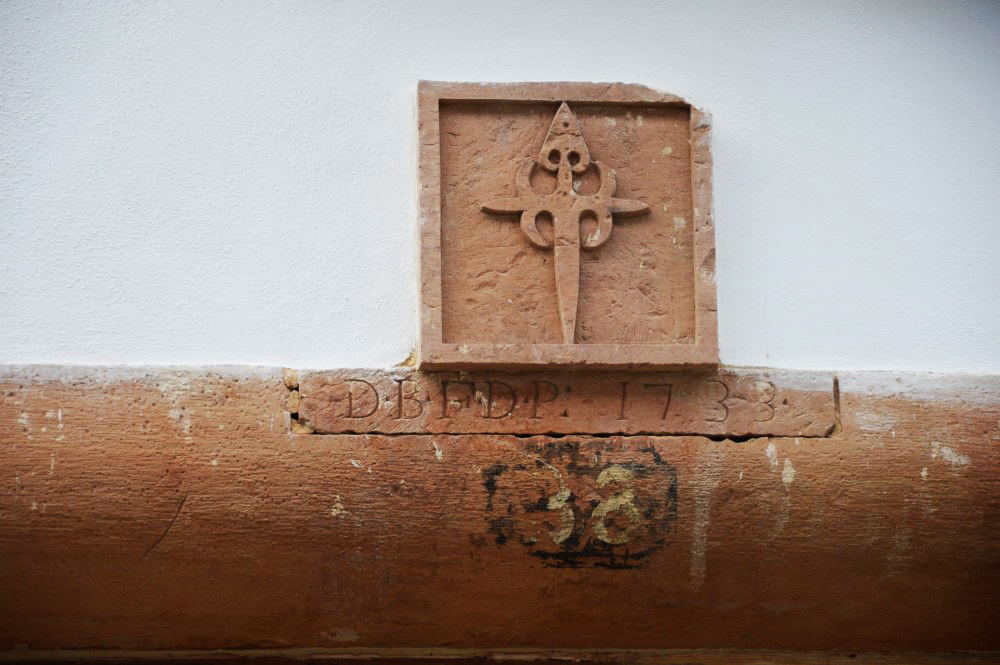
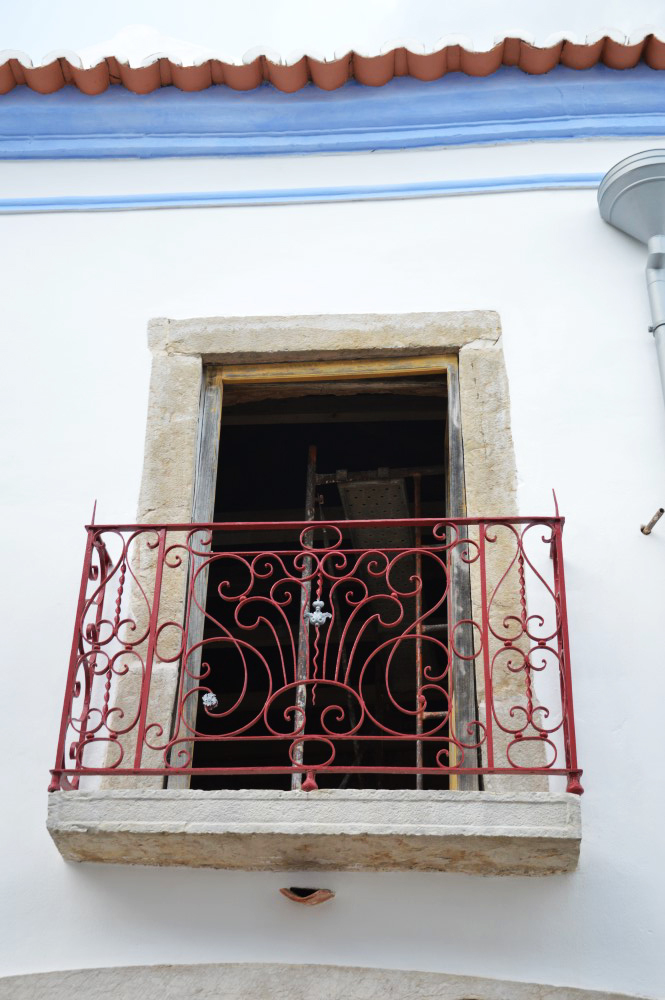
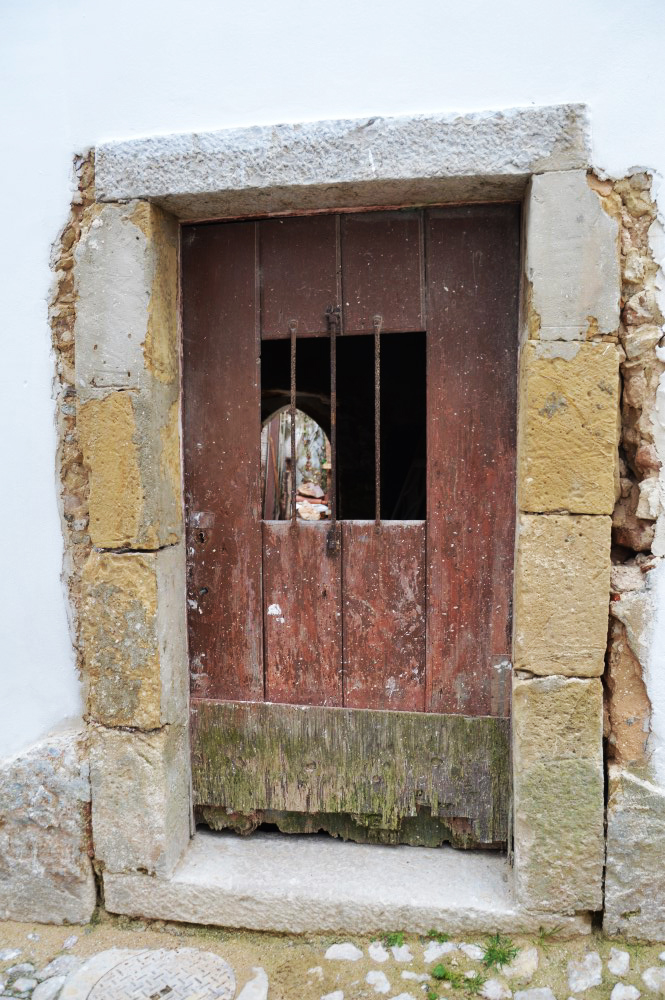
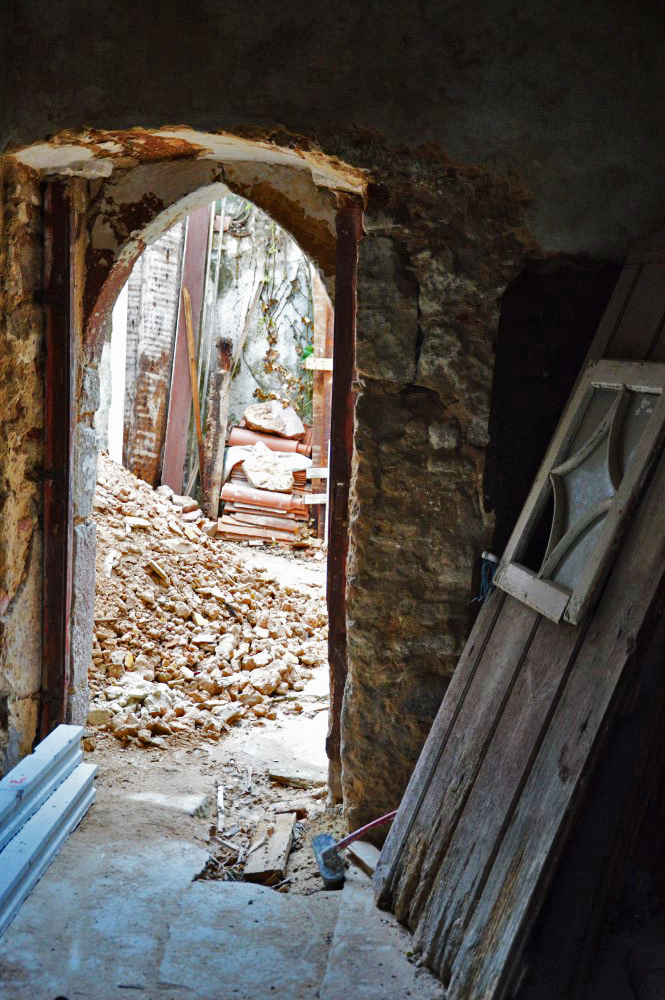
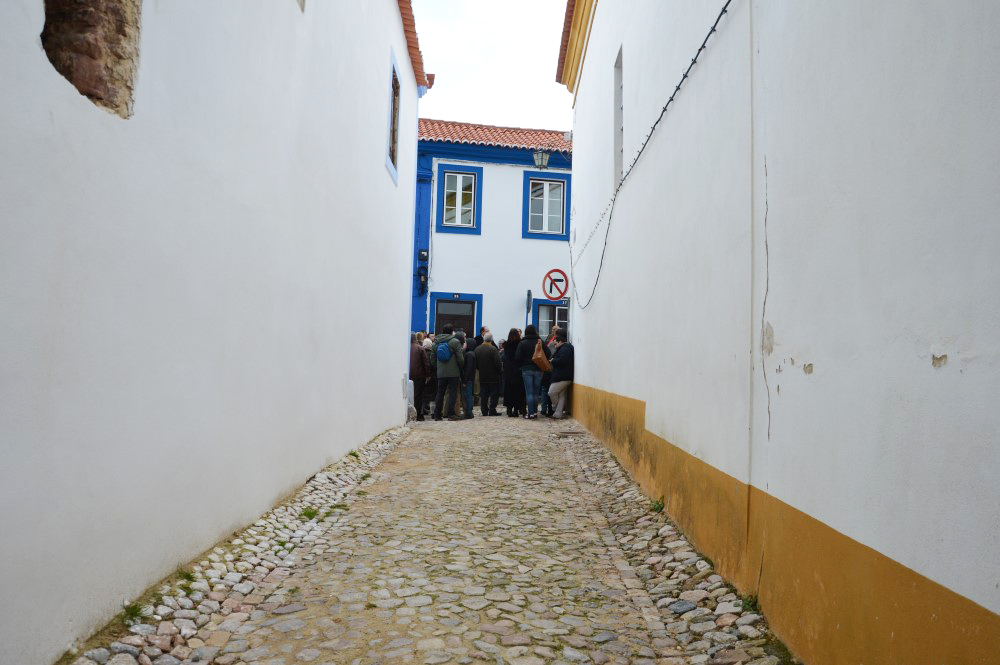
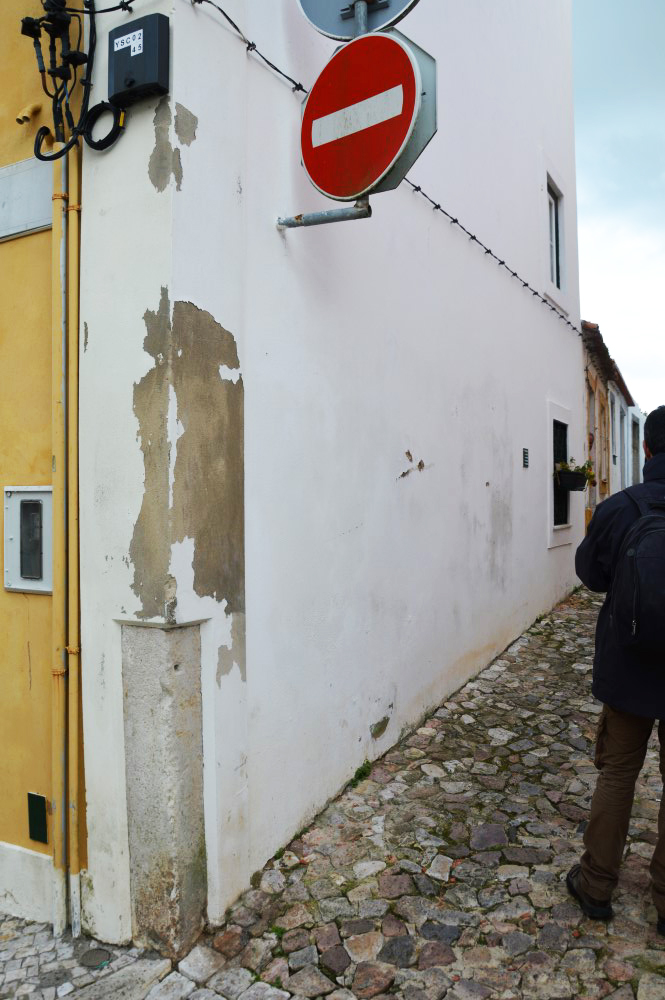
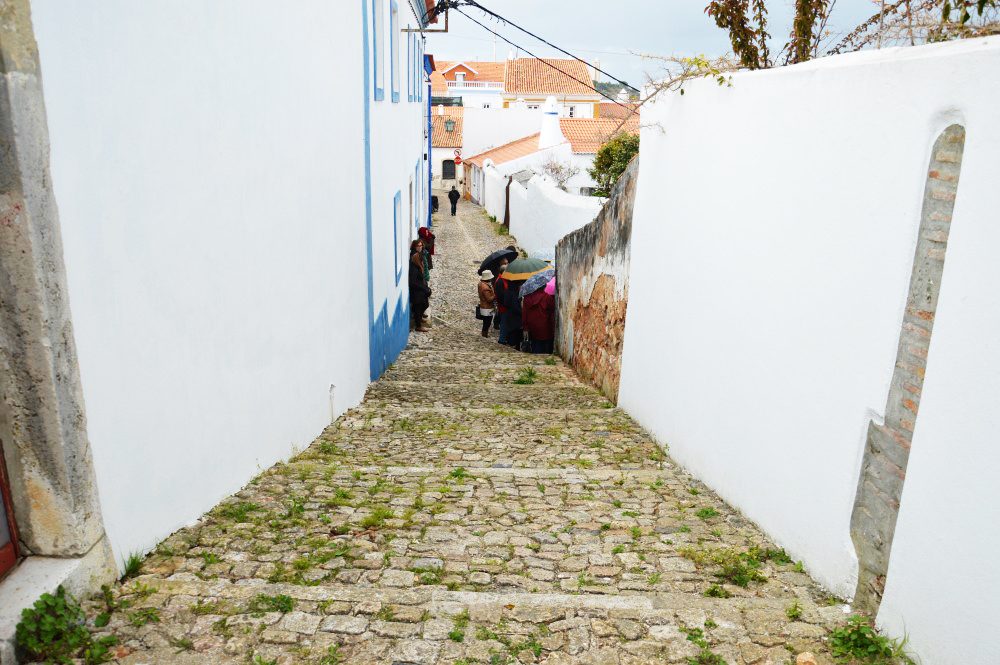
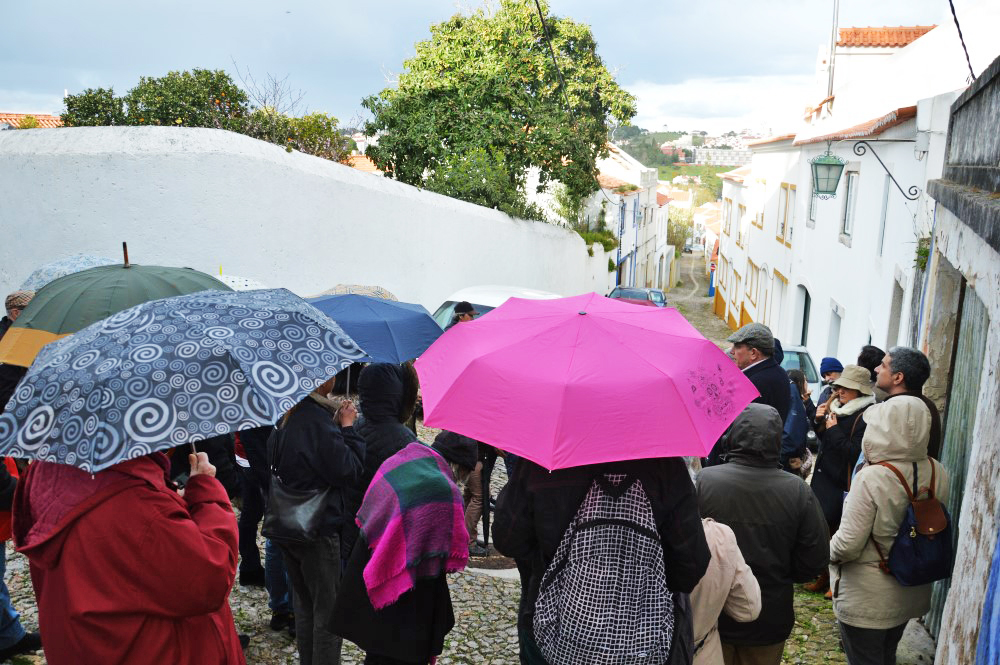
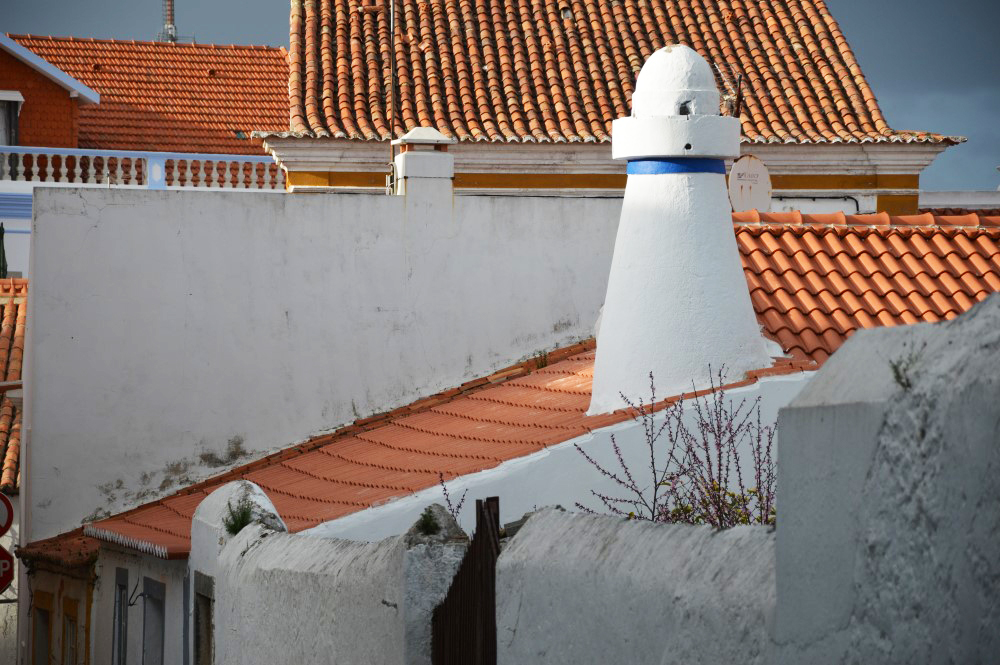
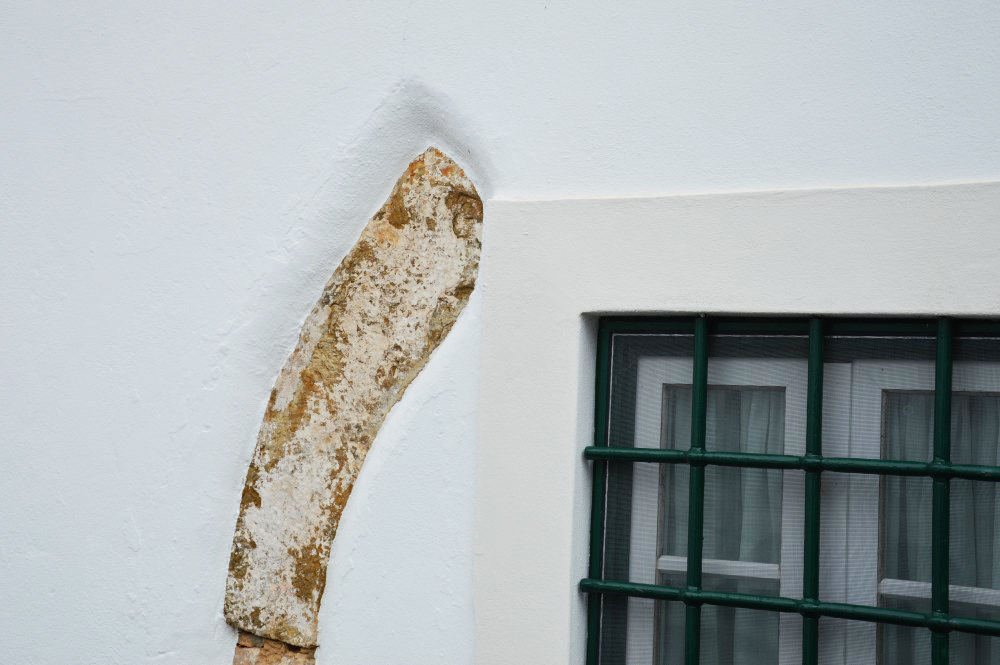
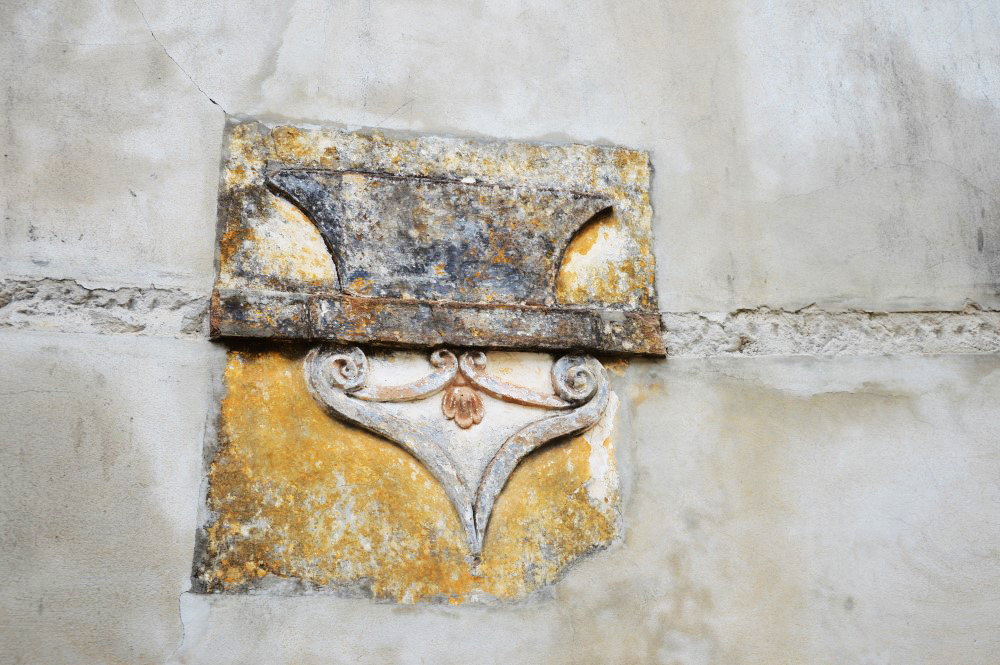
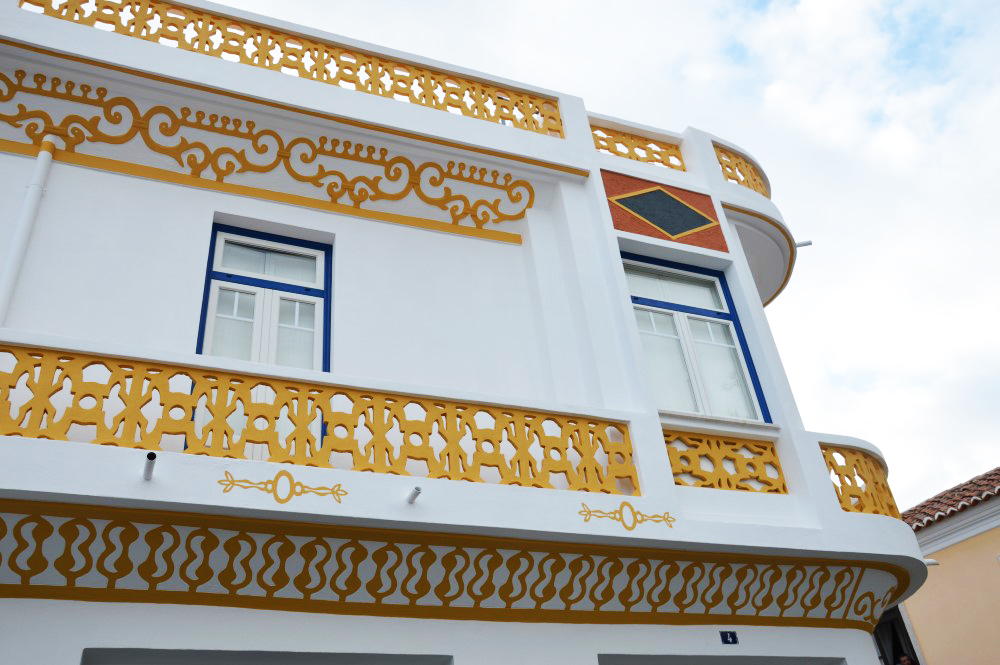
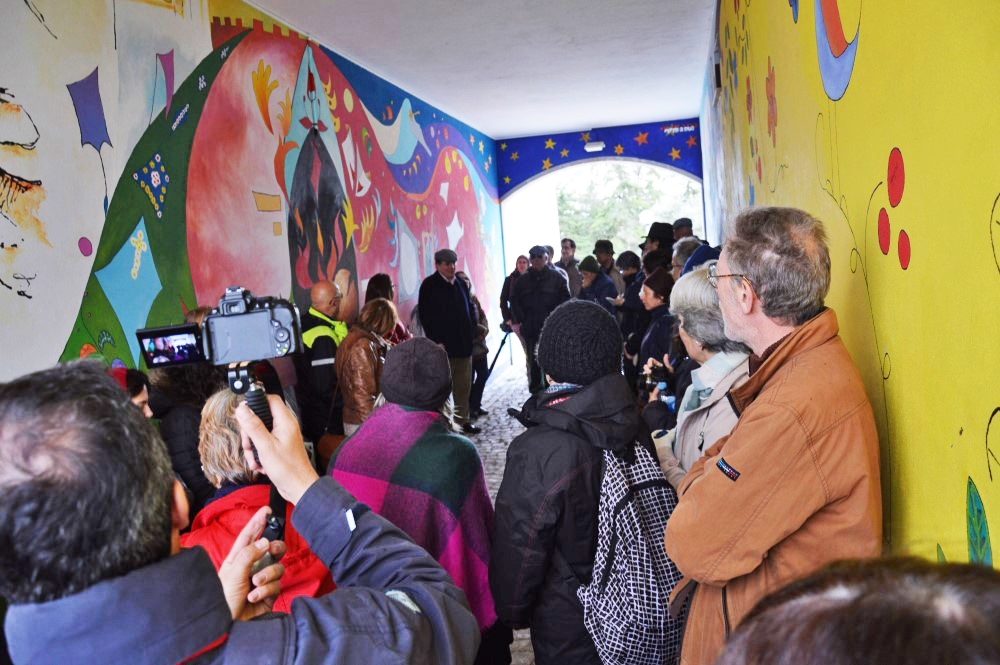
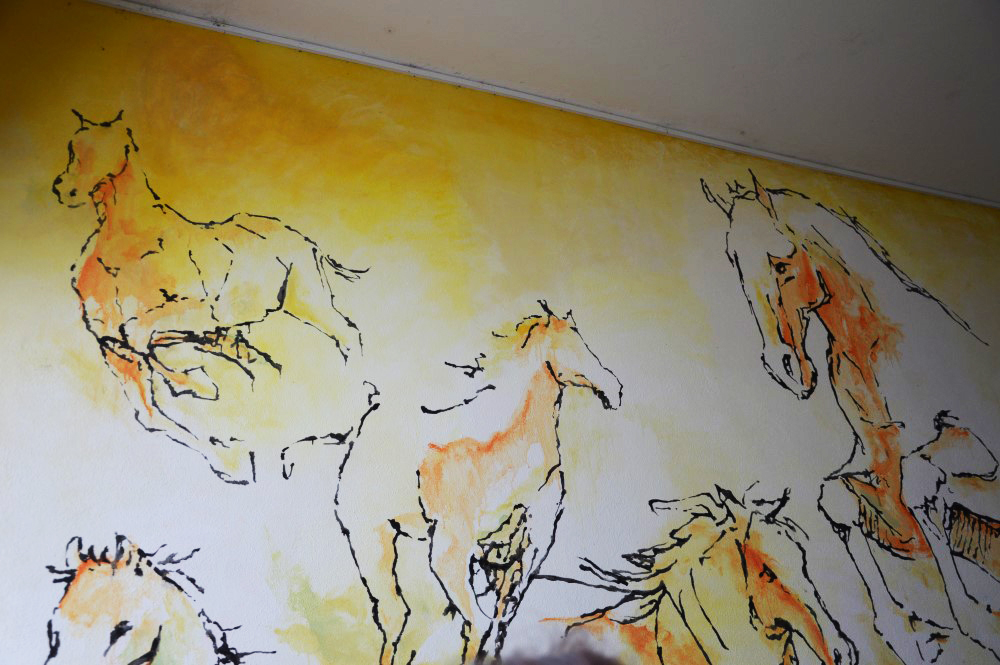
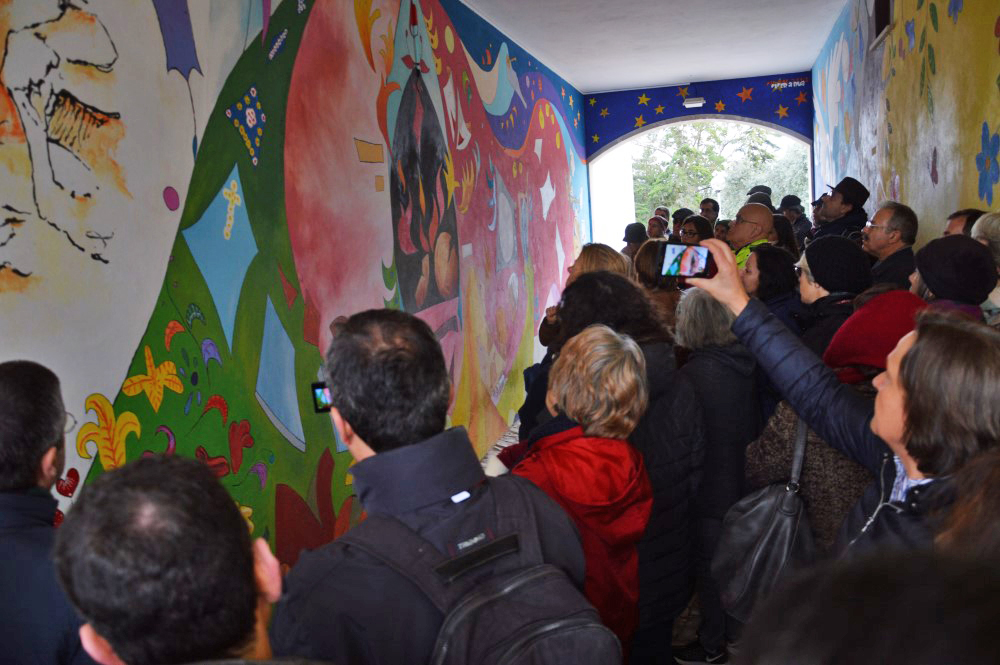
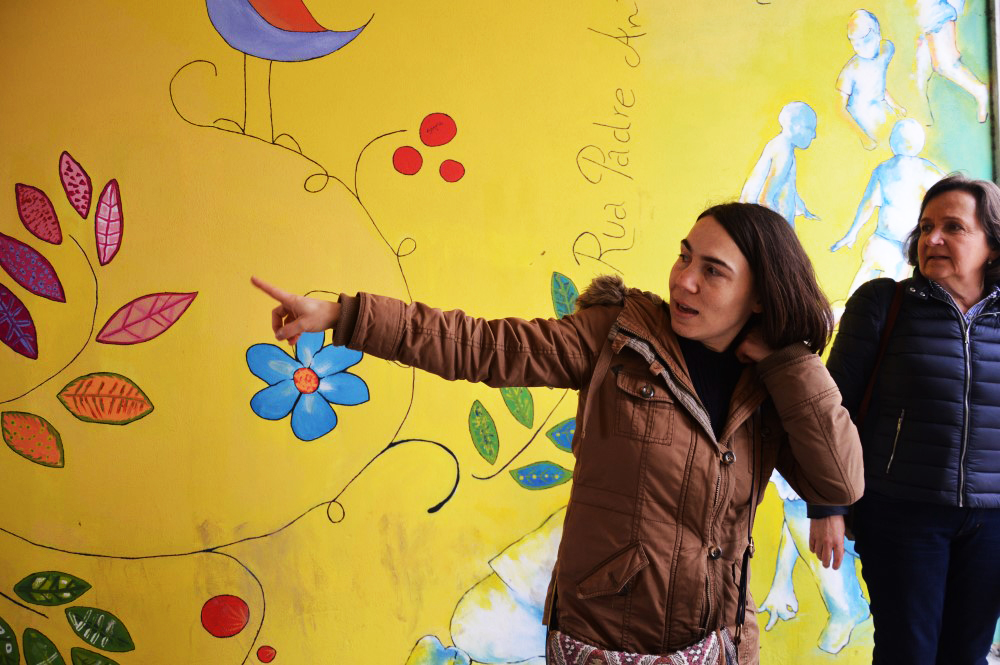
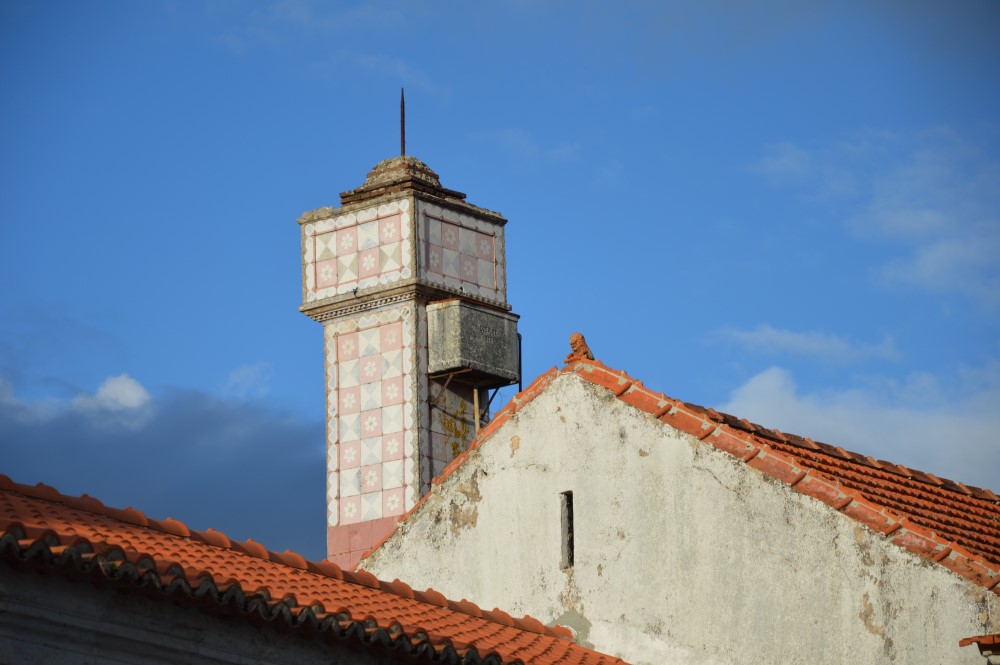
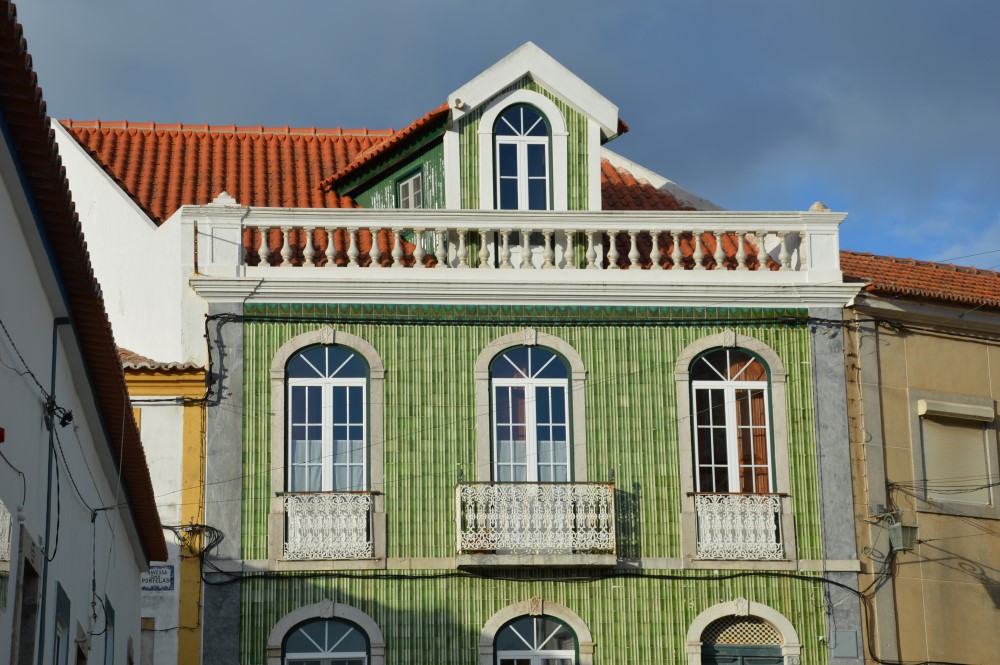
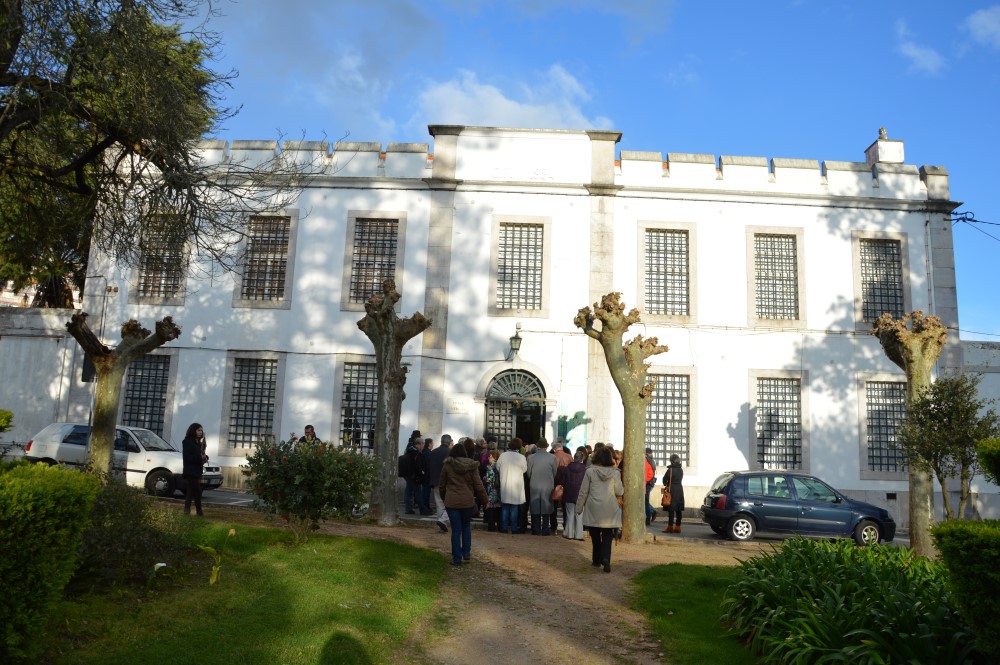
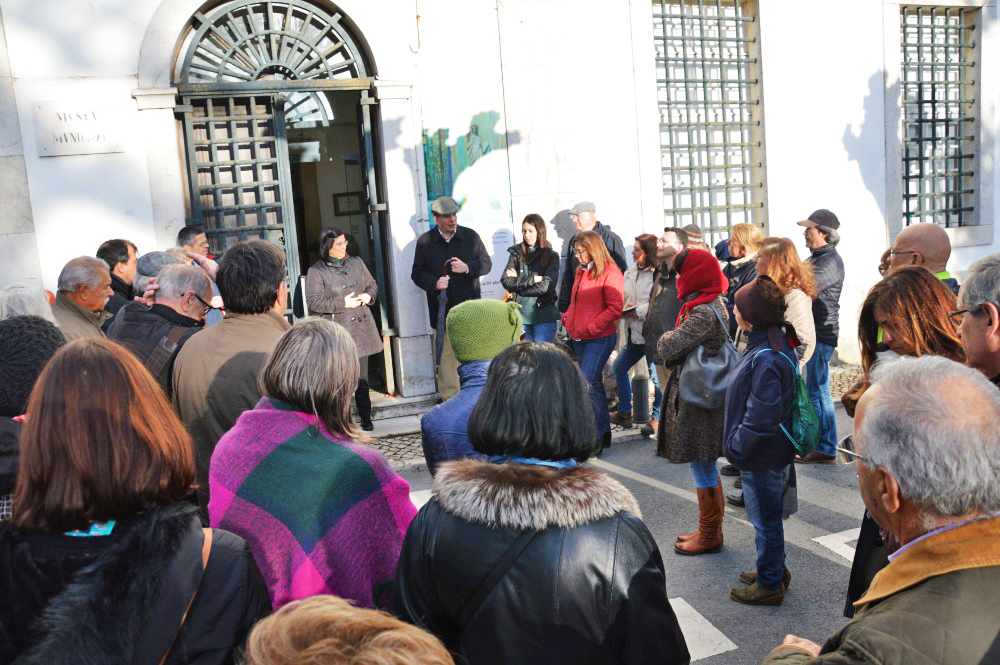
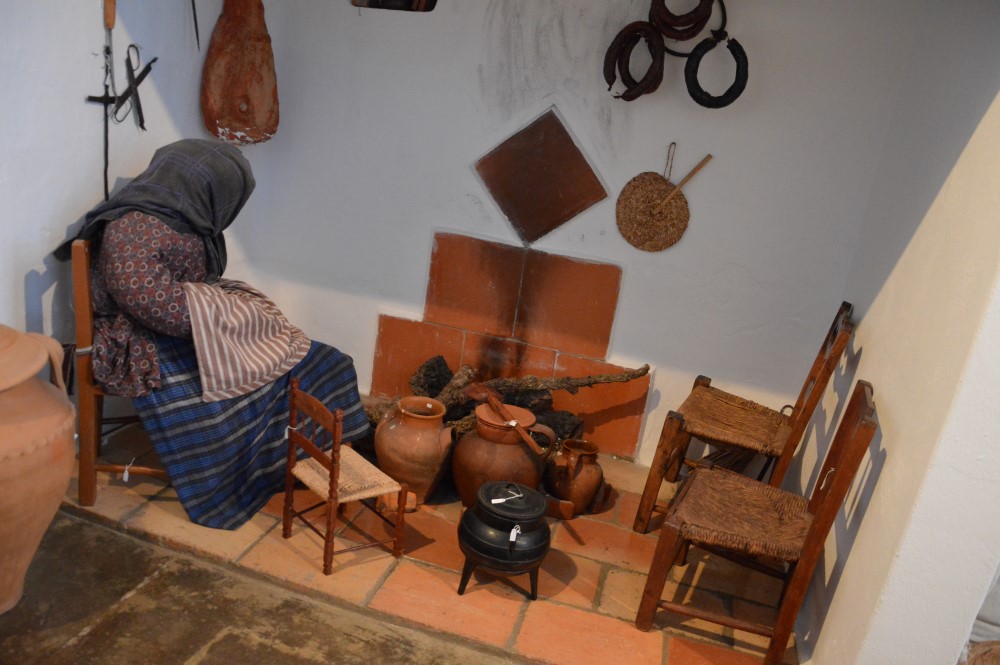
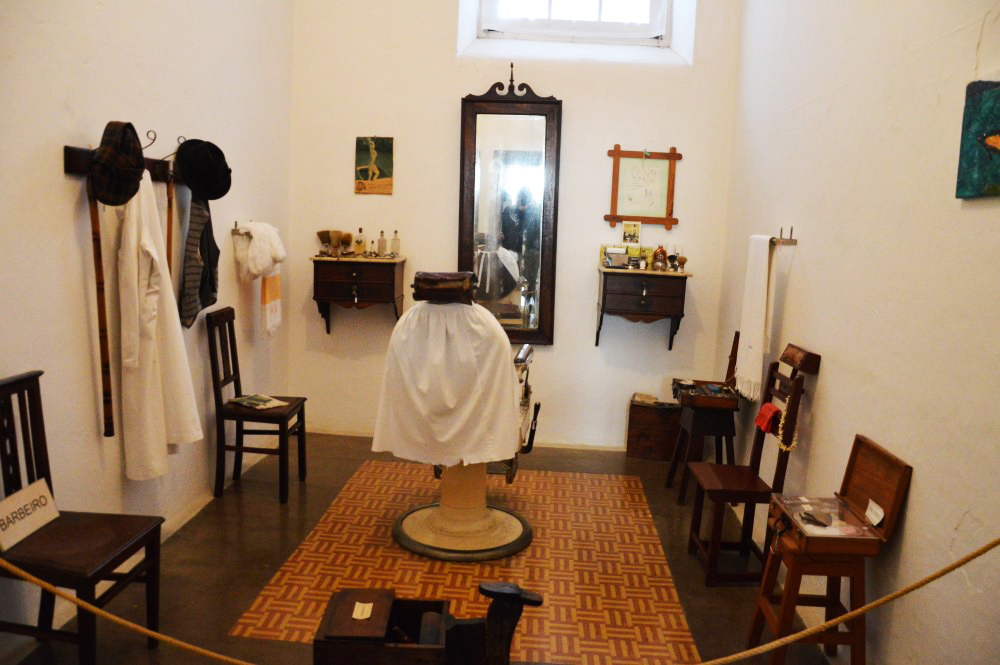
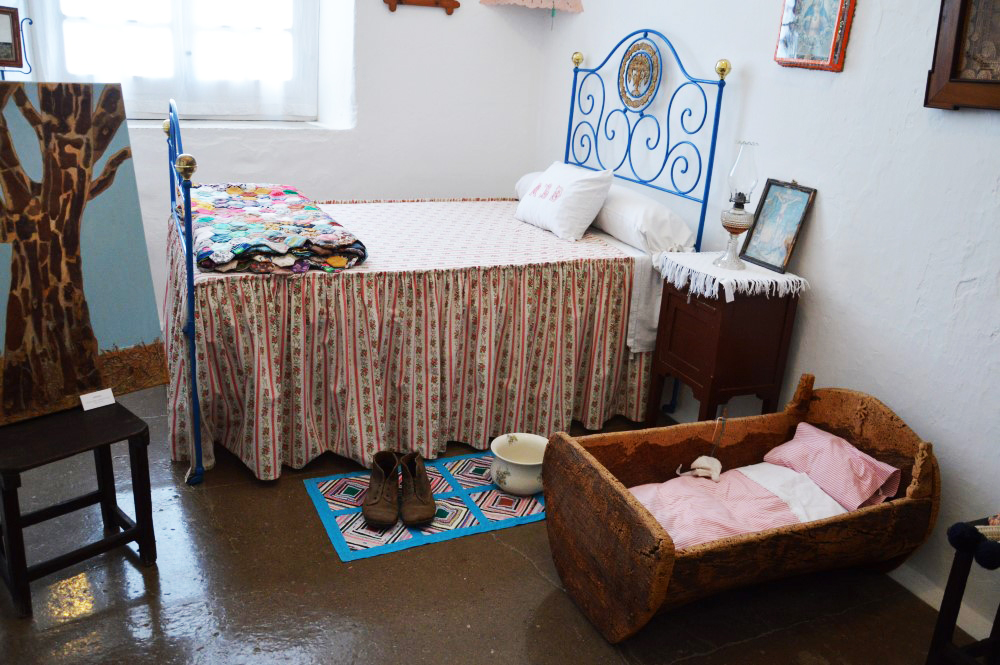
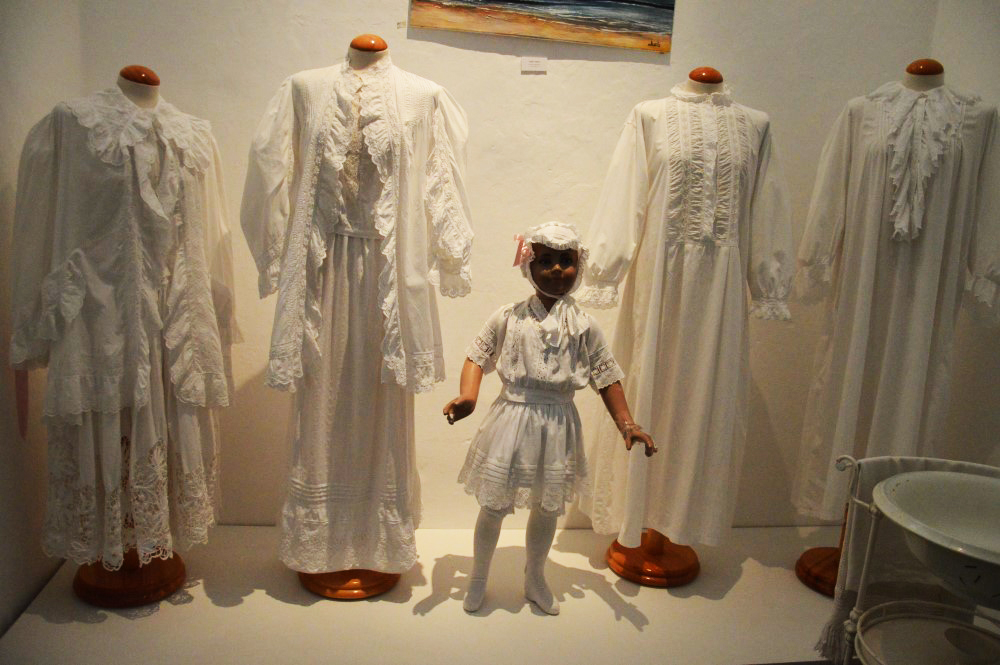
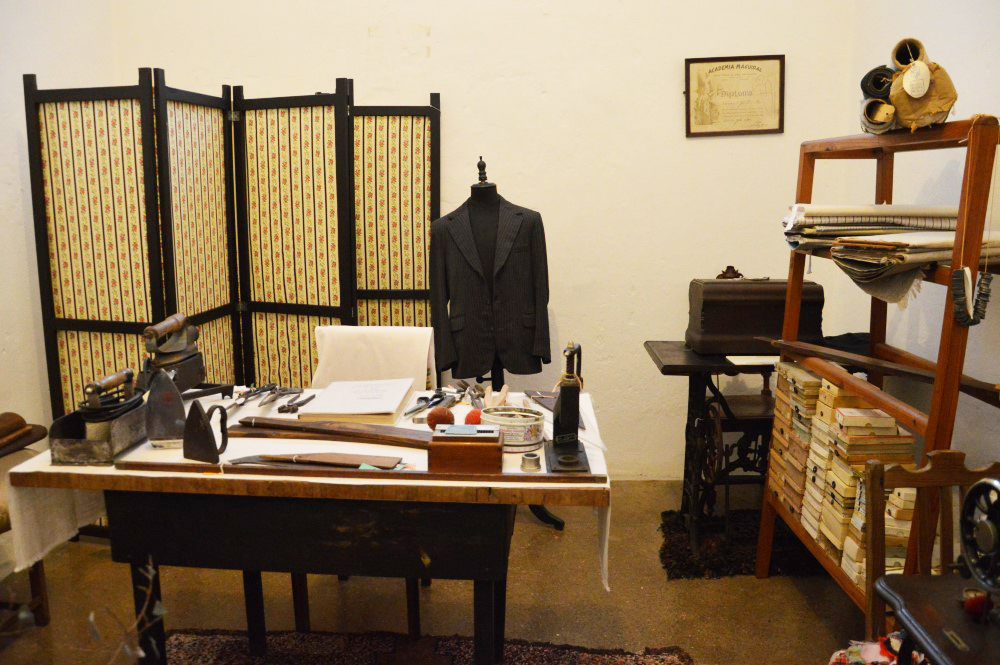
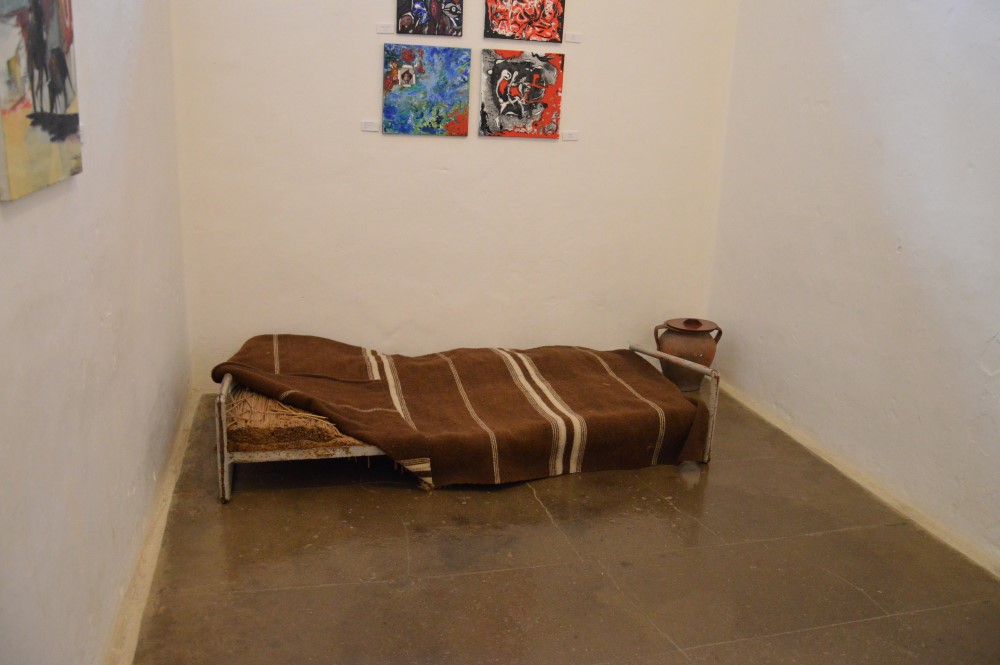
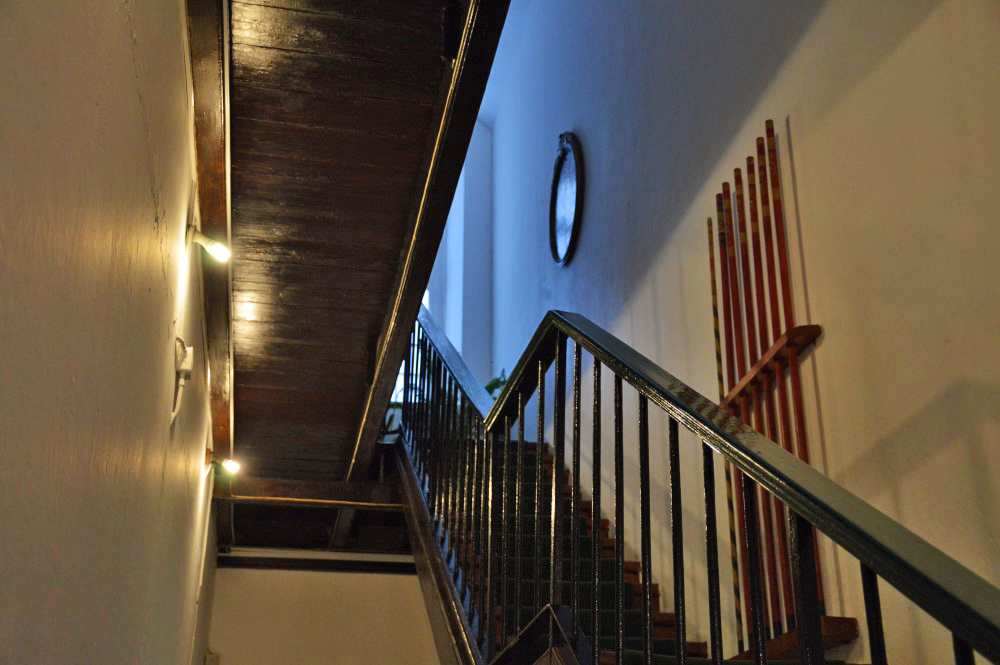
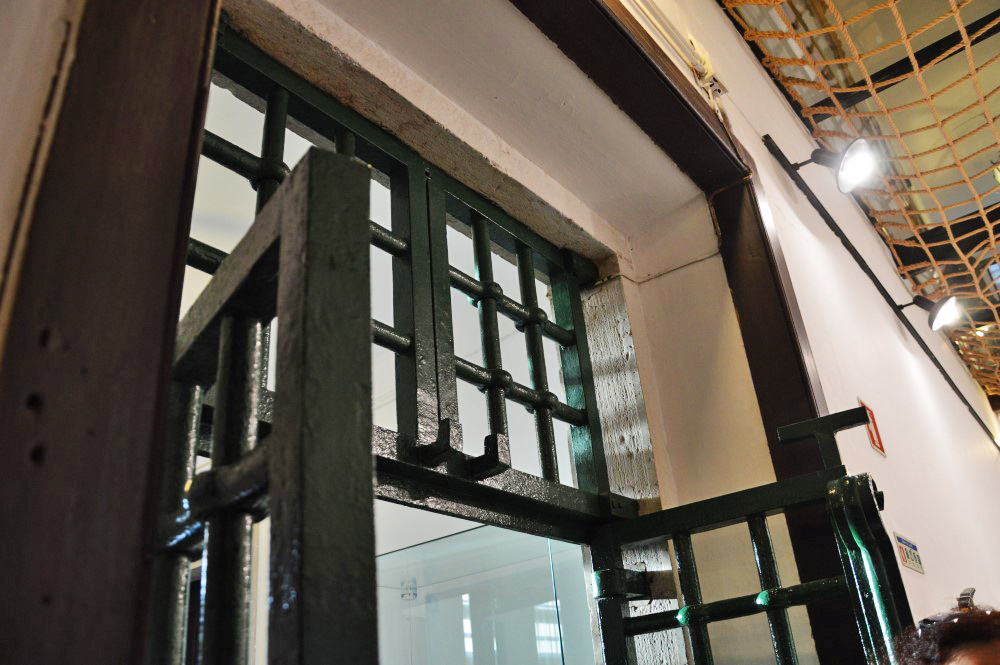
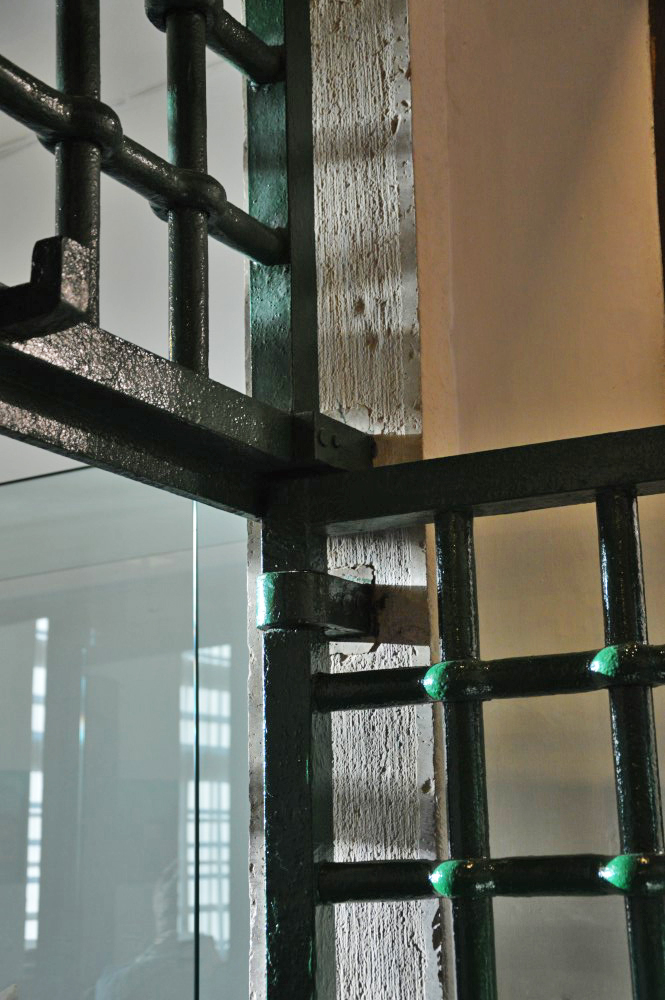
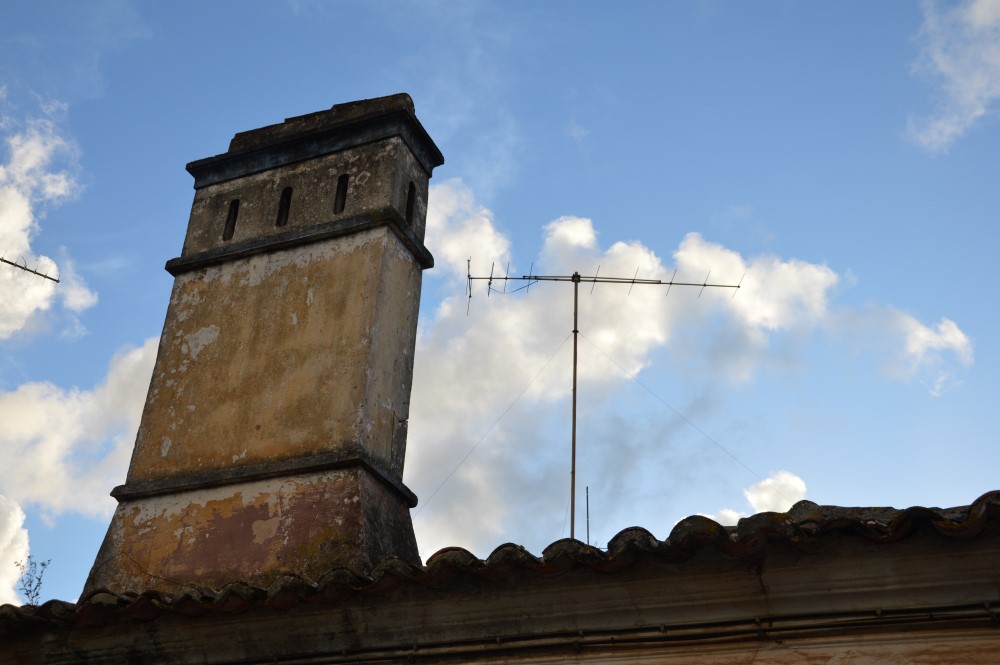
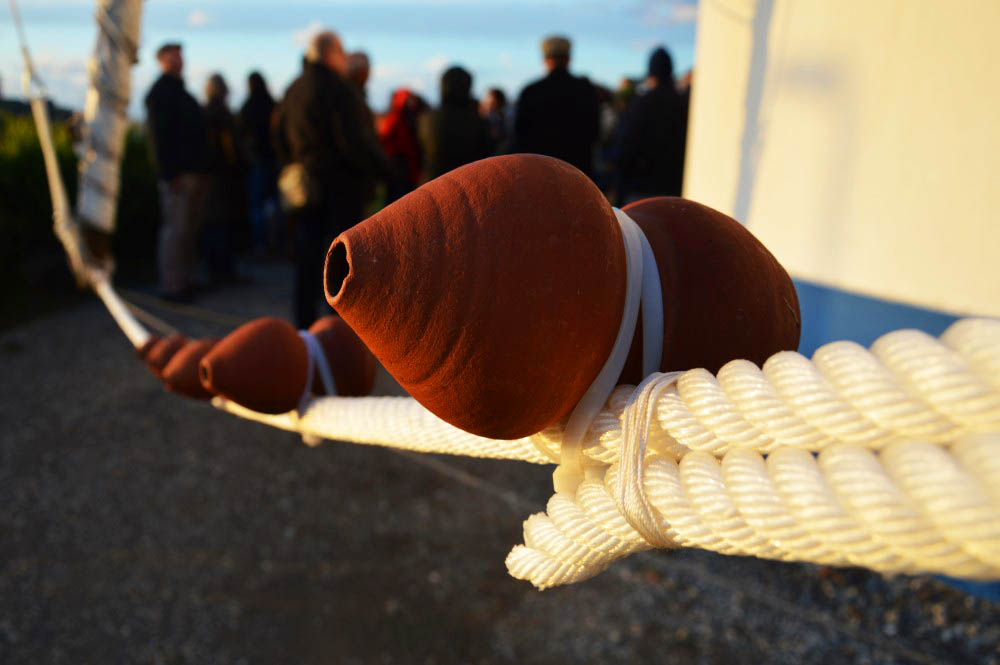
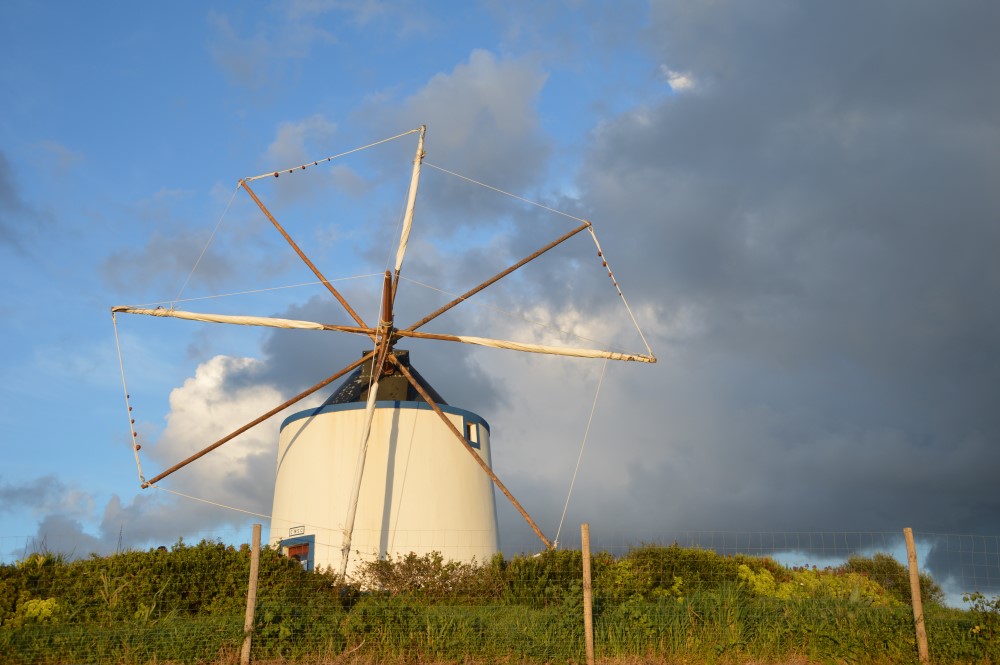
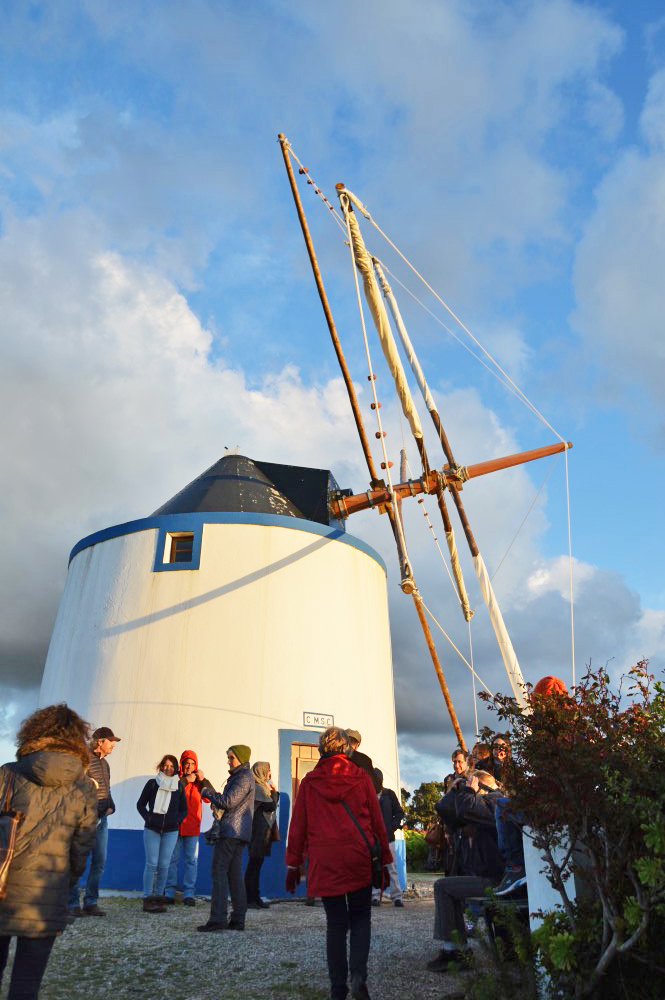
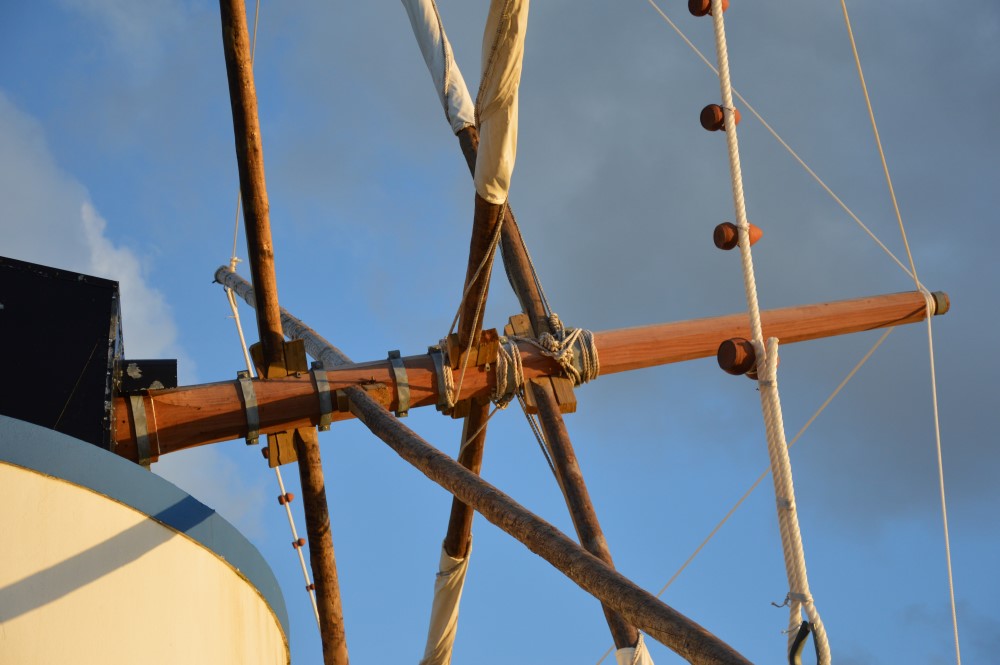
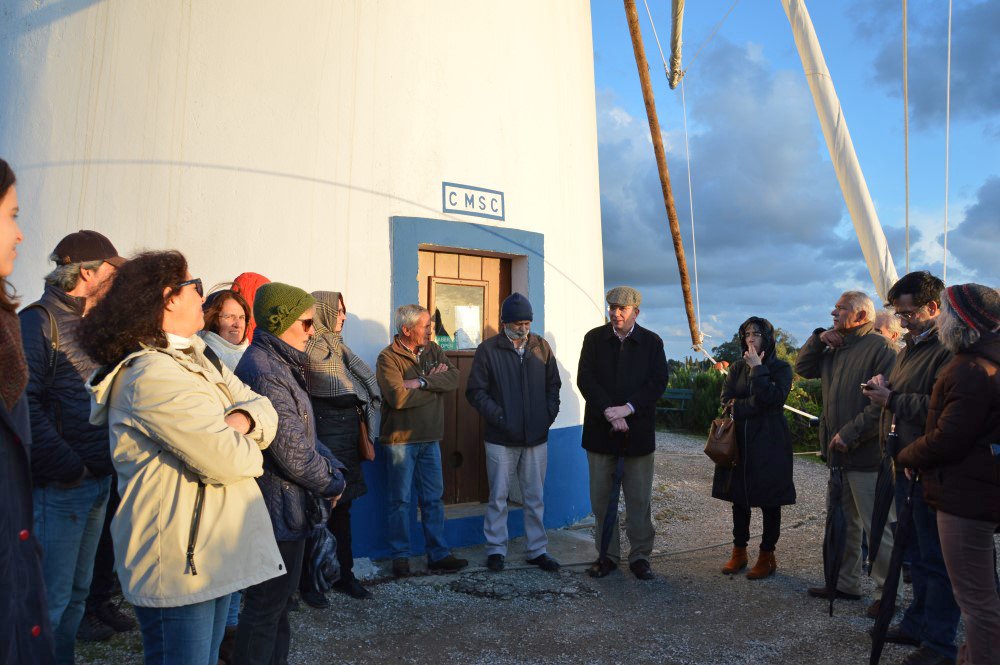
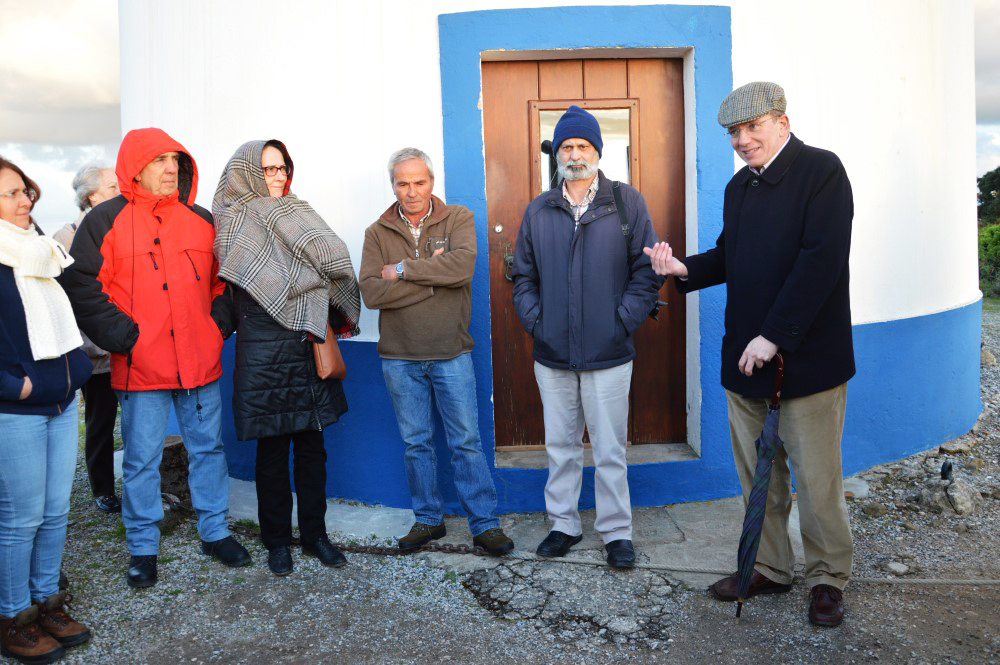
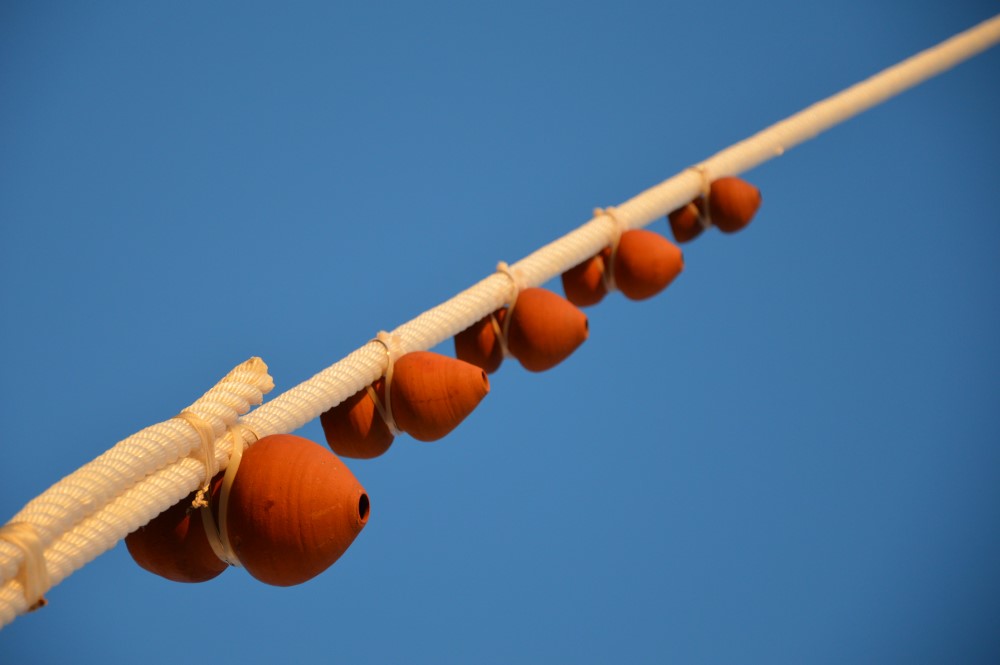
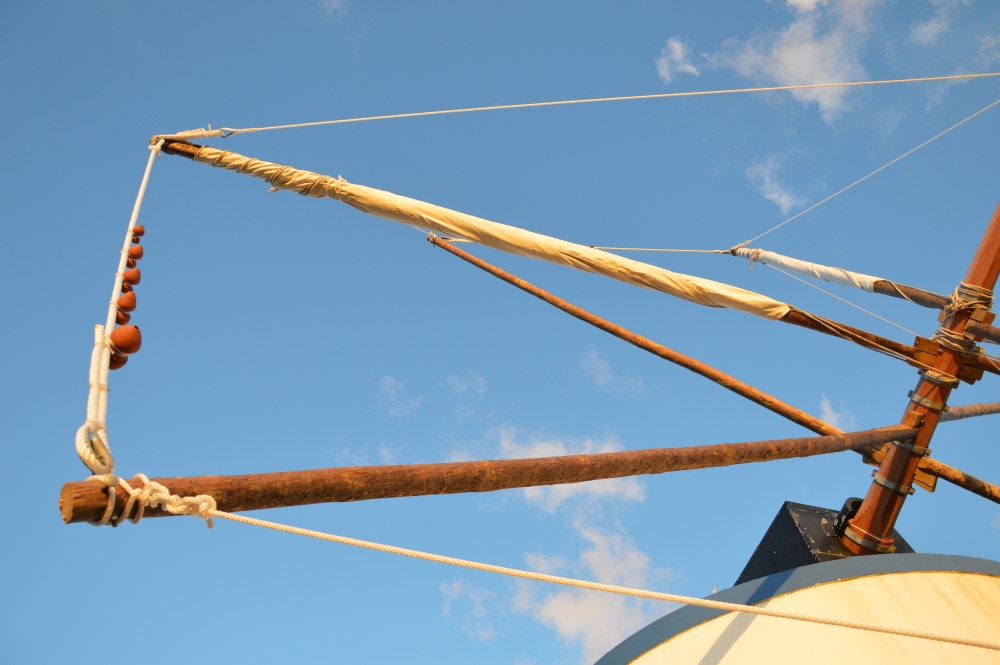
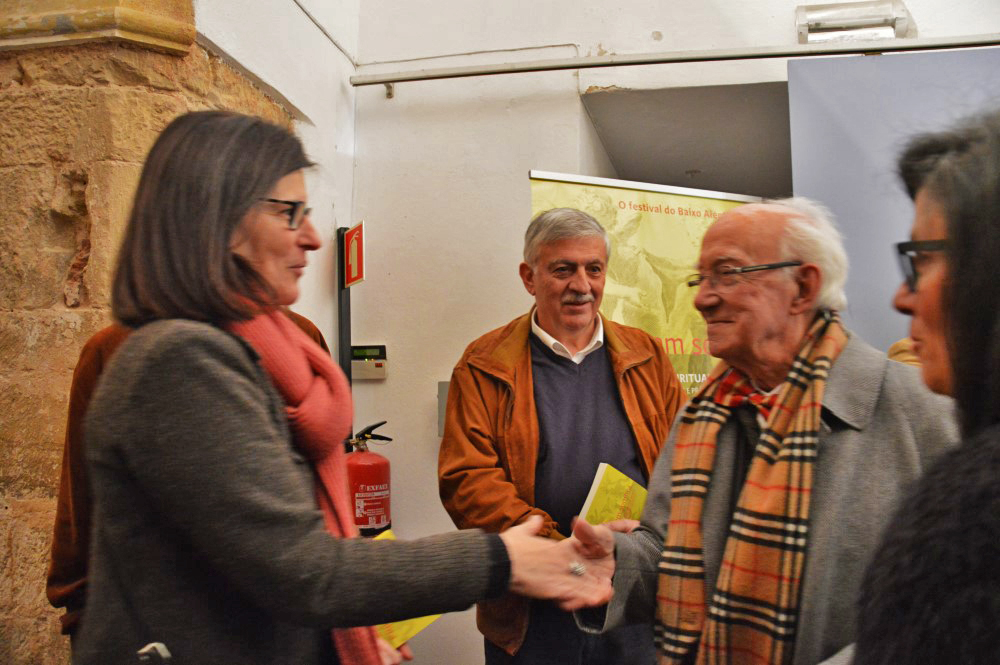
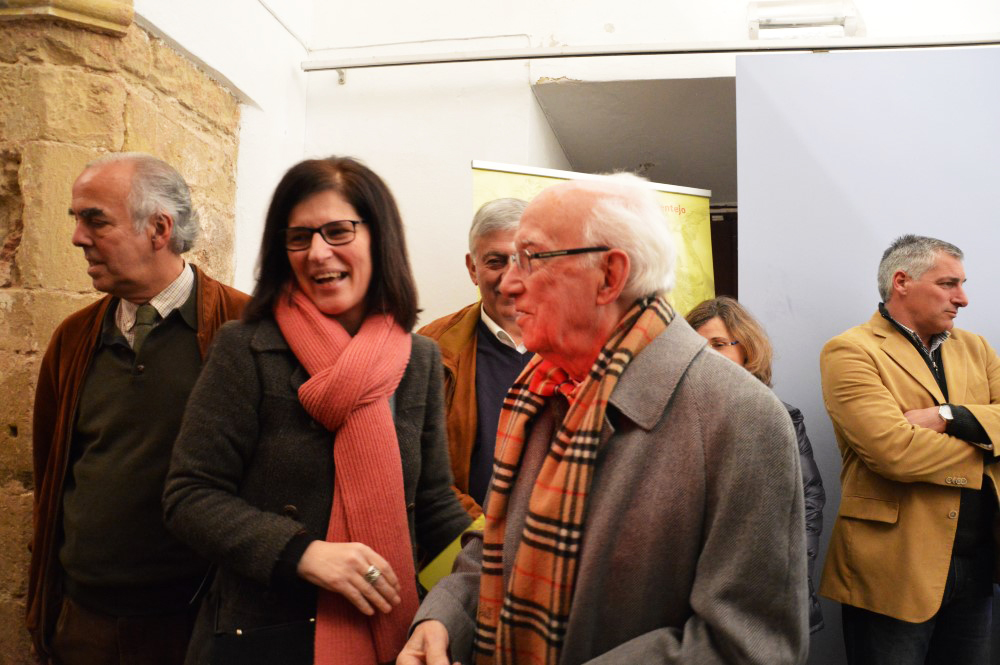
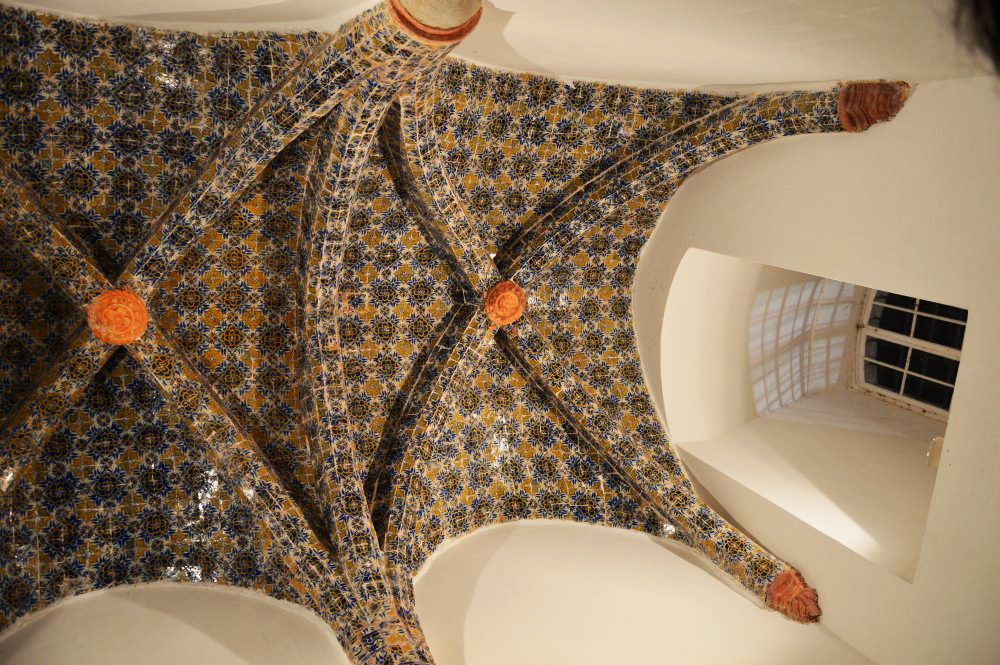
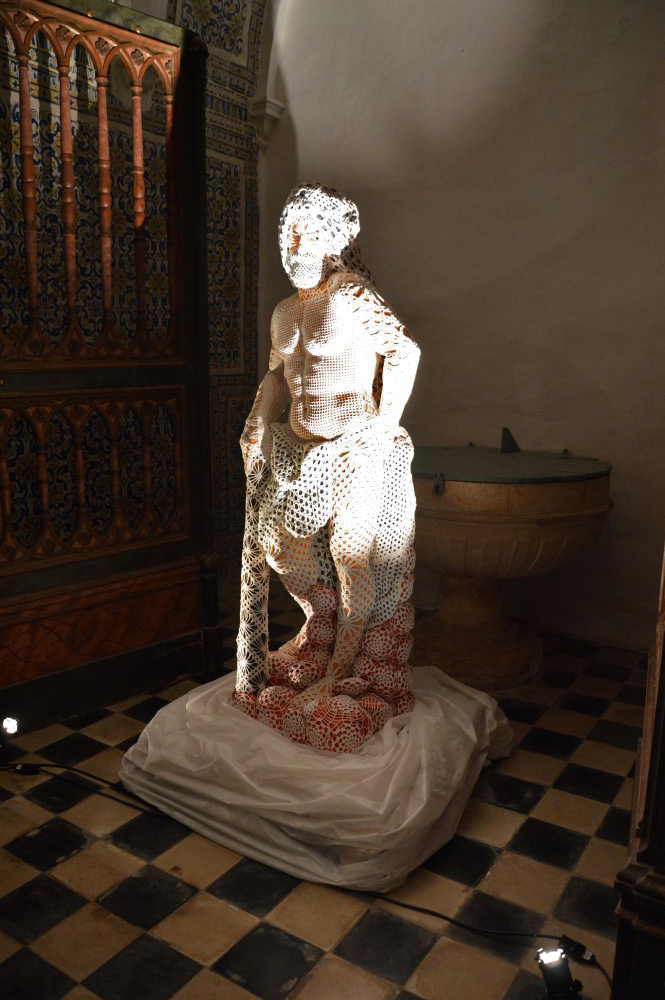

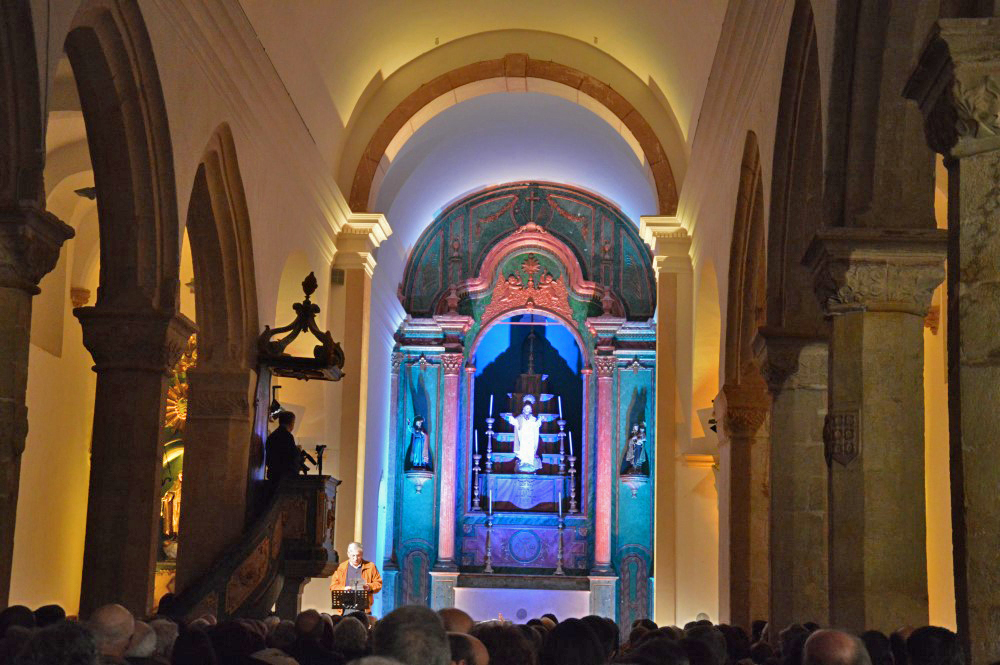
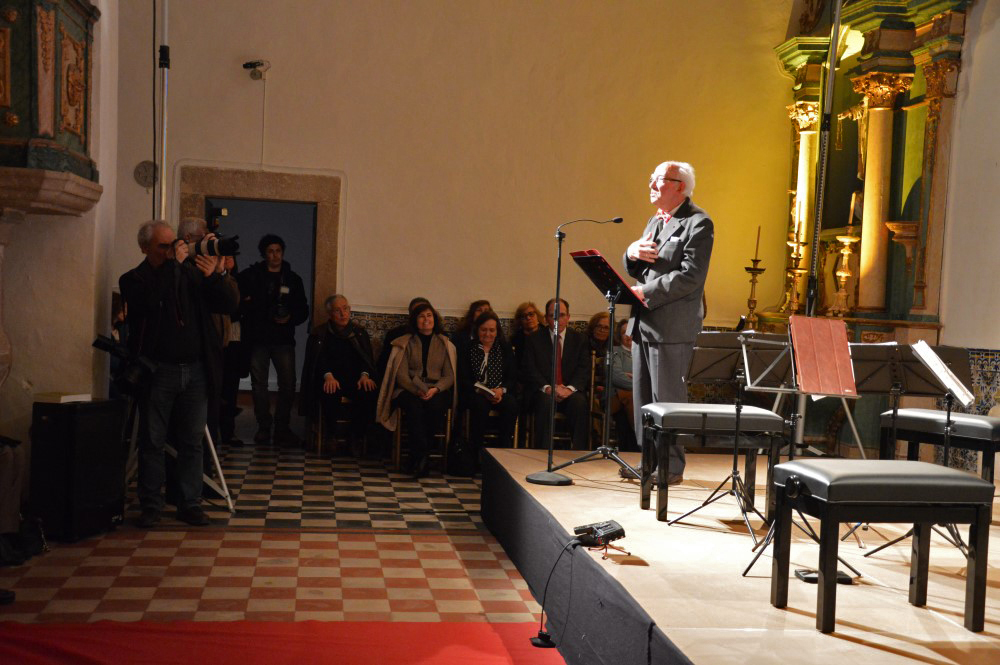
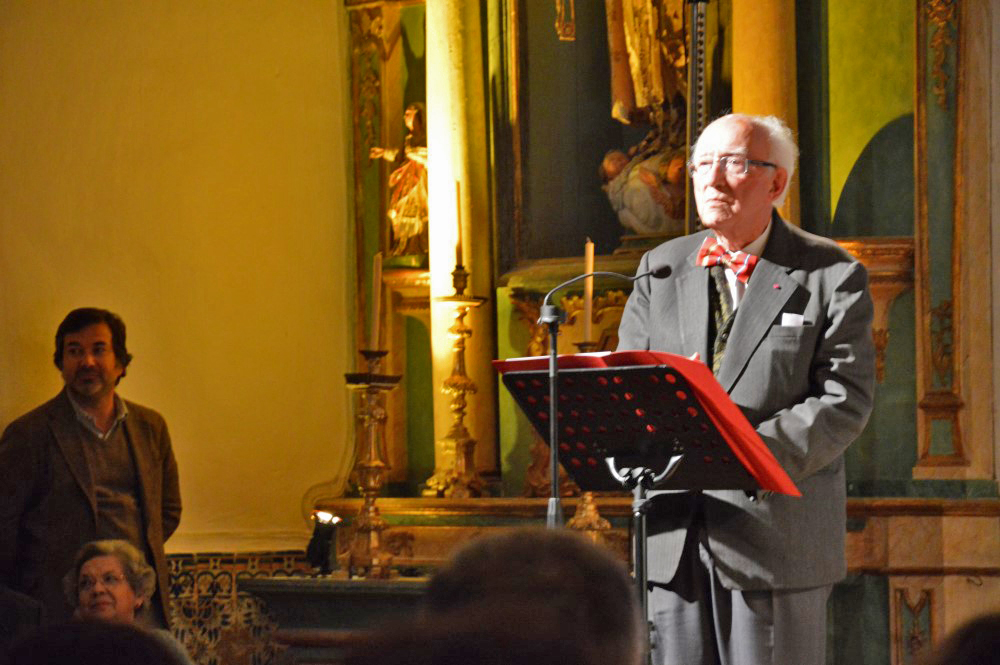
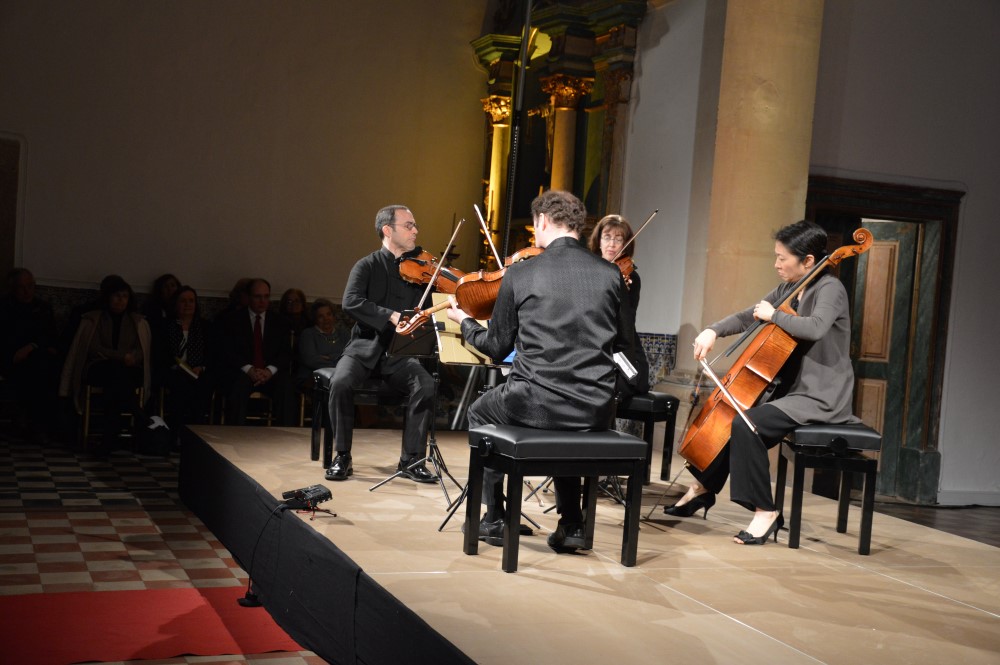
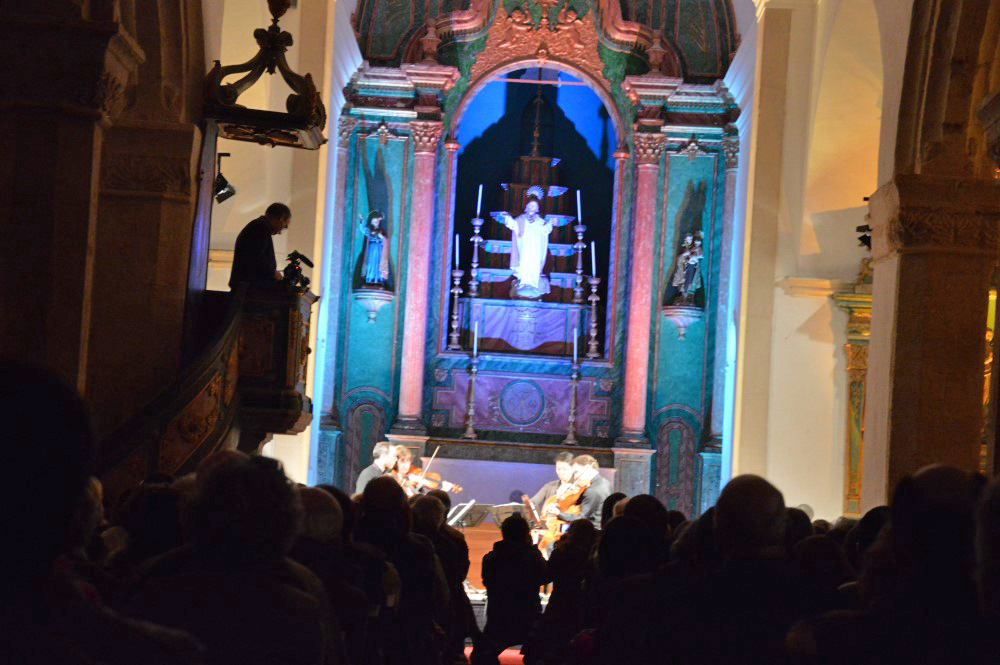
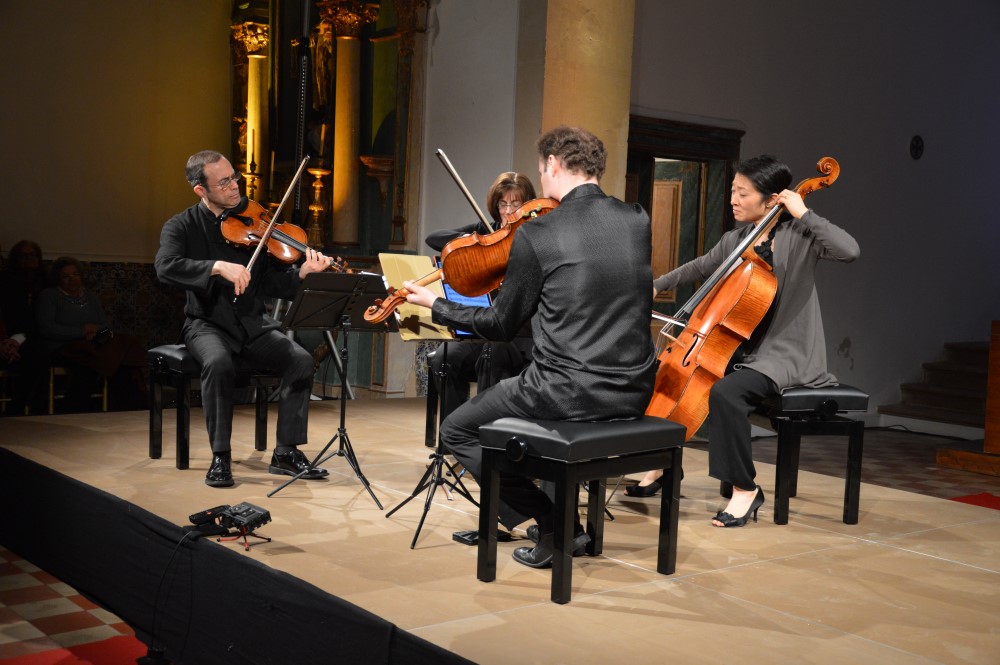
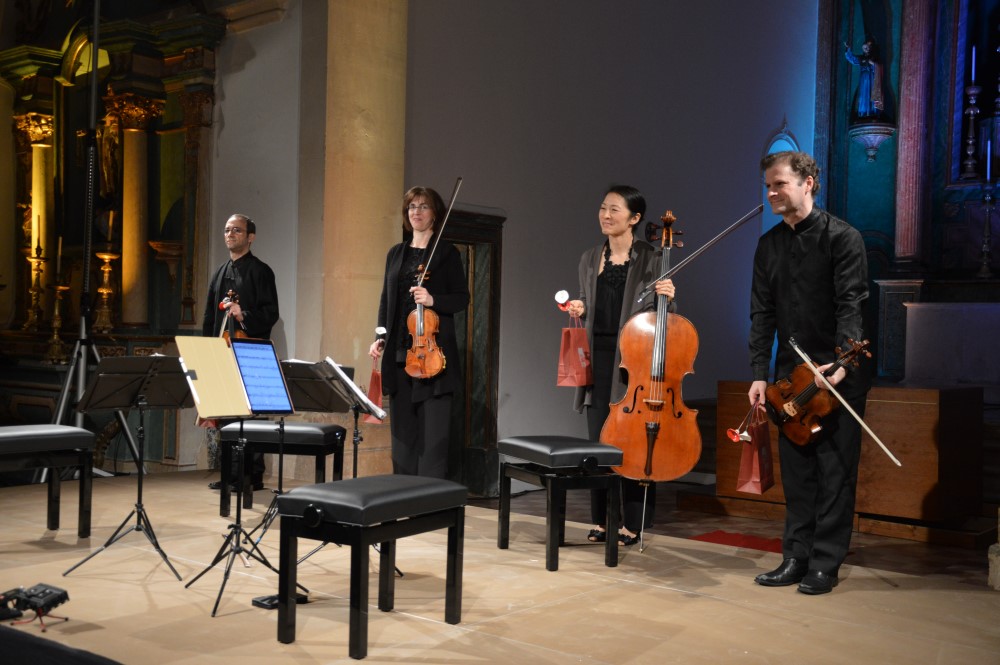
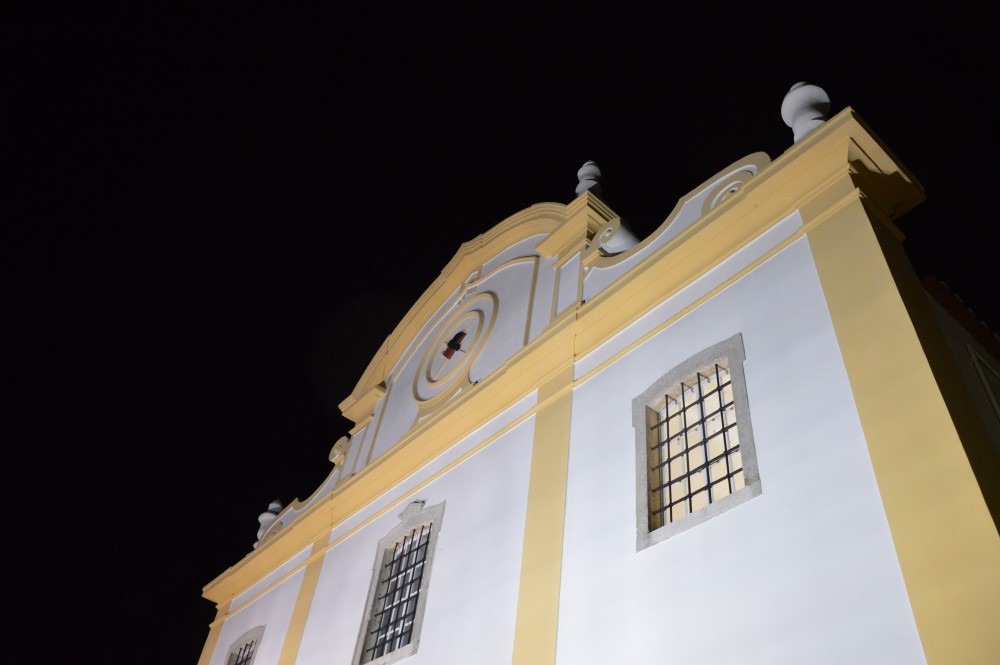
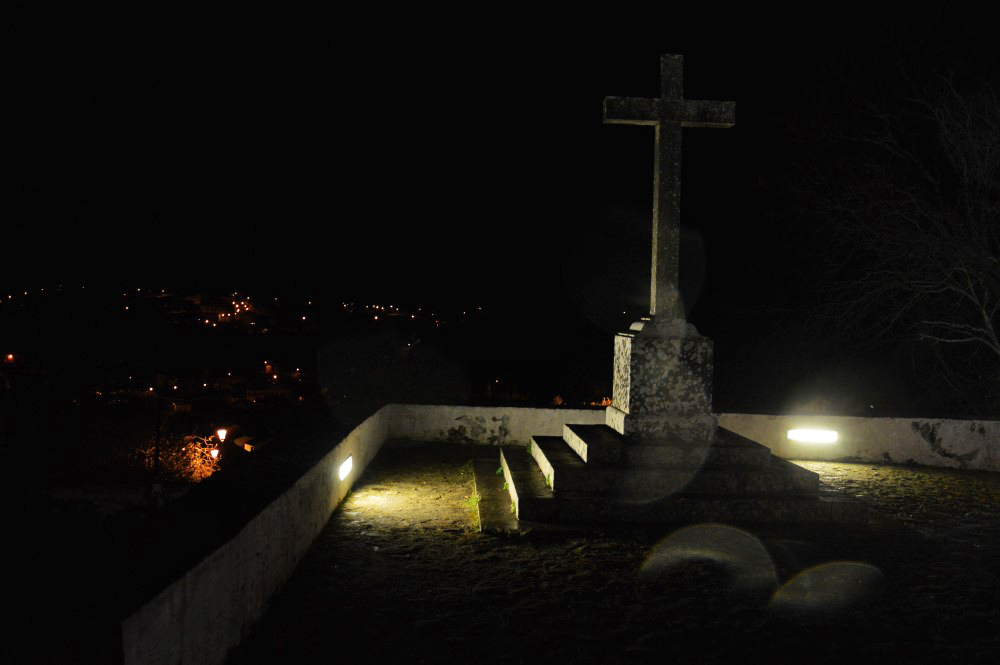
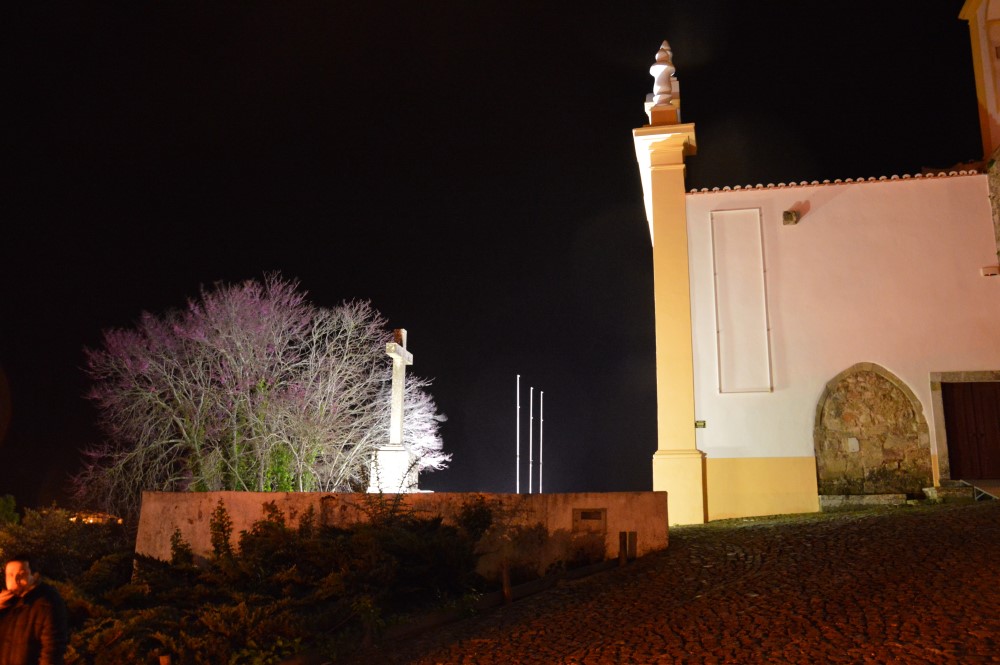
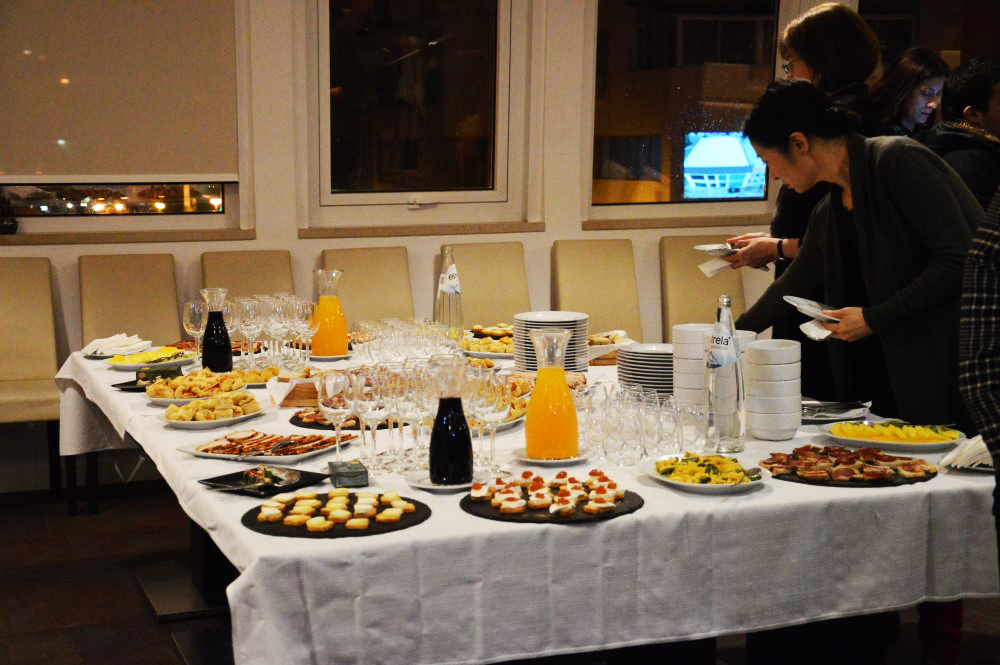
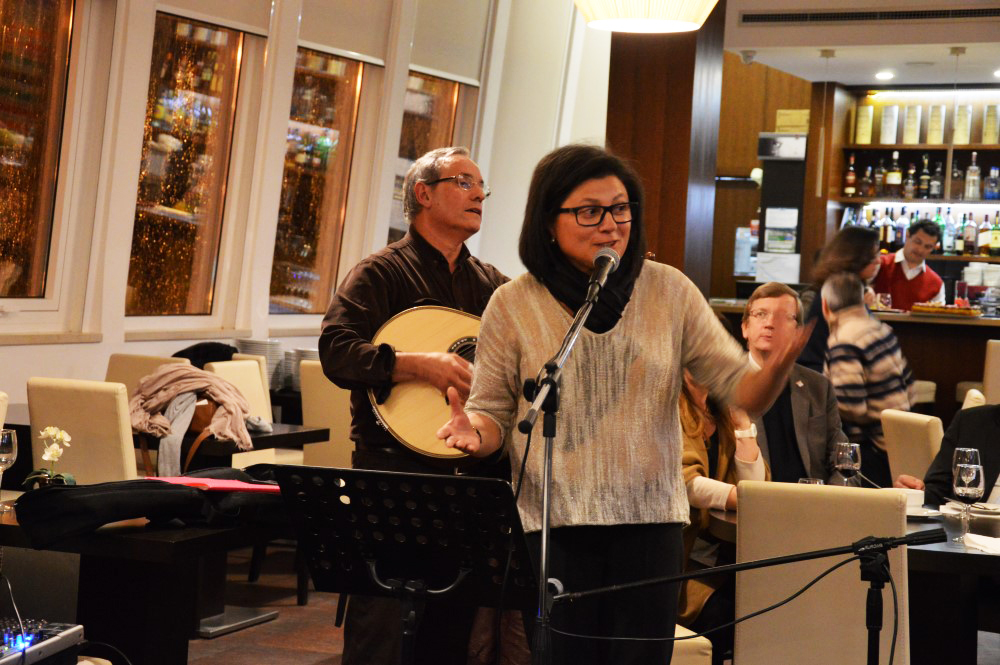
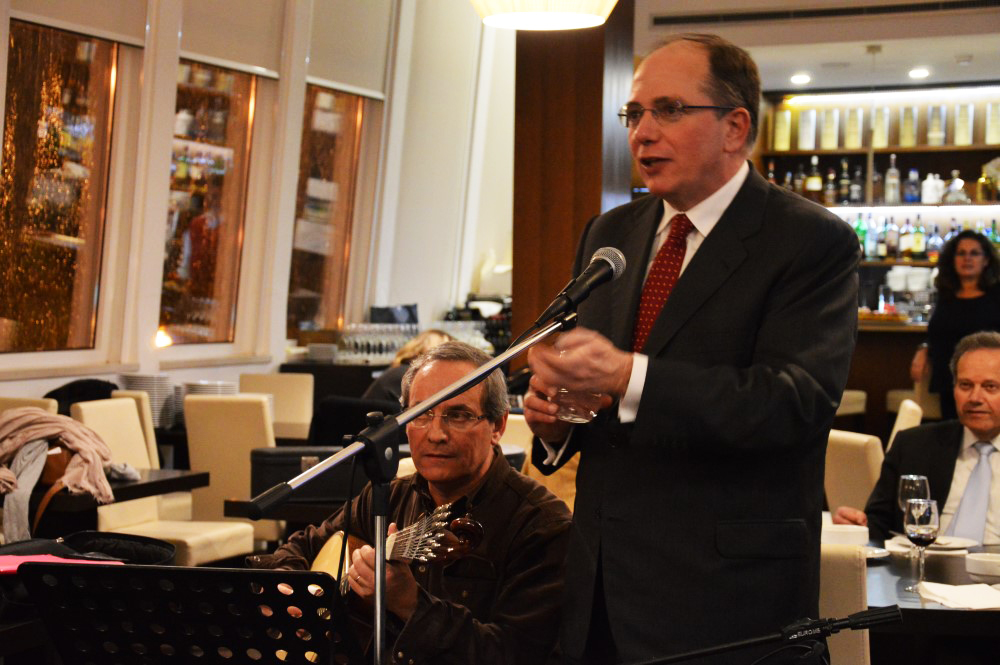
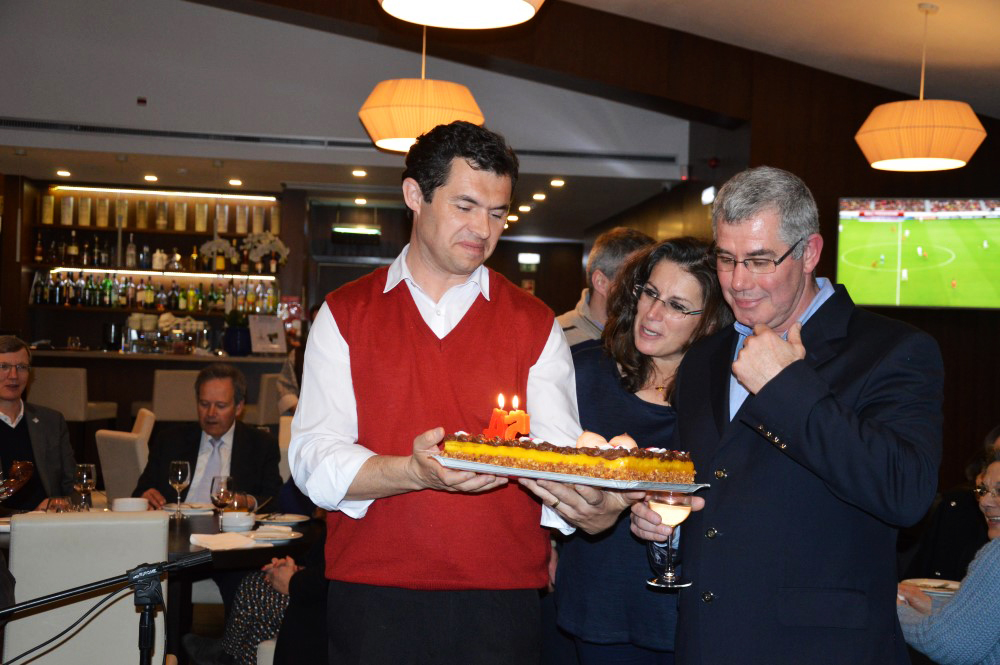
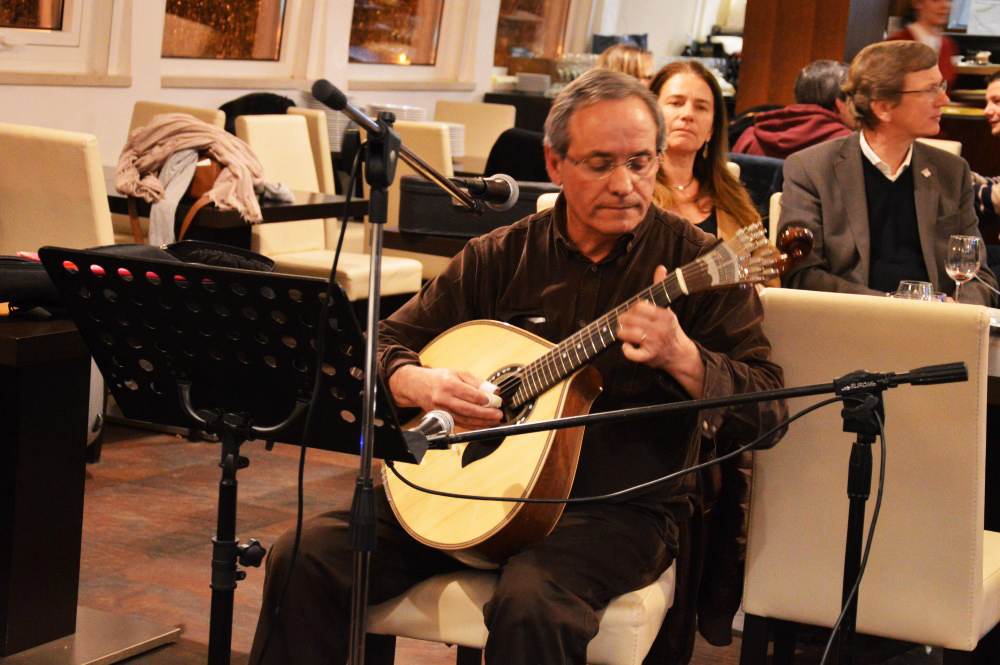
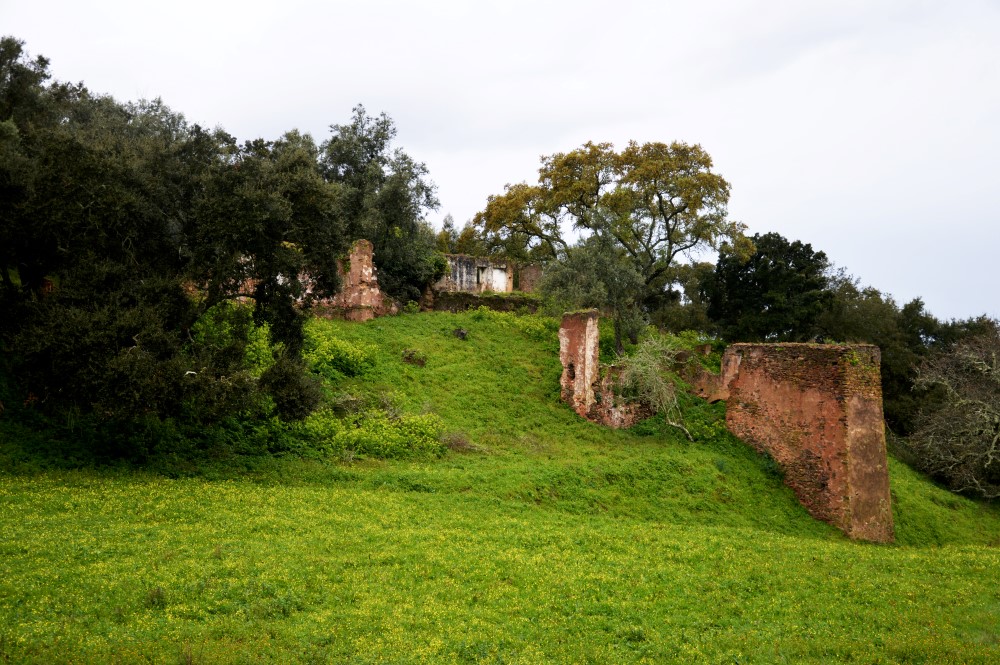
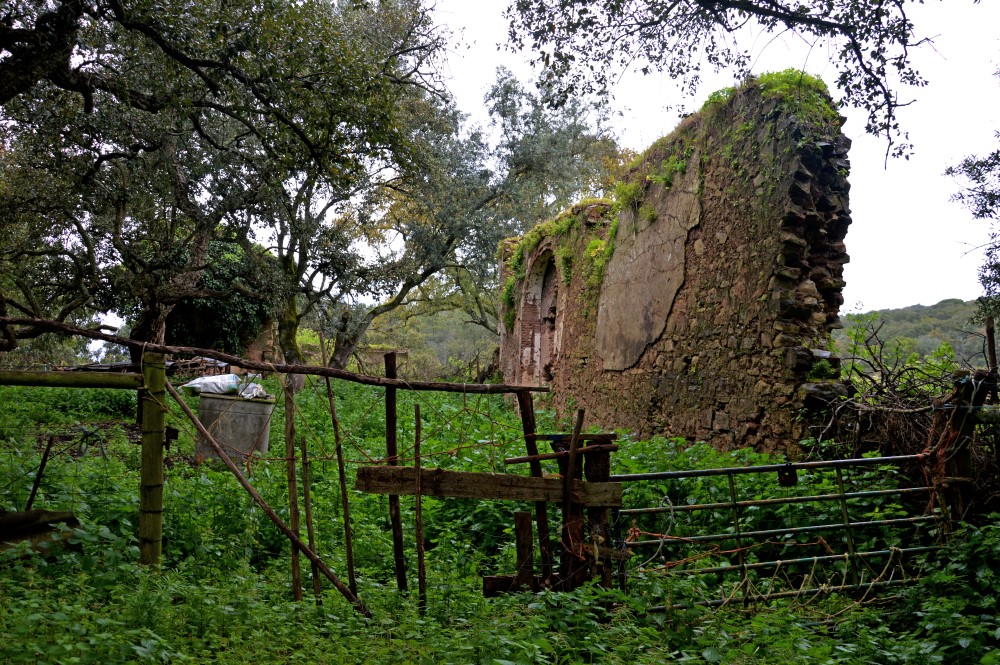
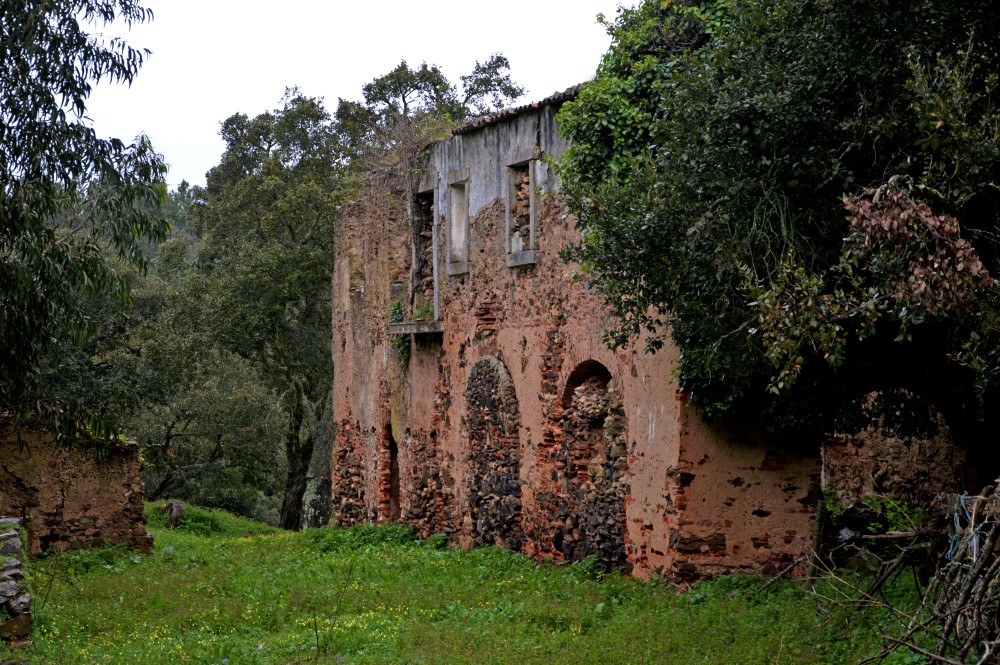
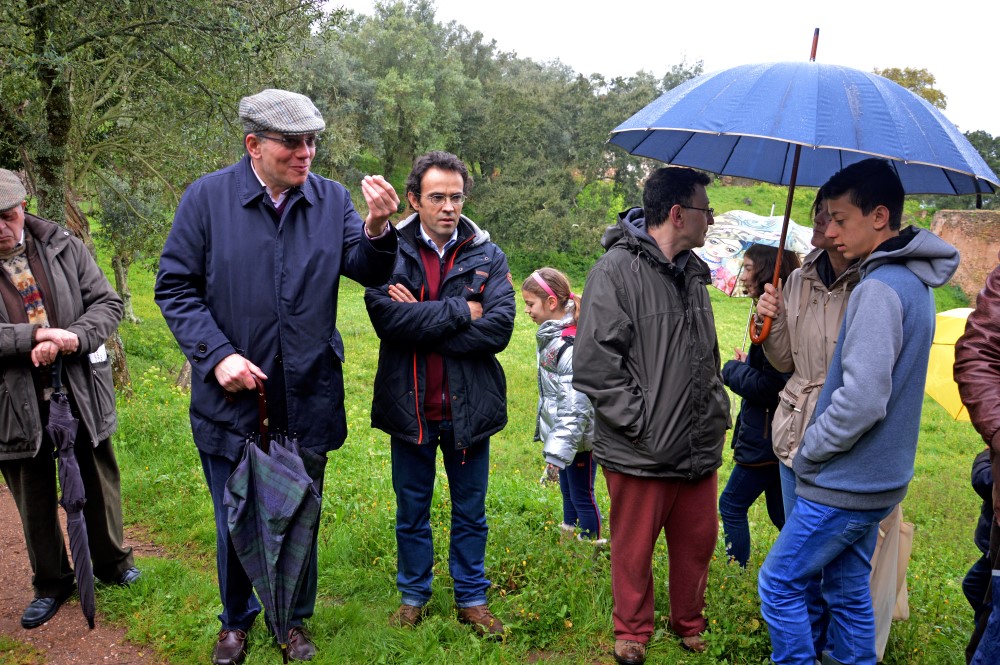
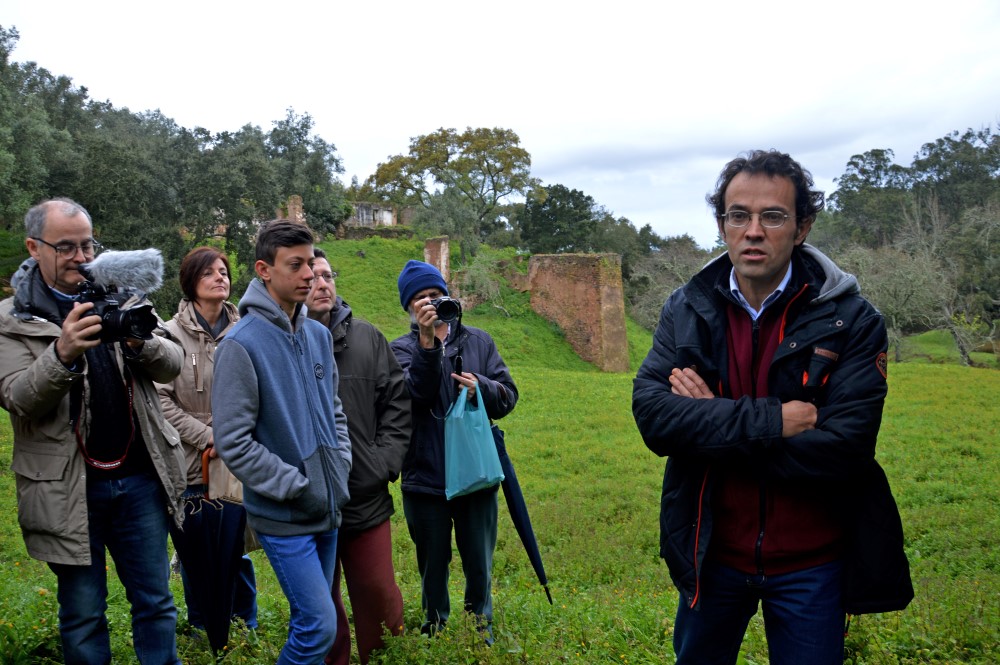
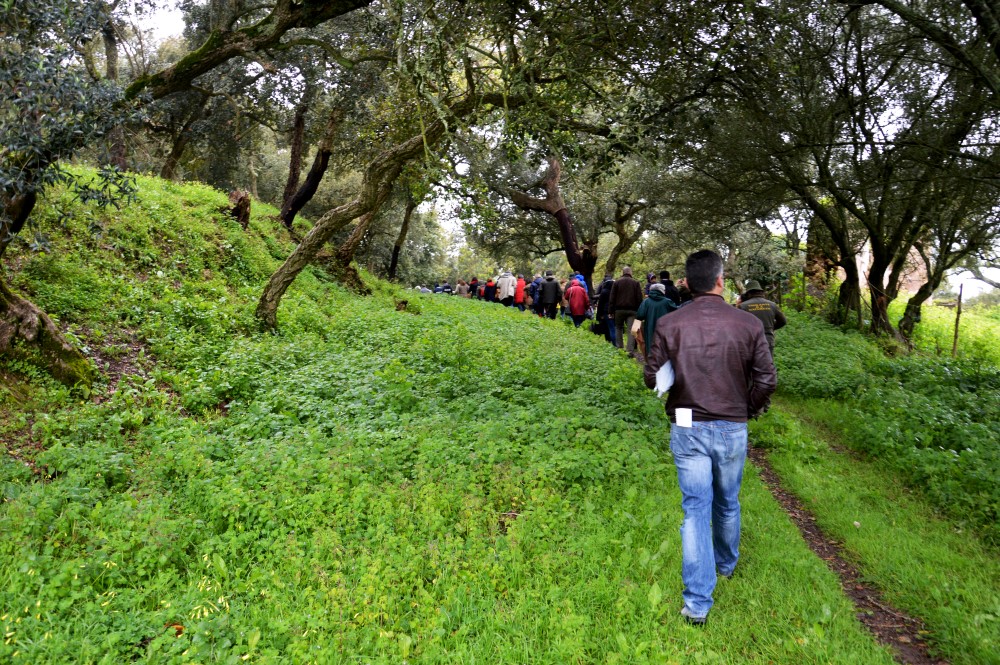
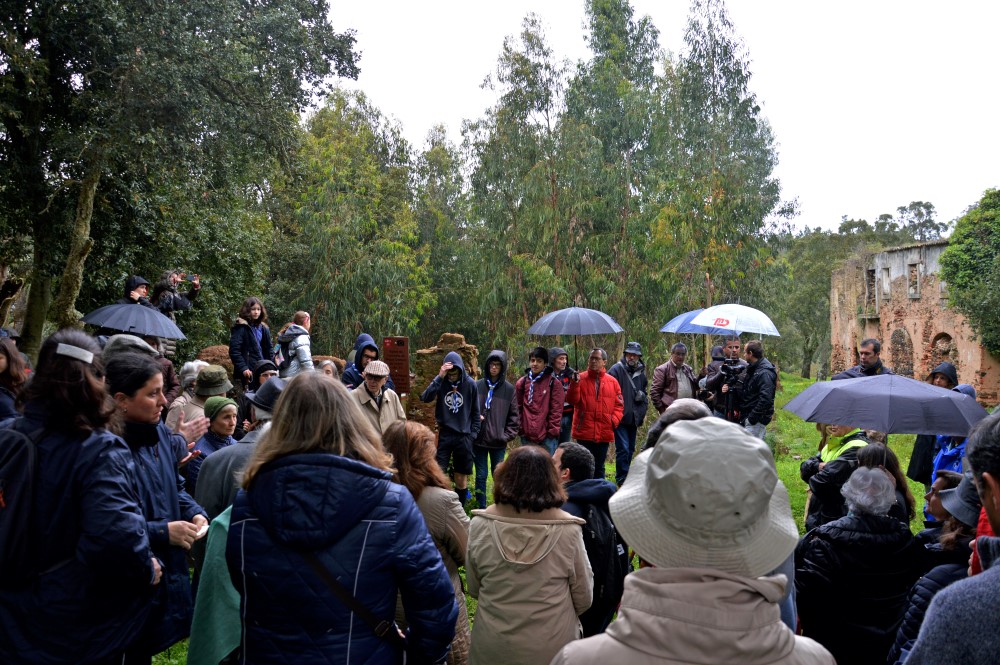
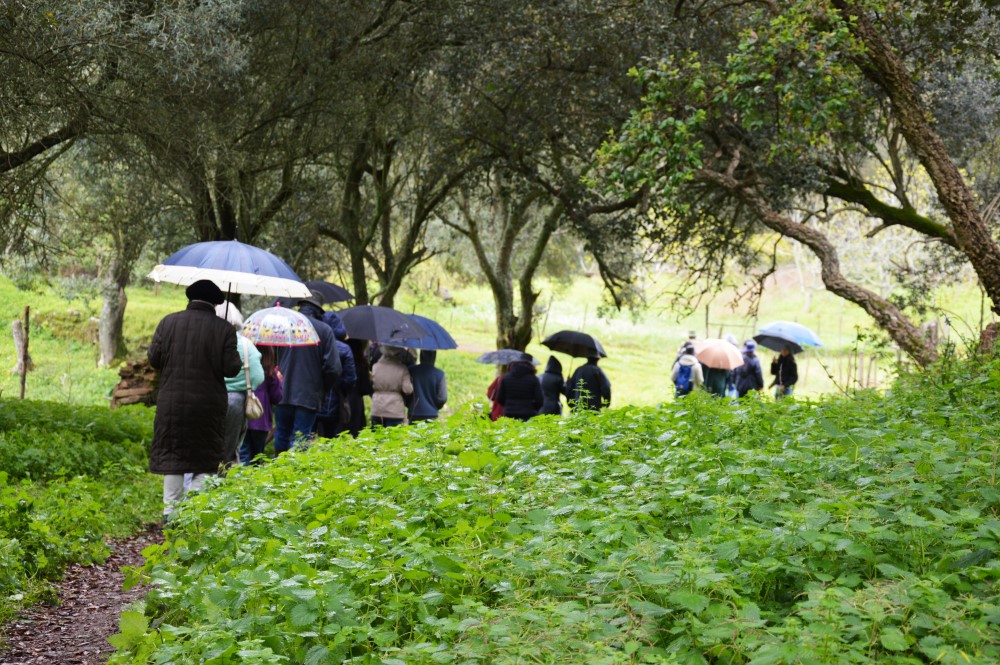
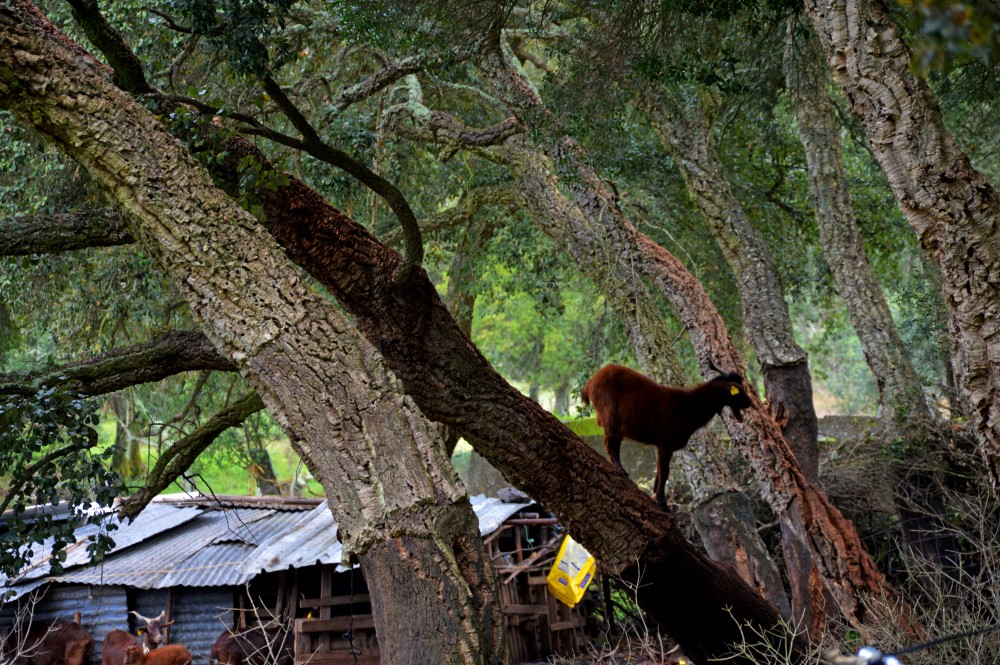
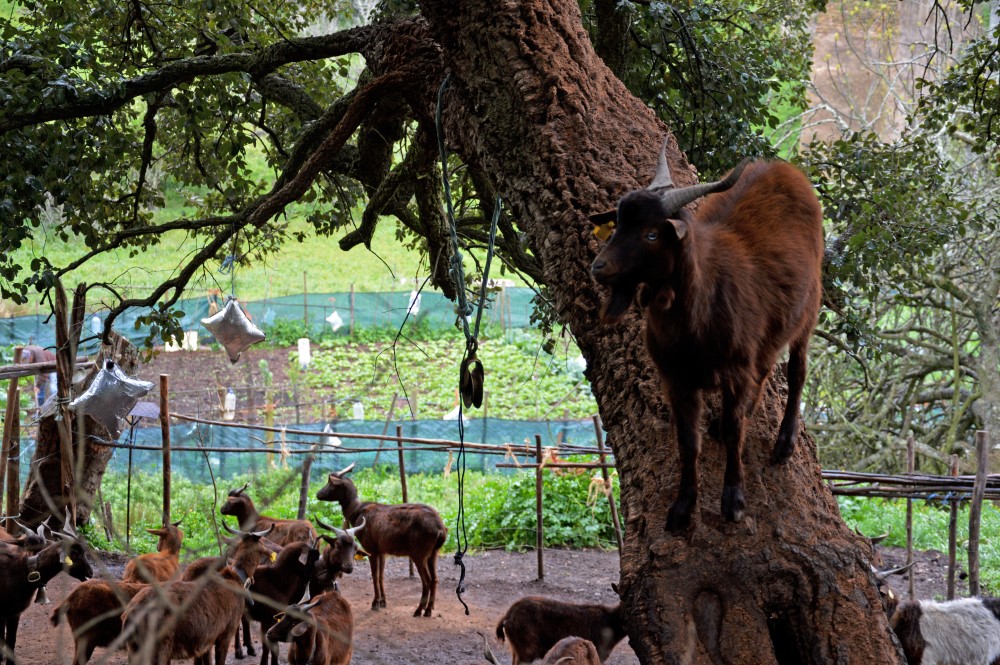
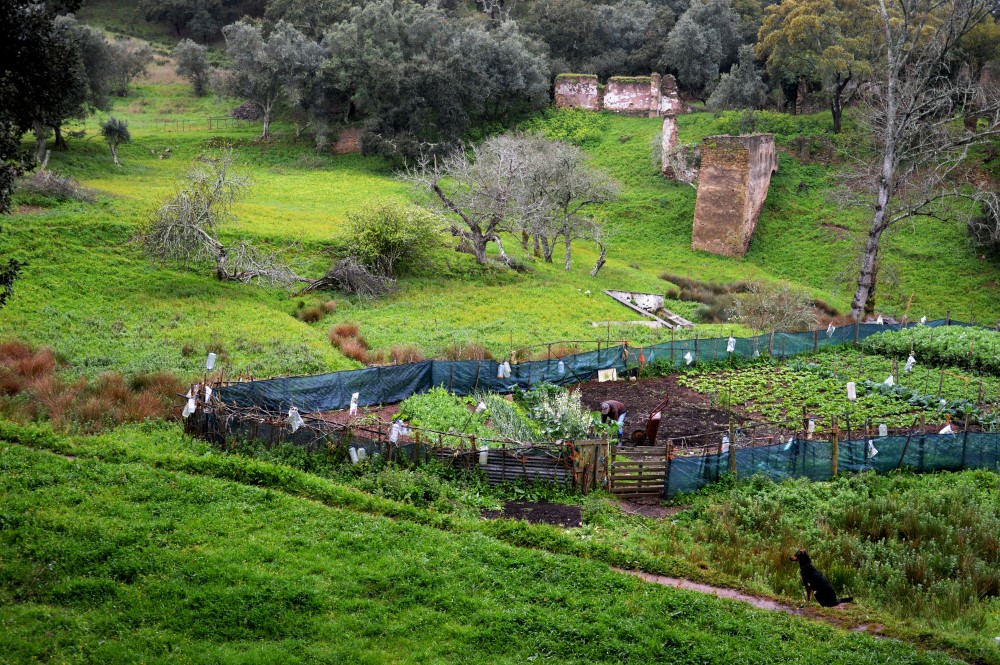
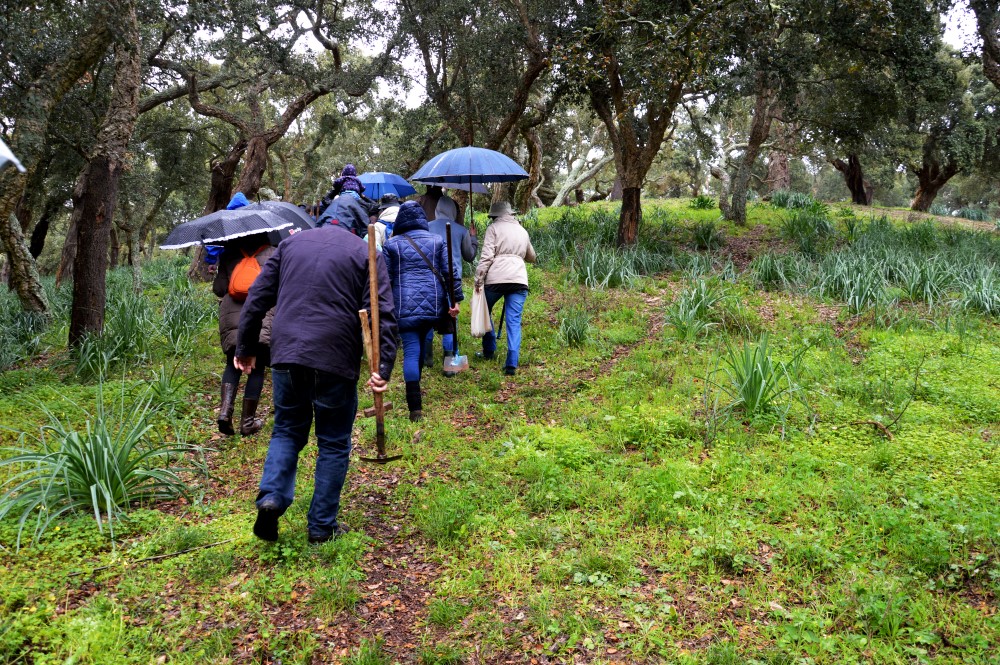
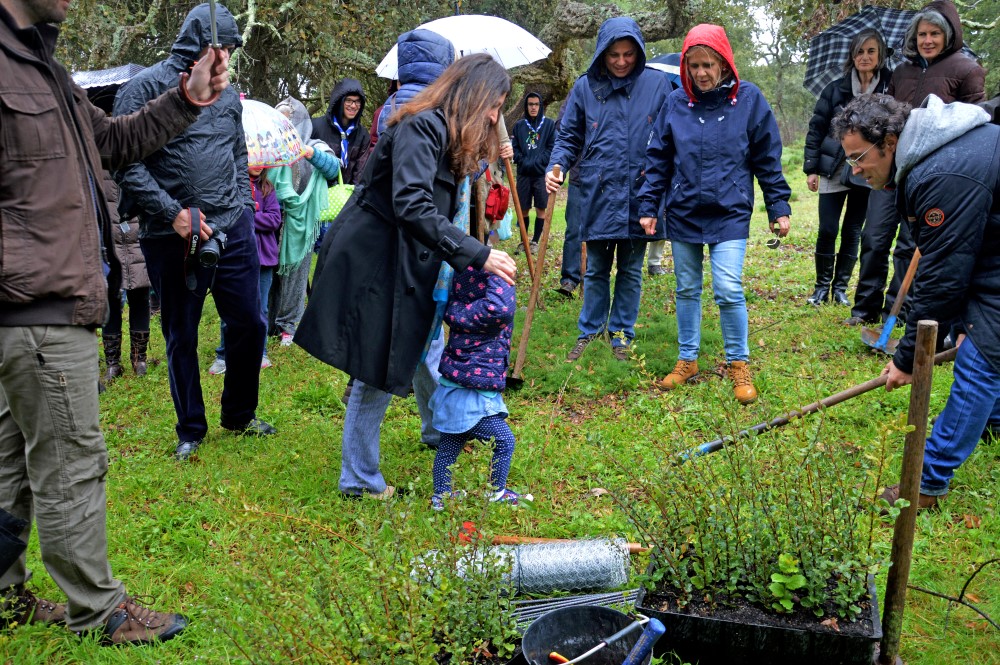
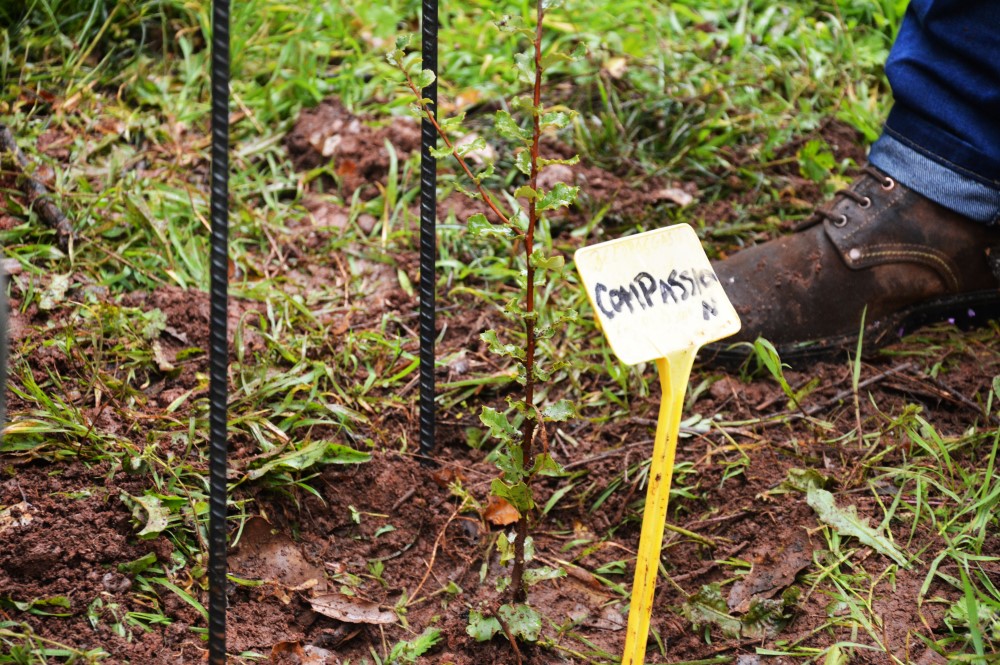
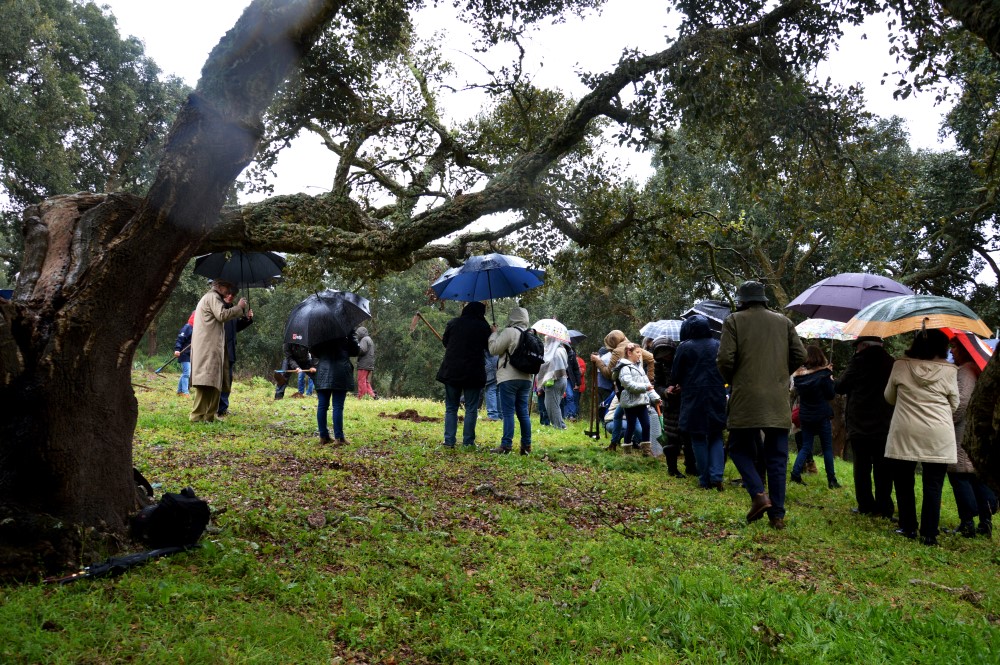
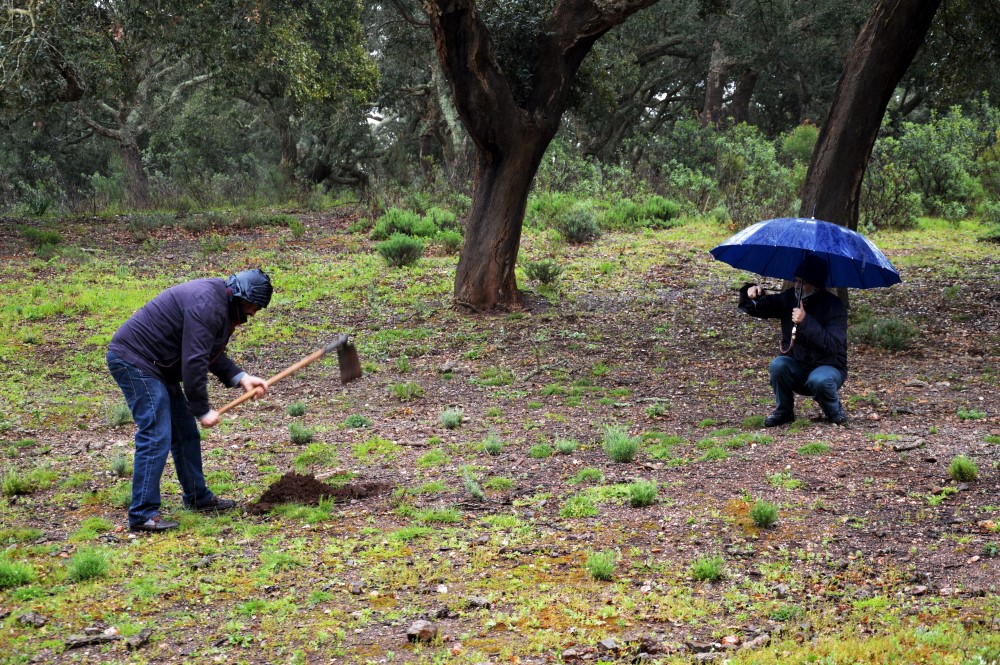
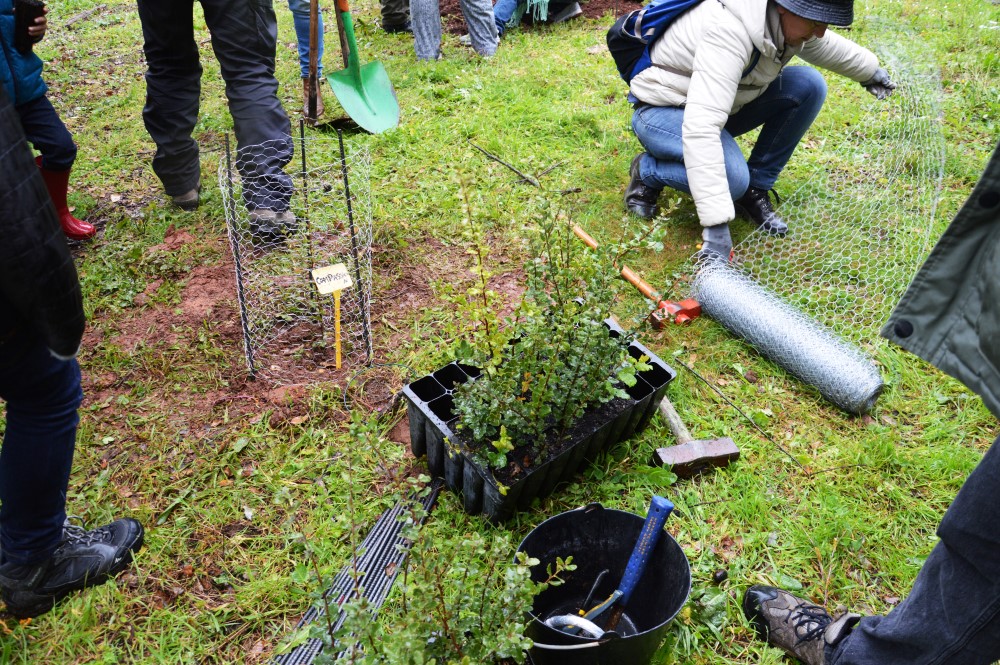
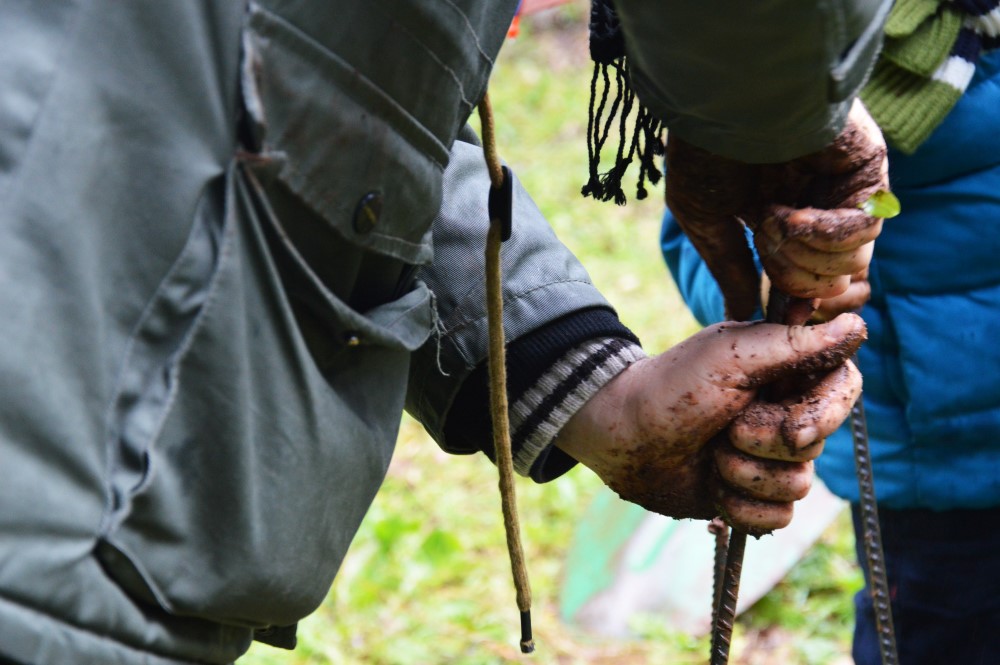
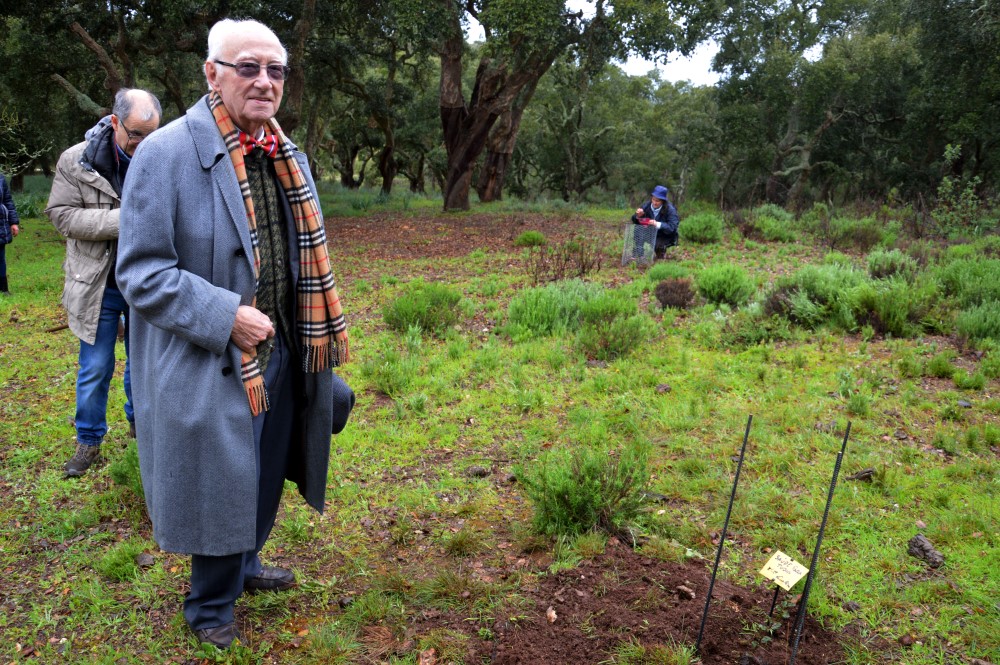
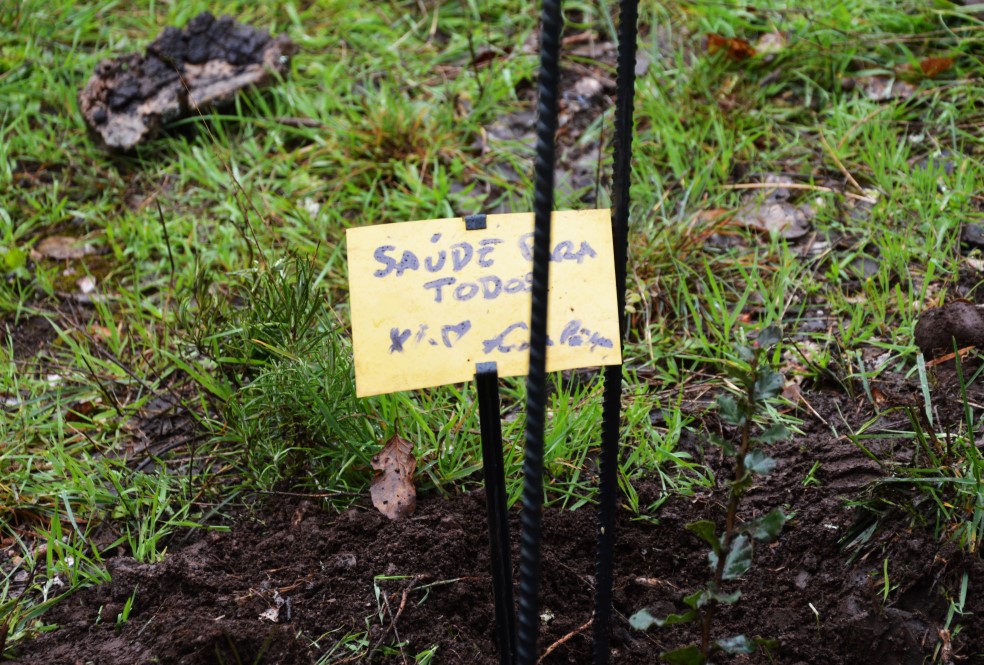
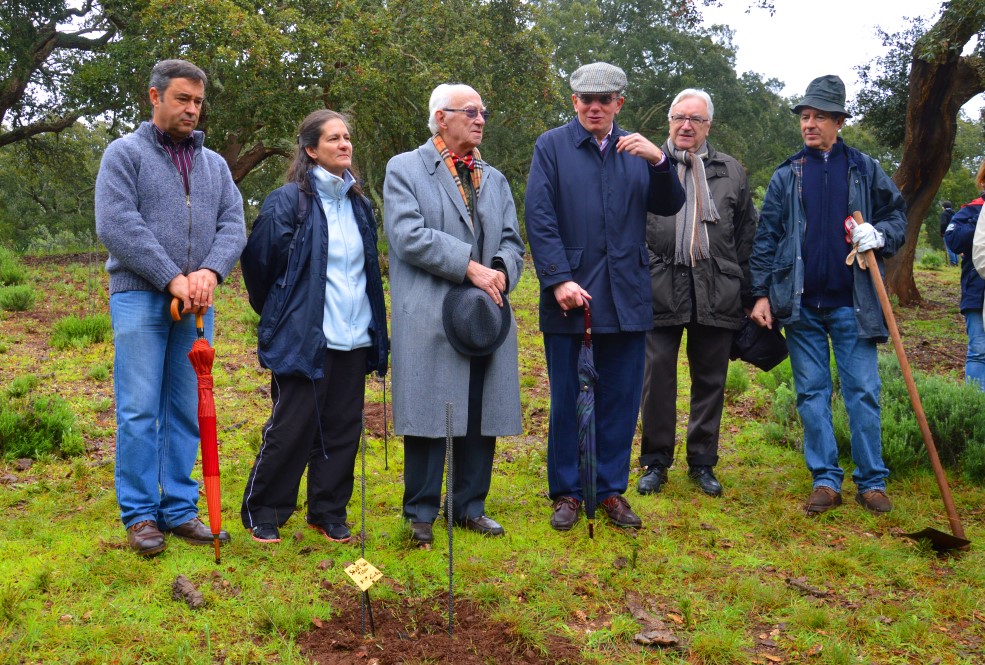
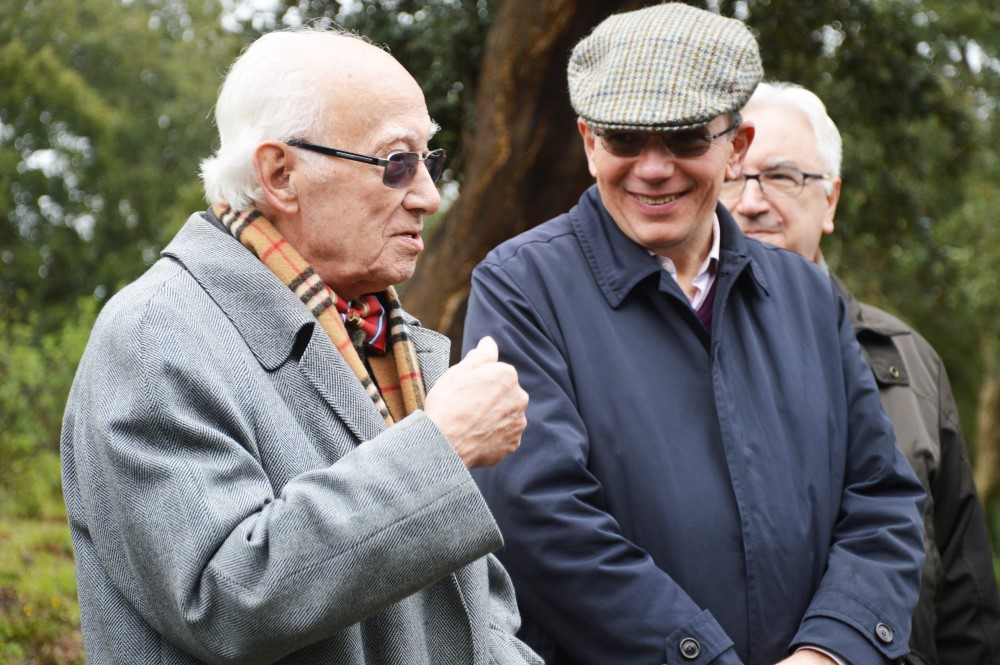
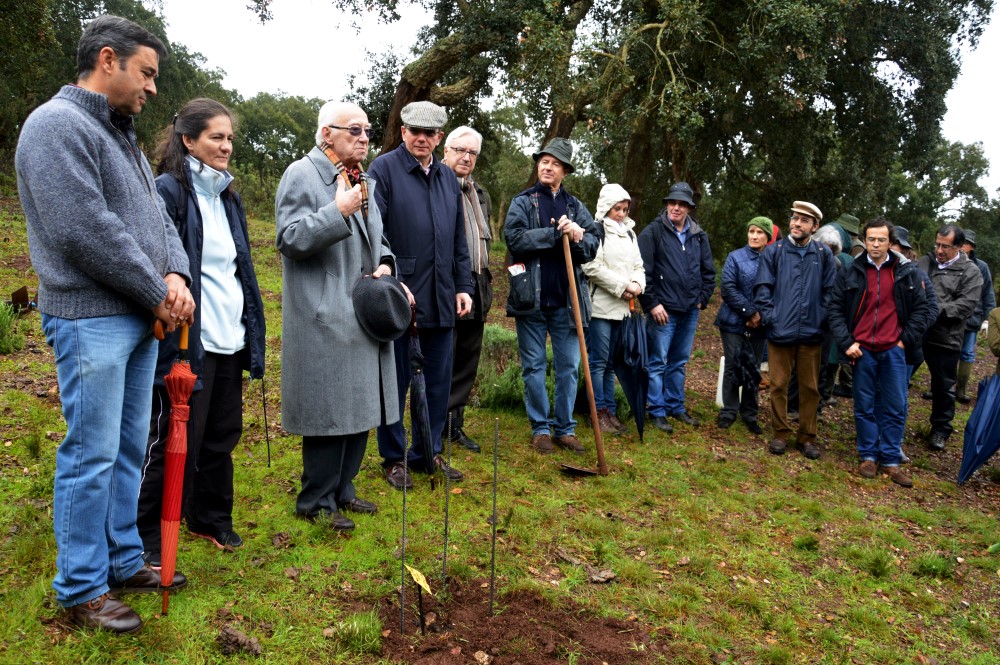
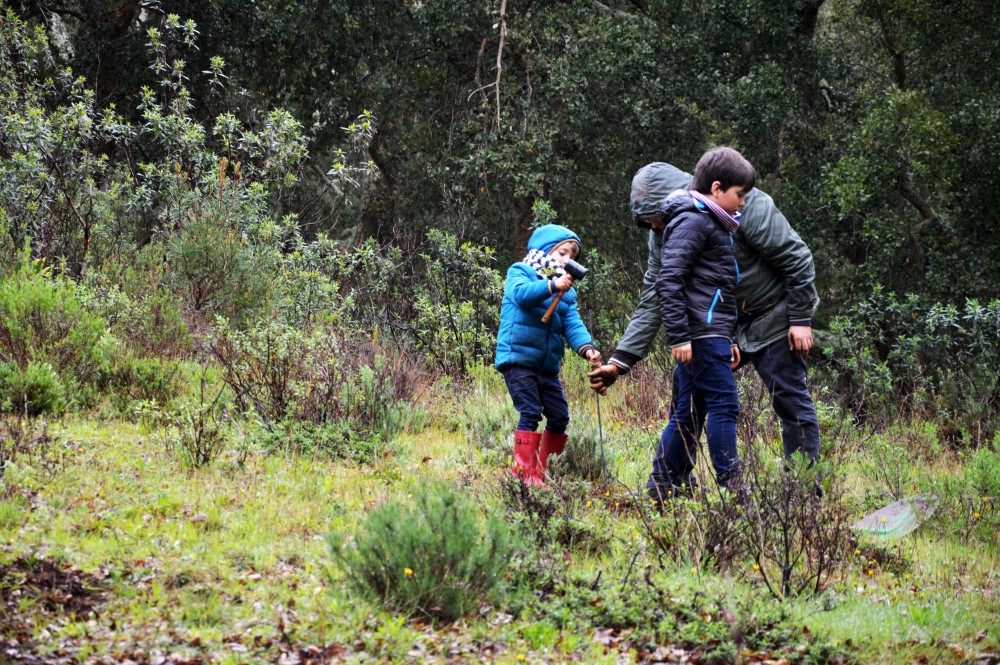
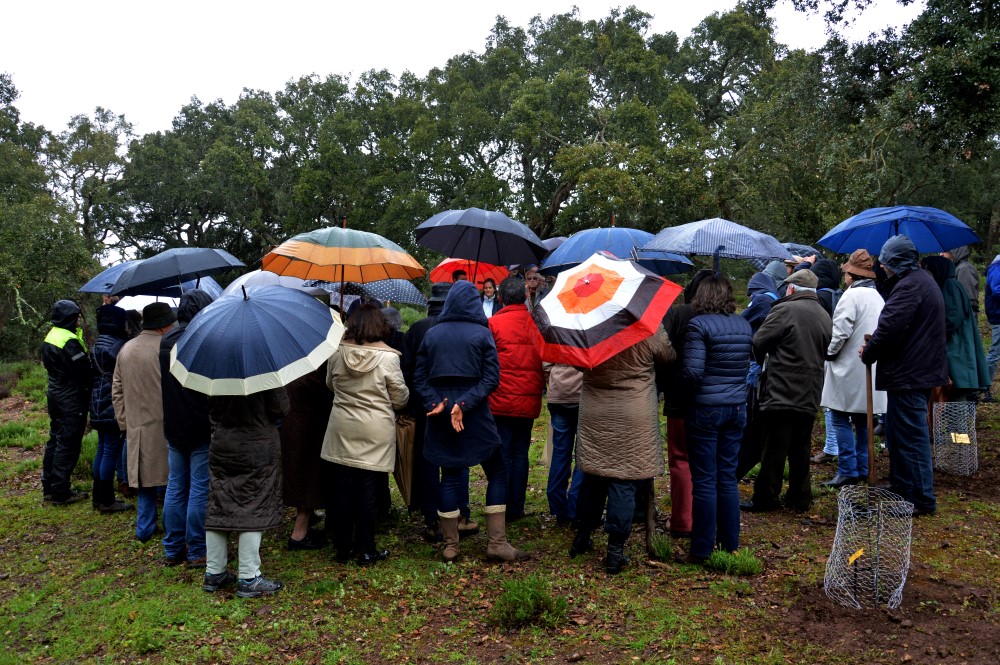
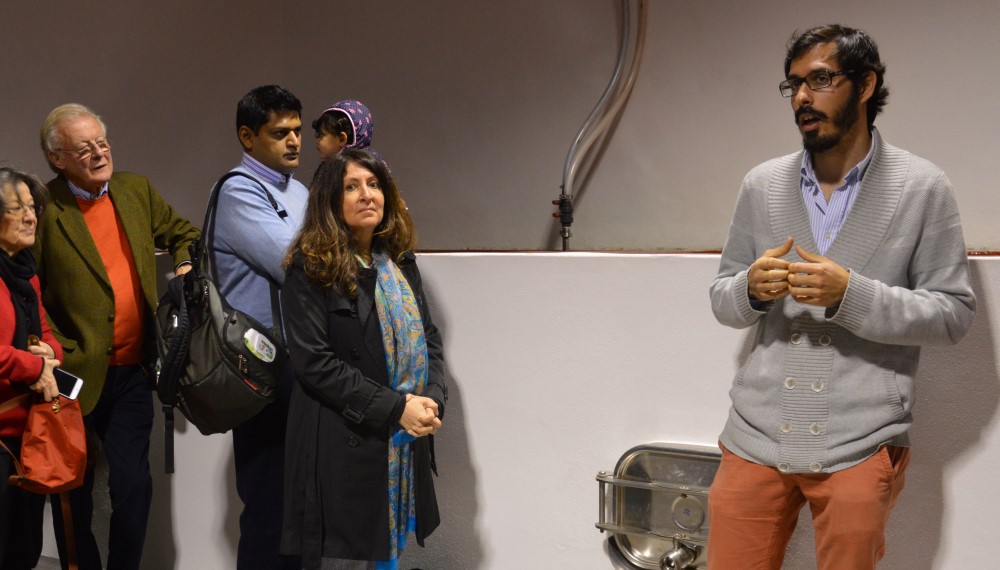
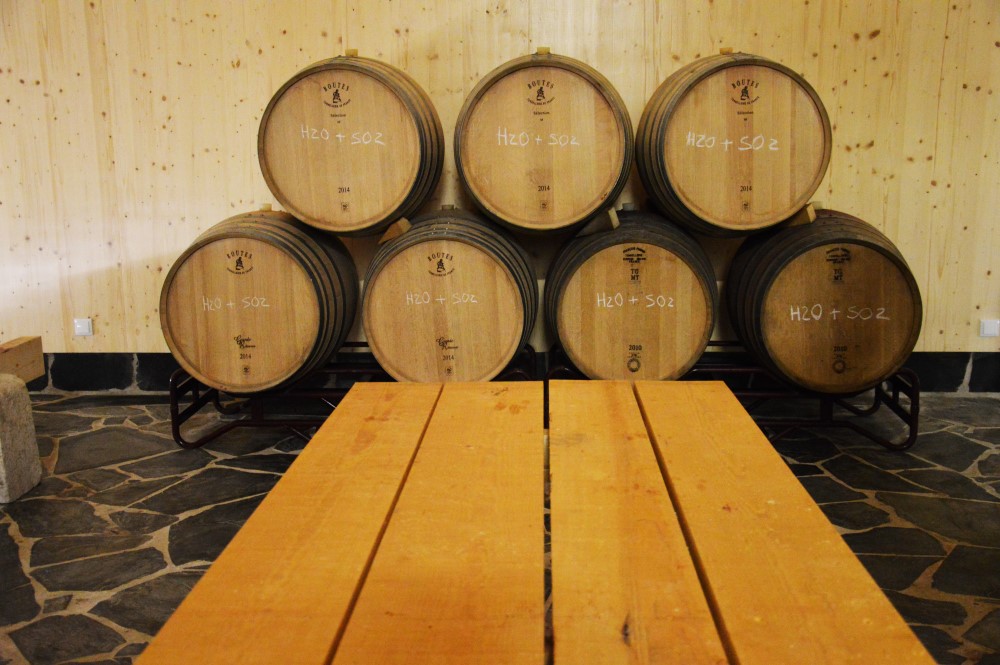
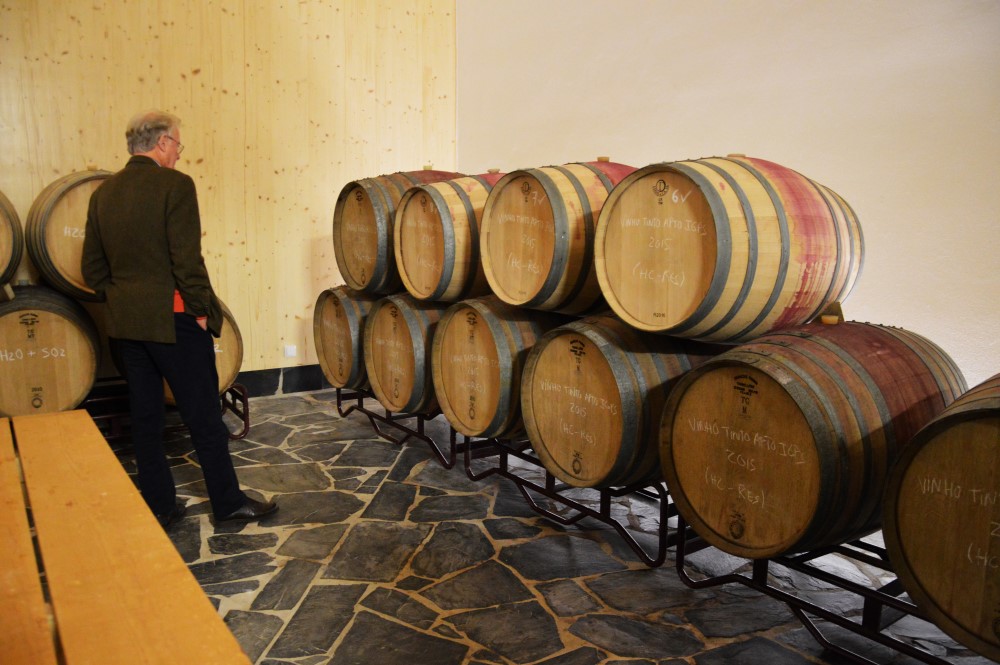
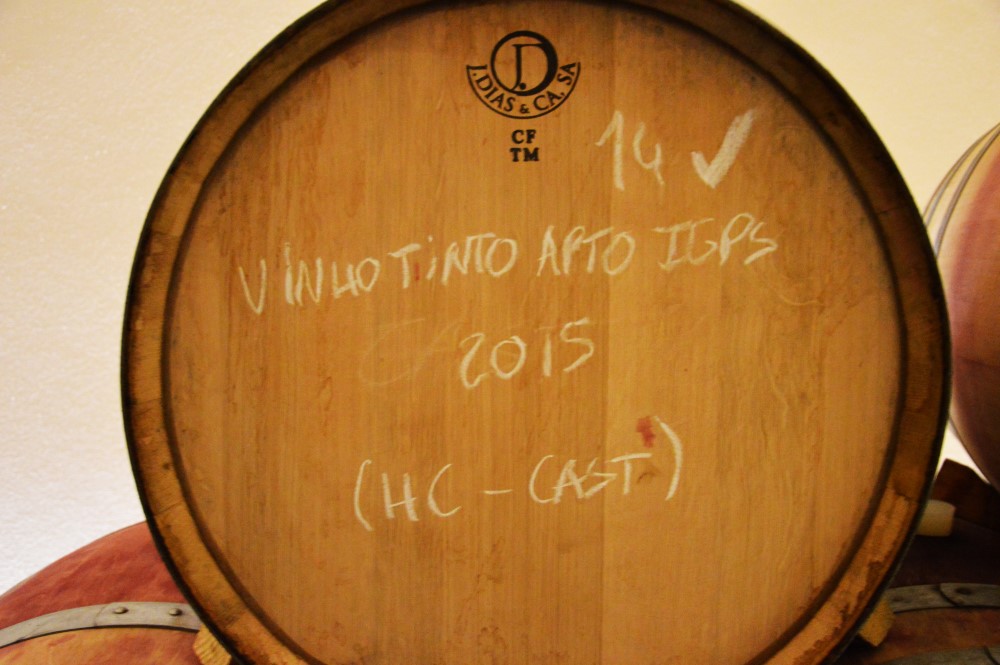
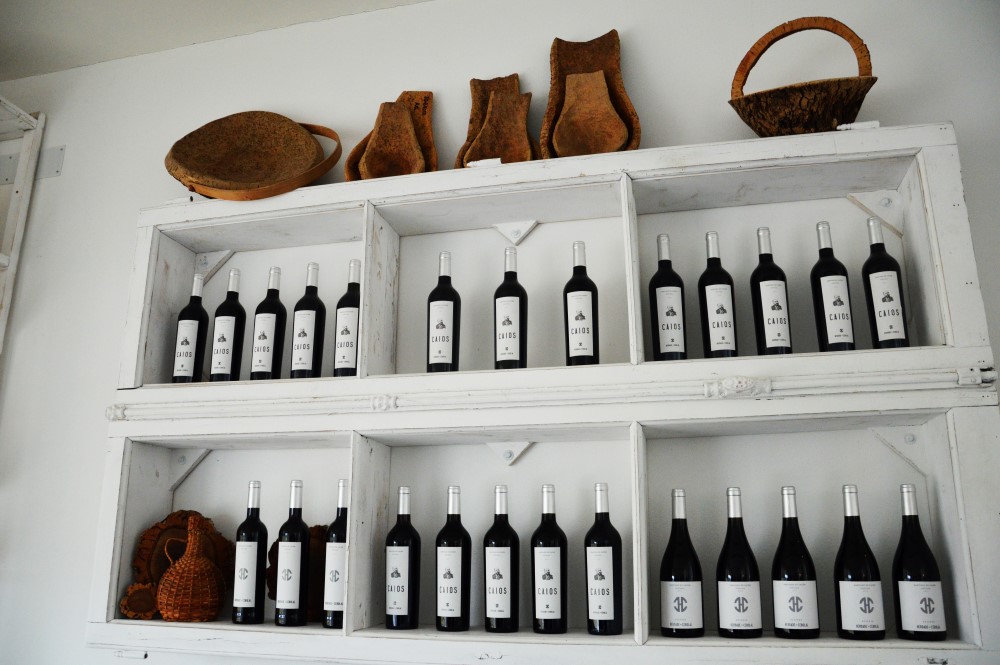
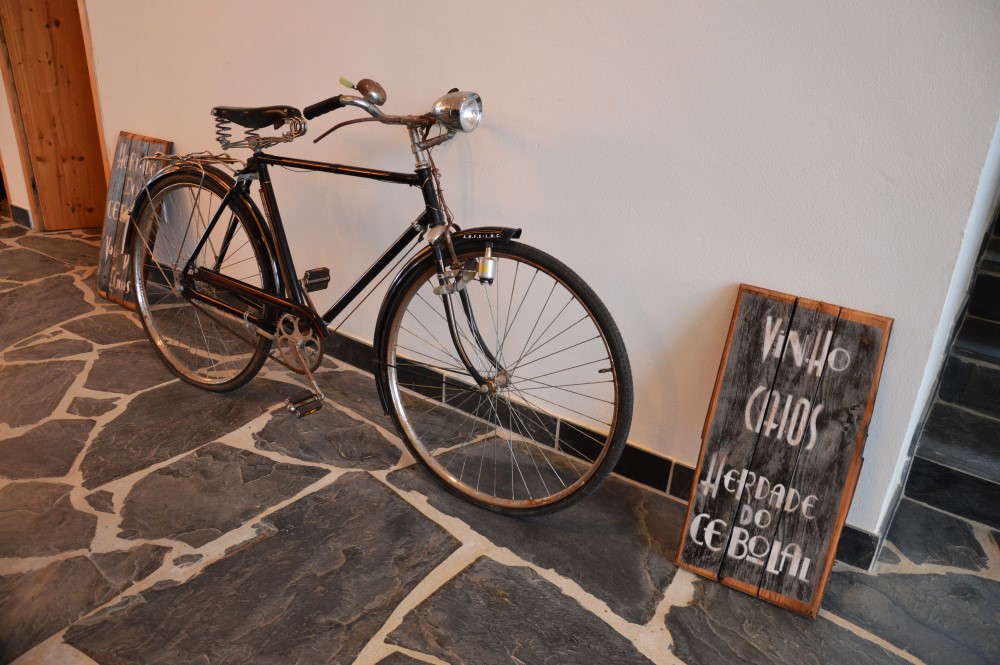
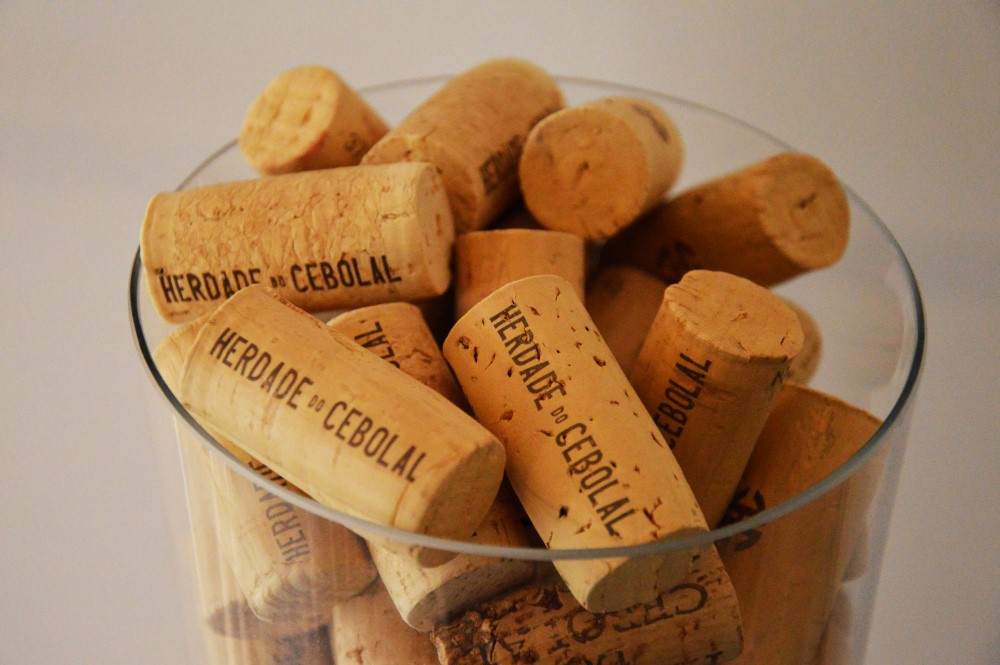
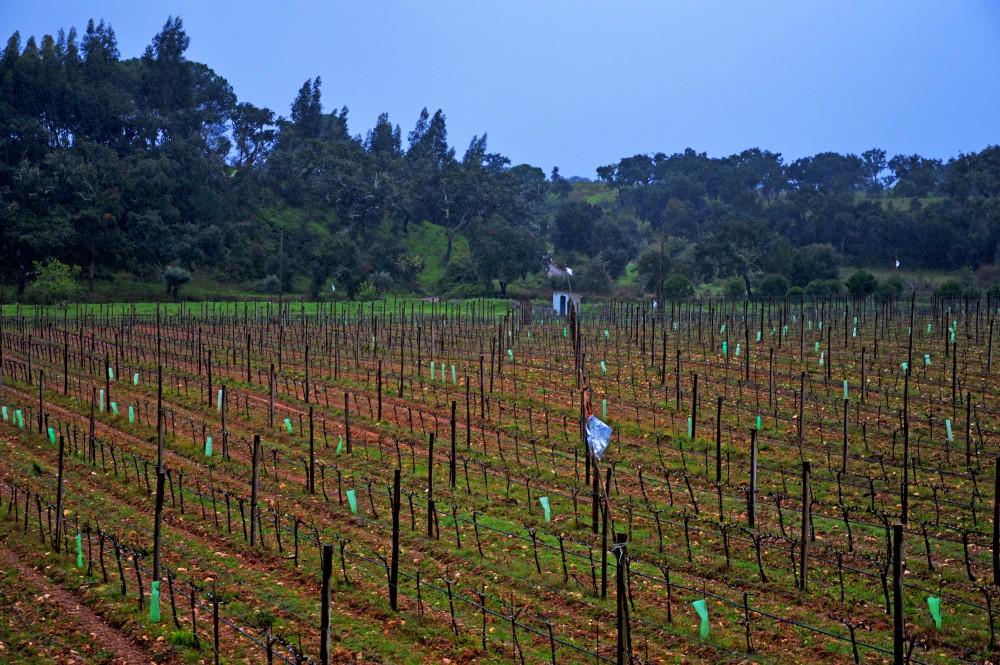
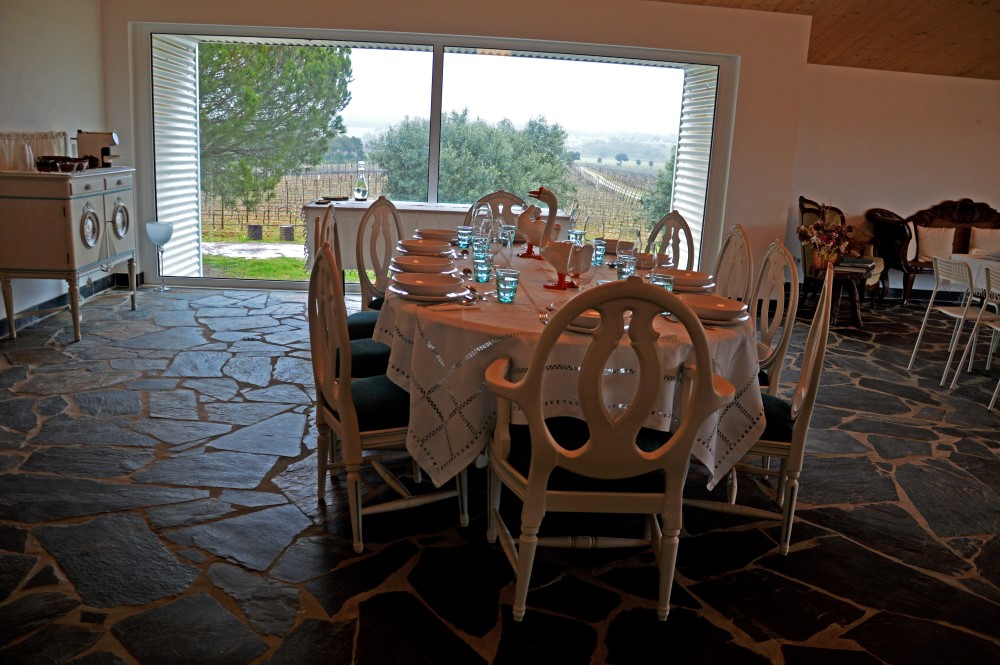
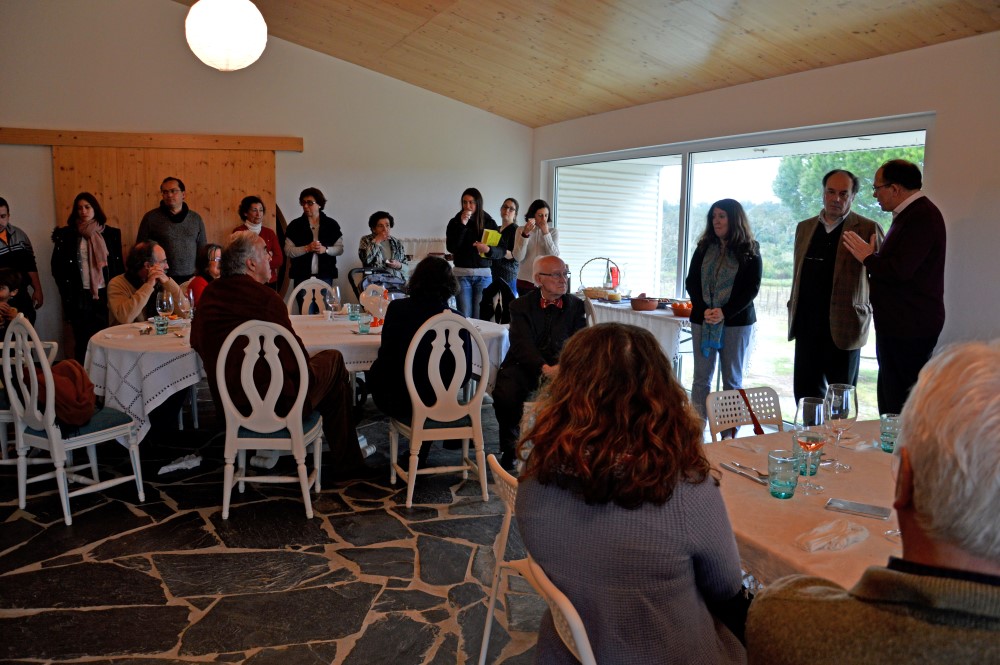
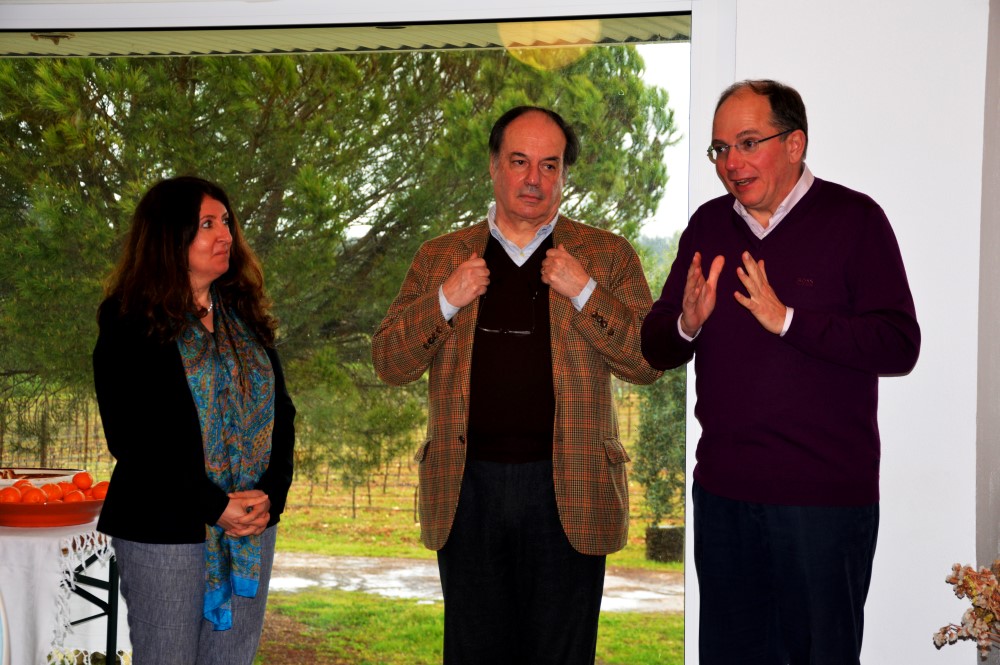
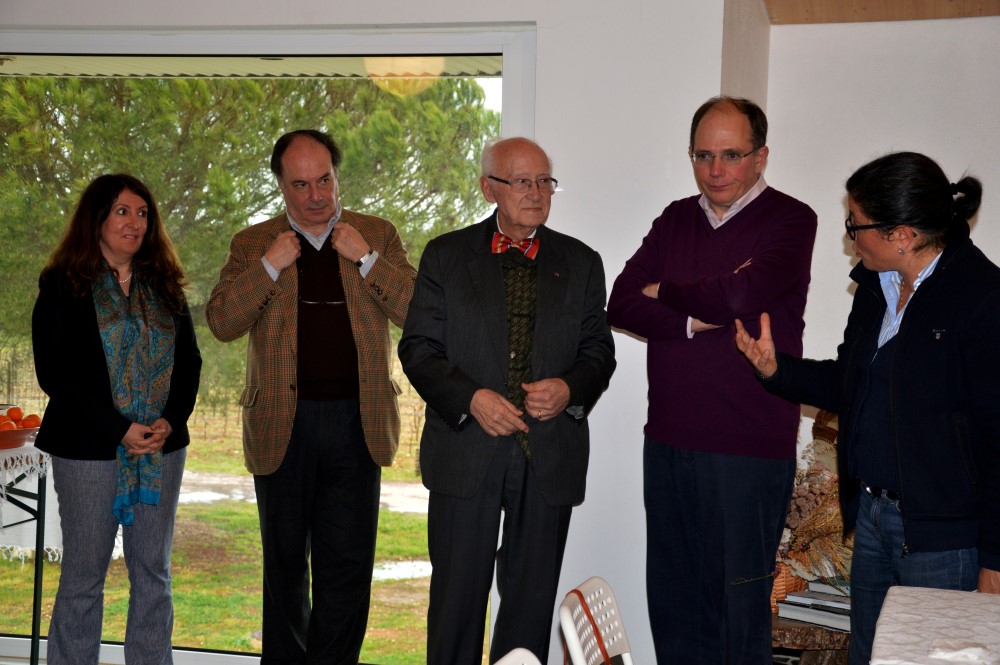

















Comments